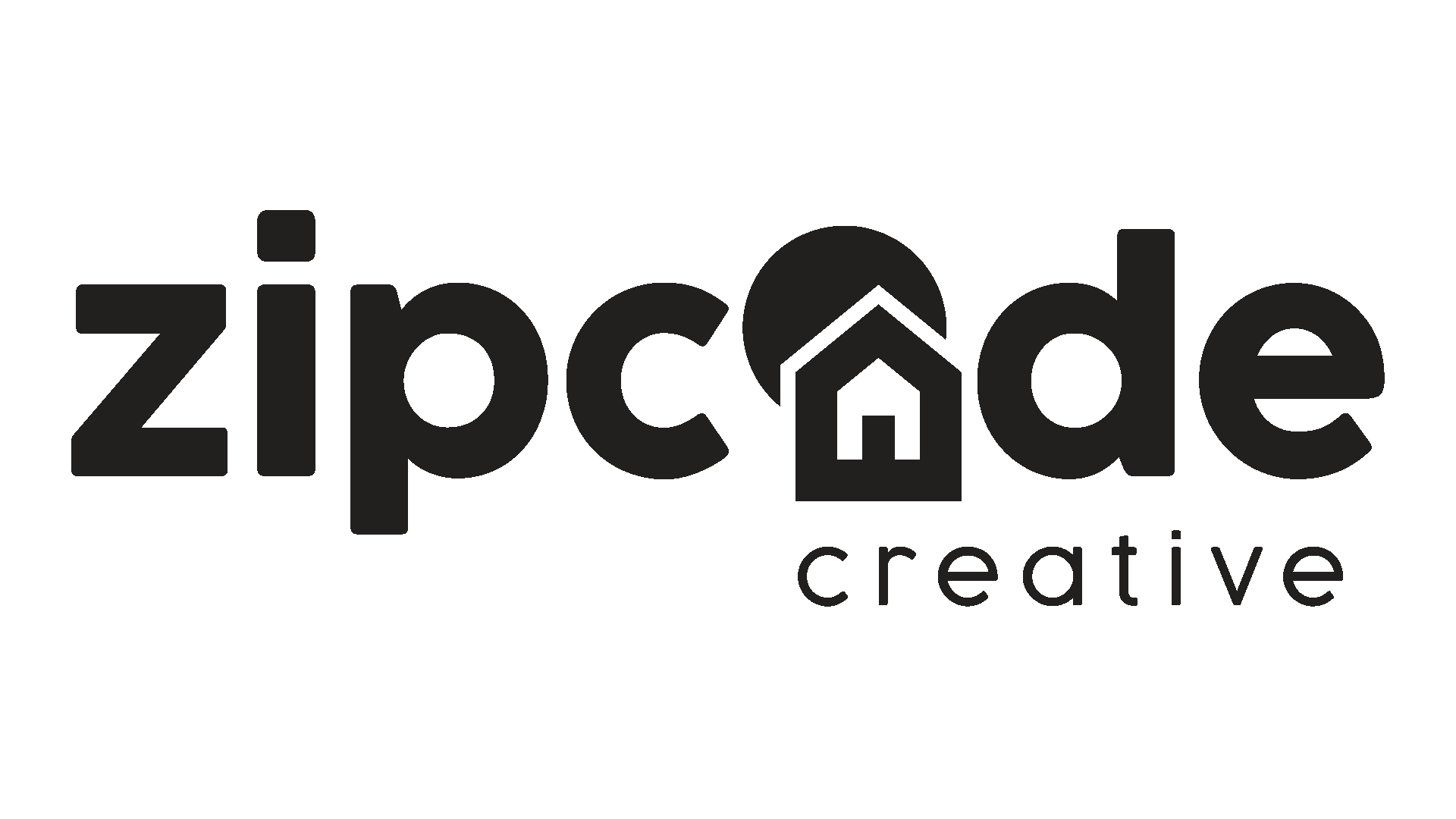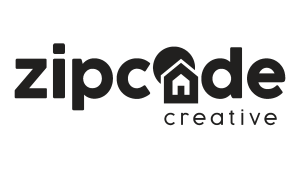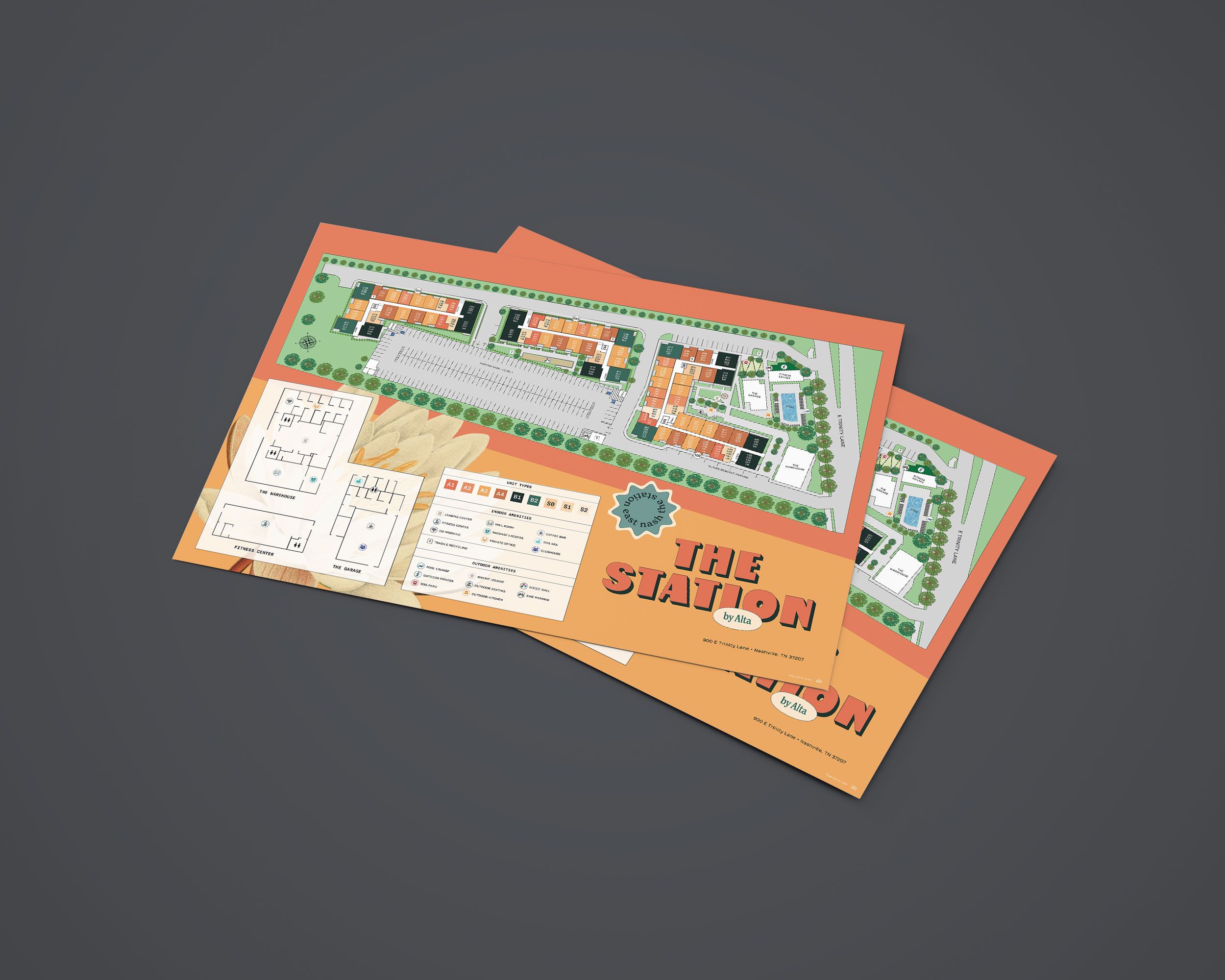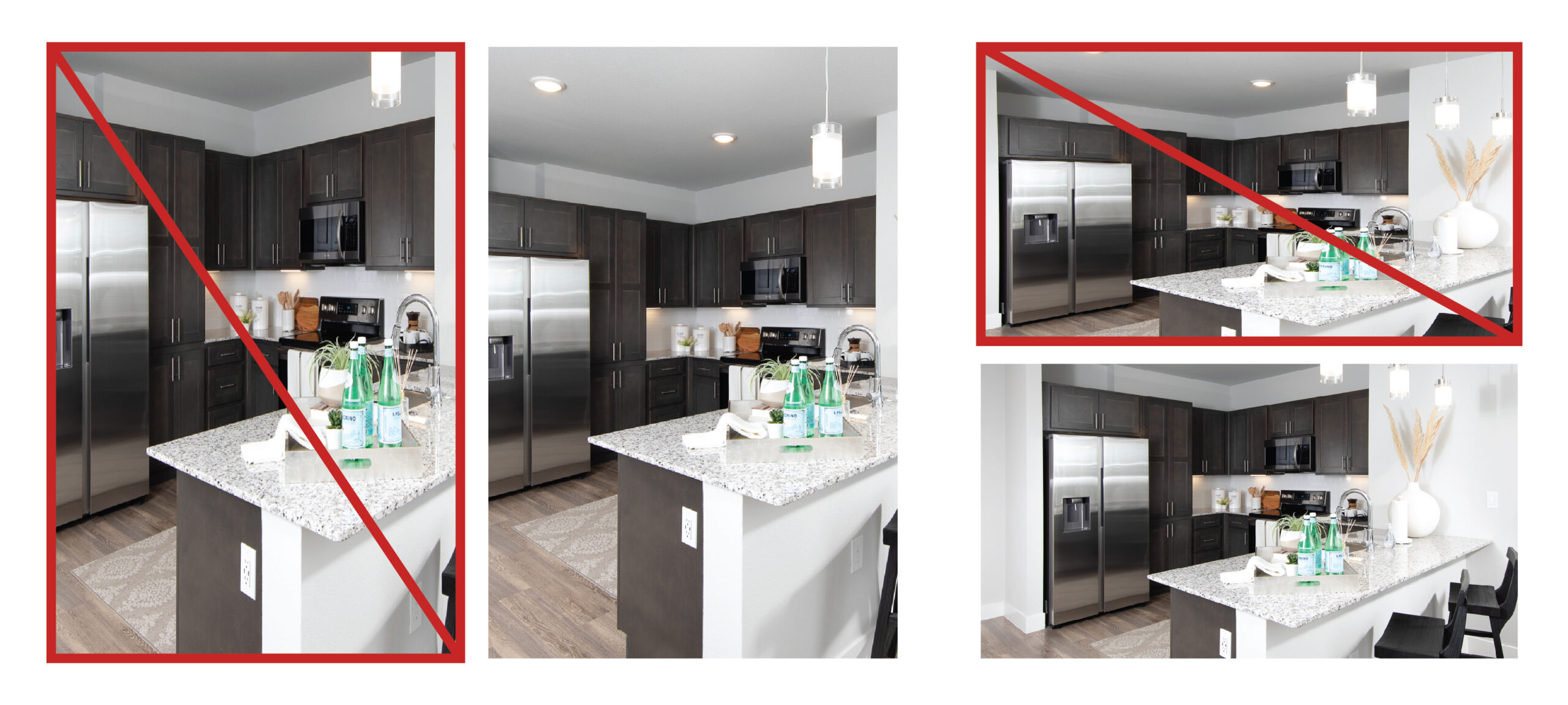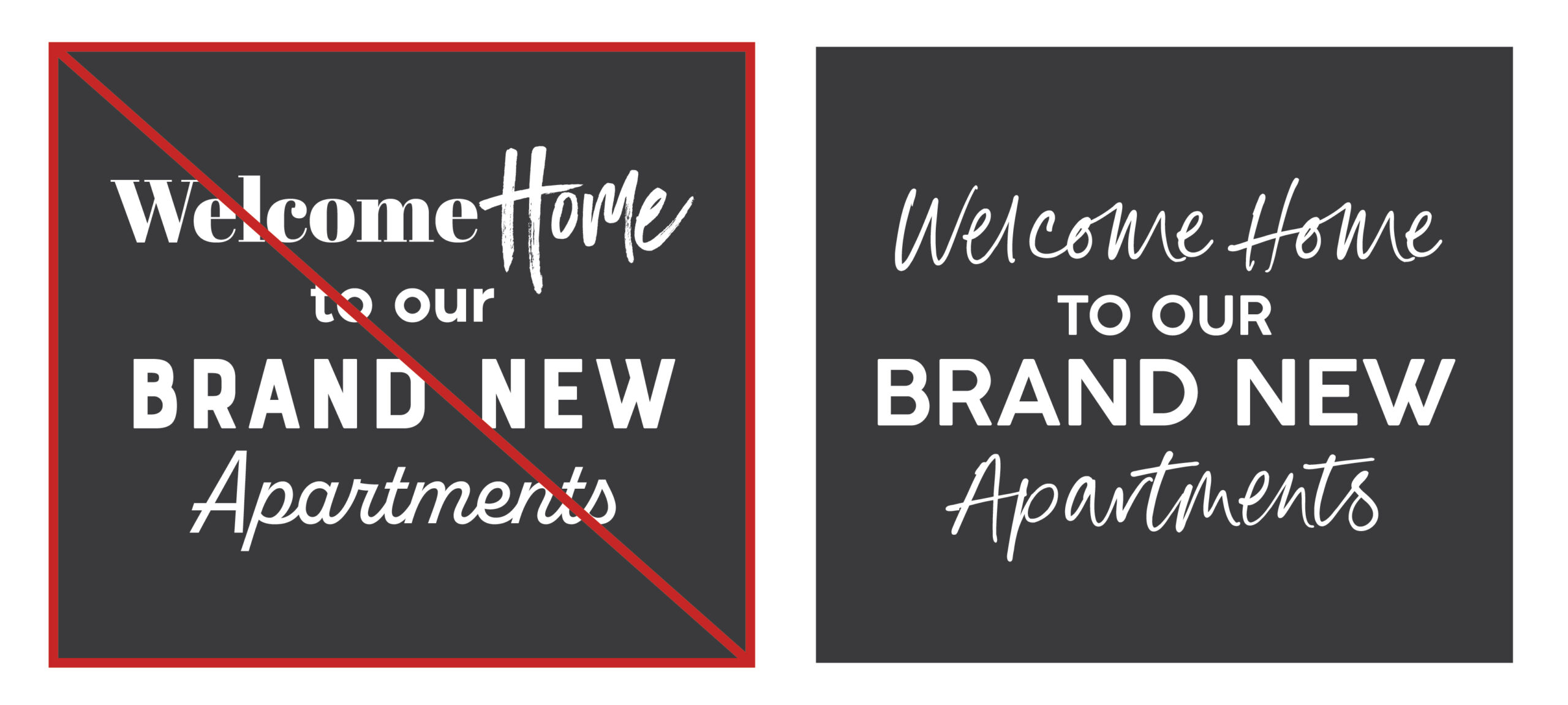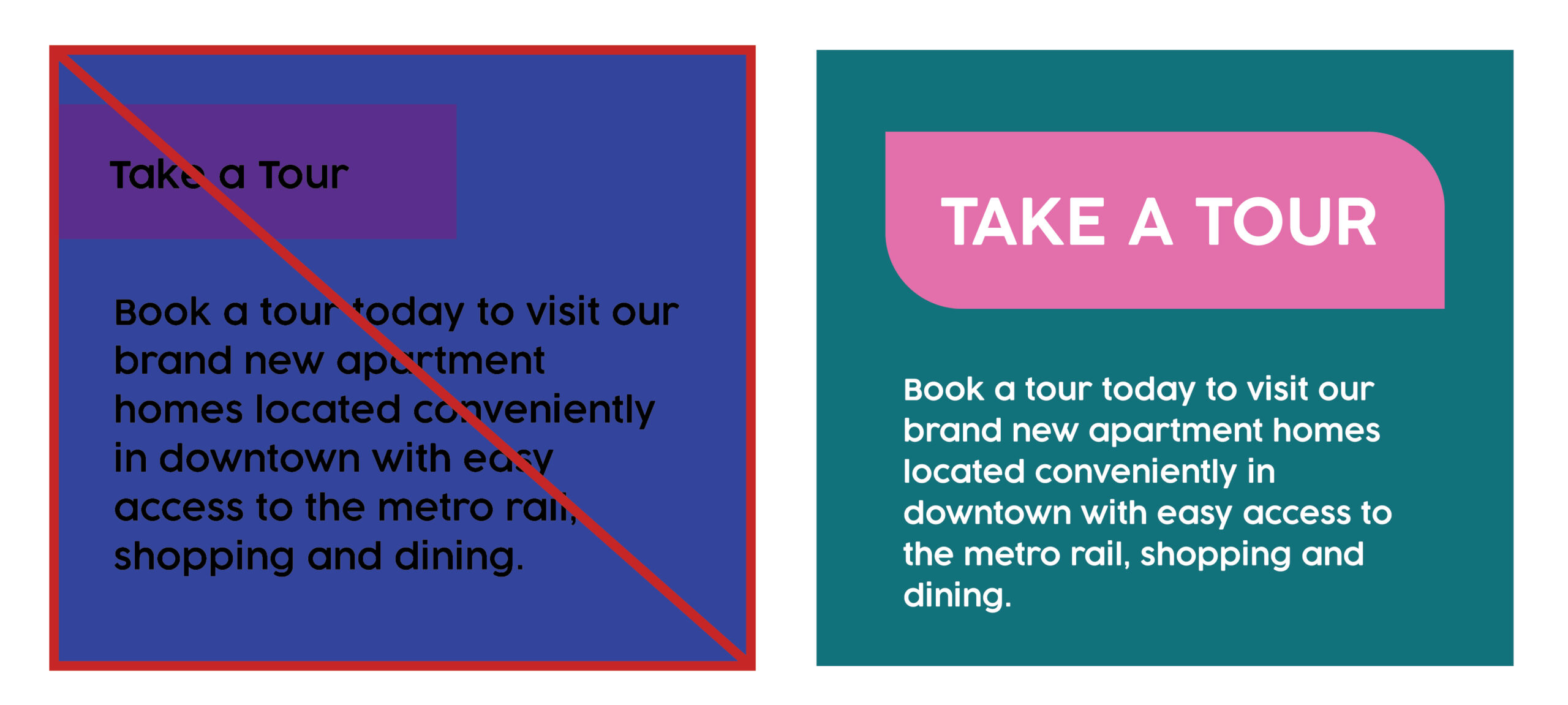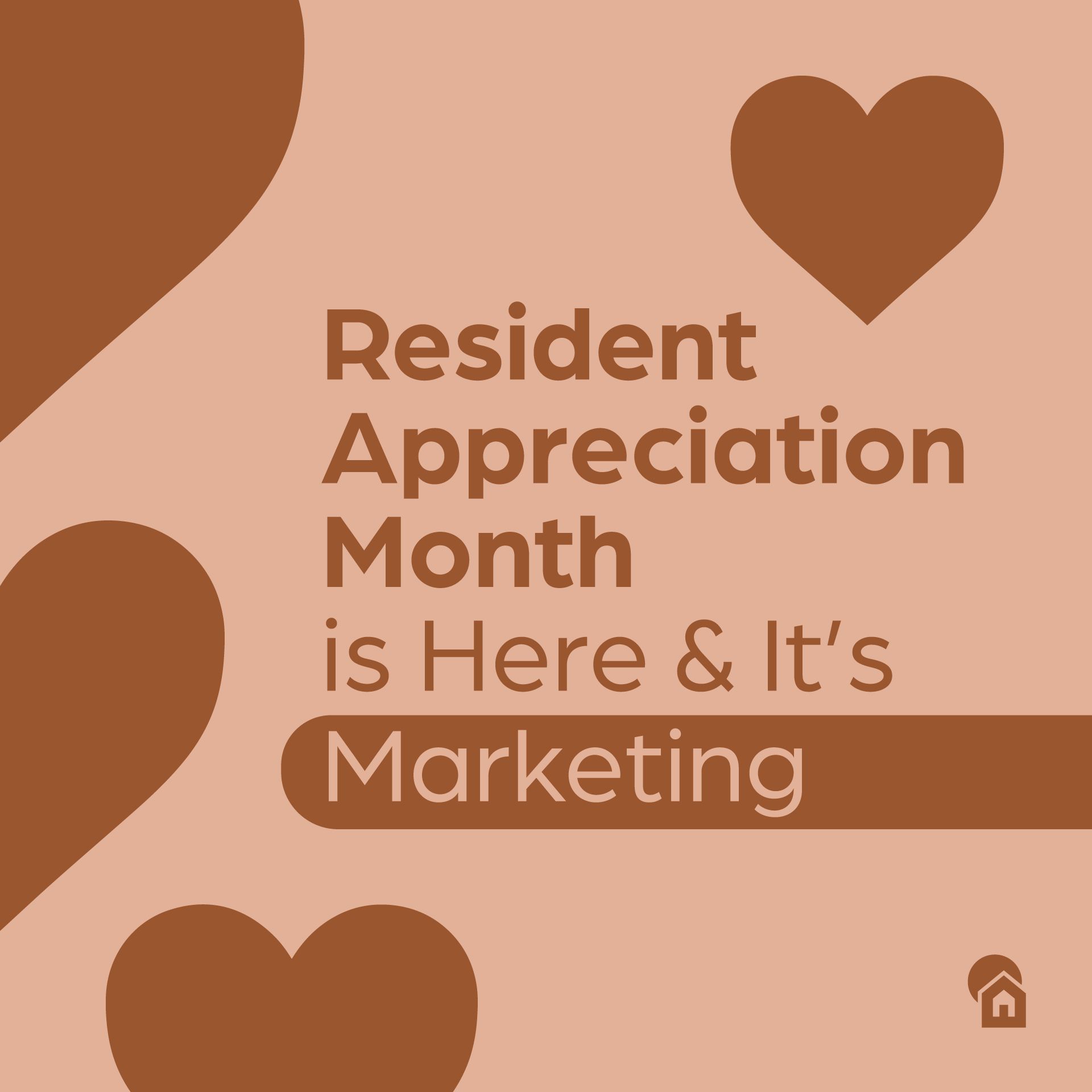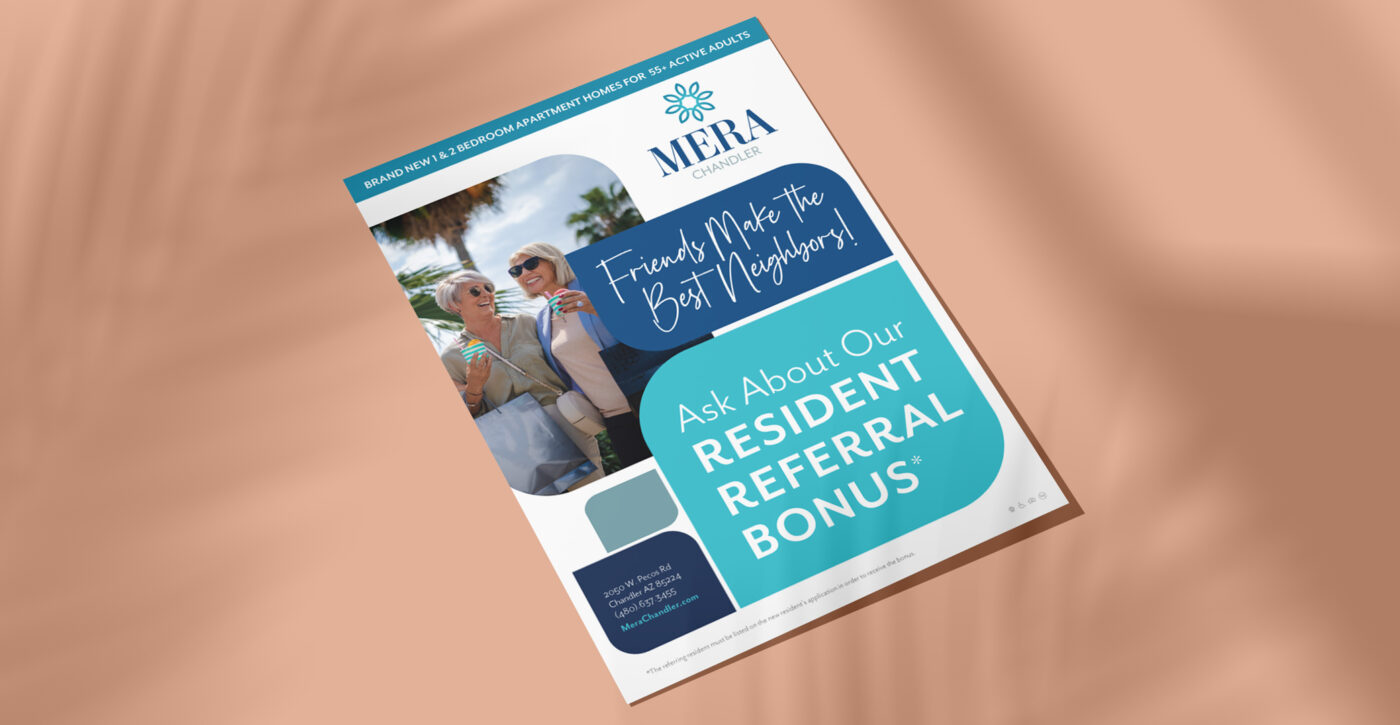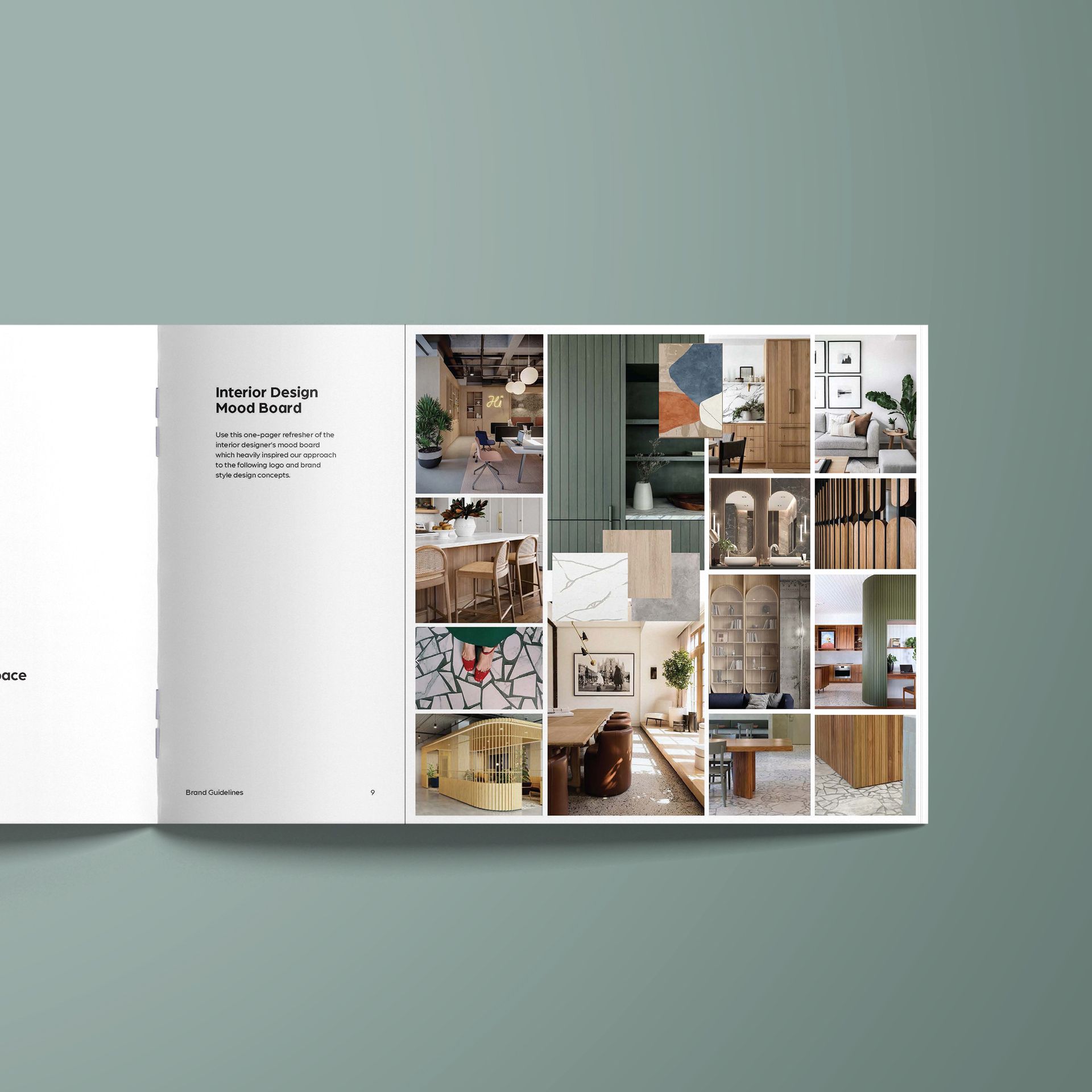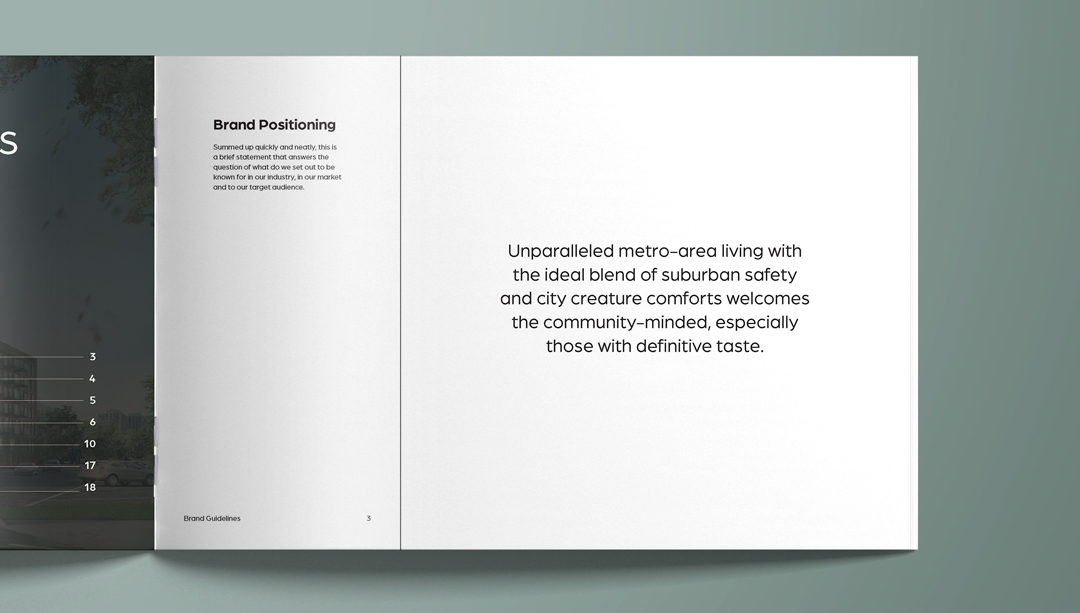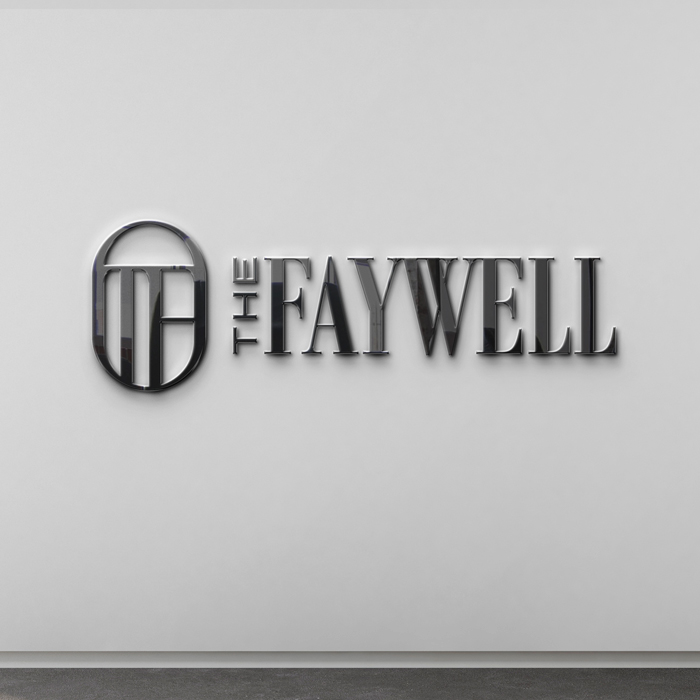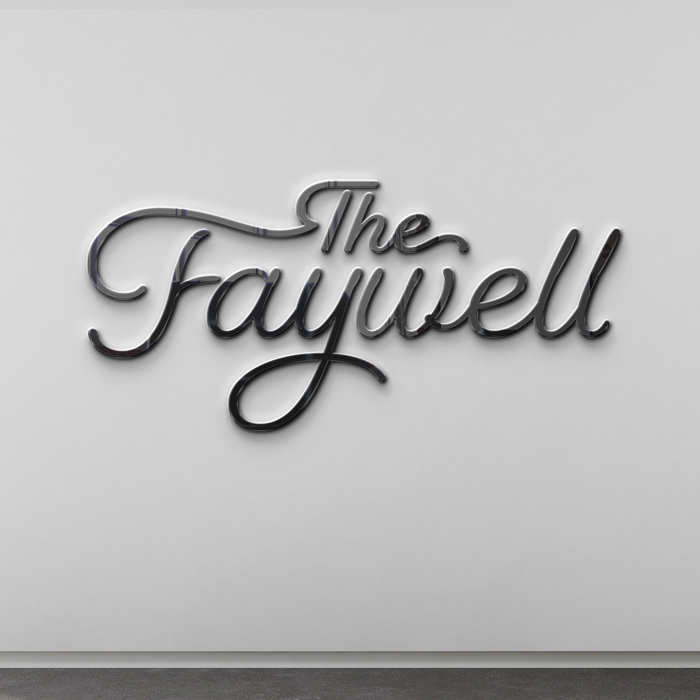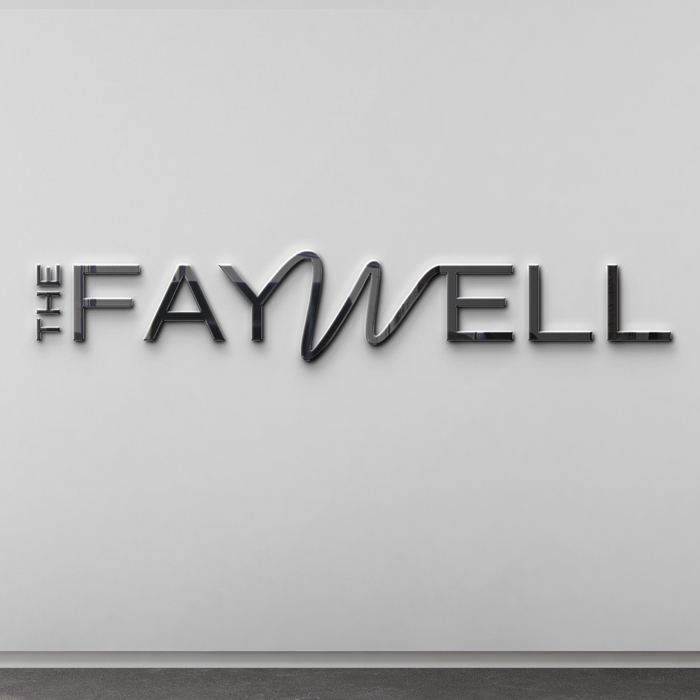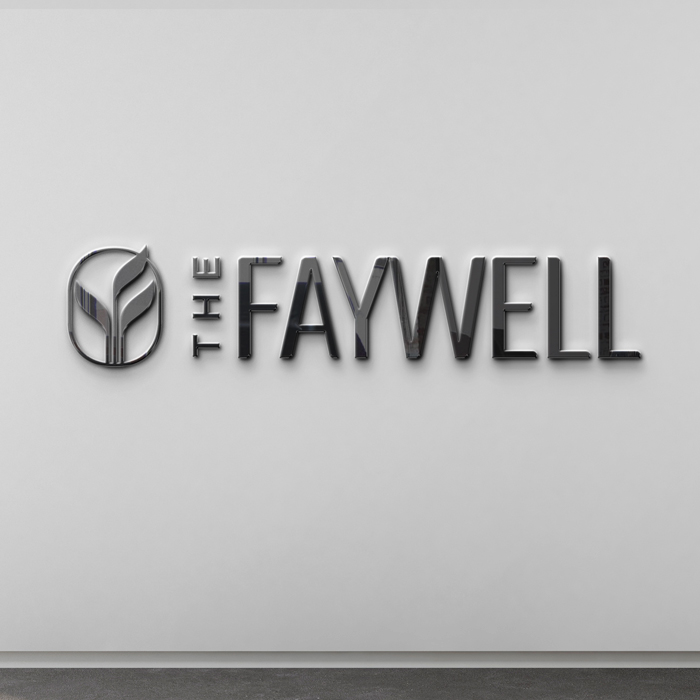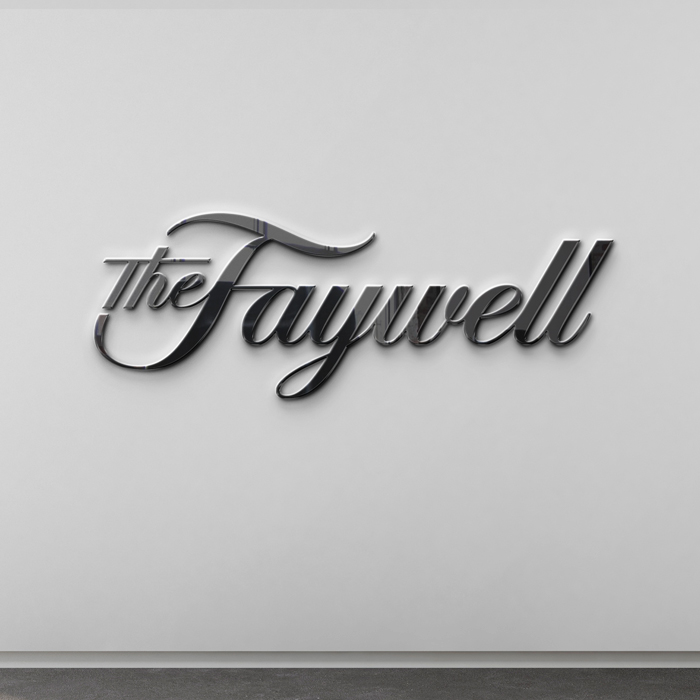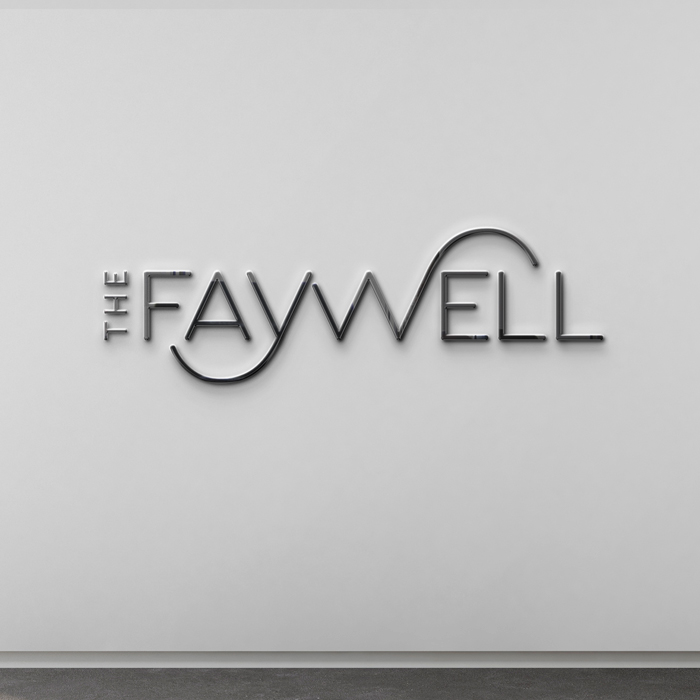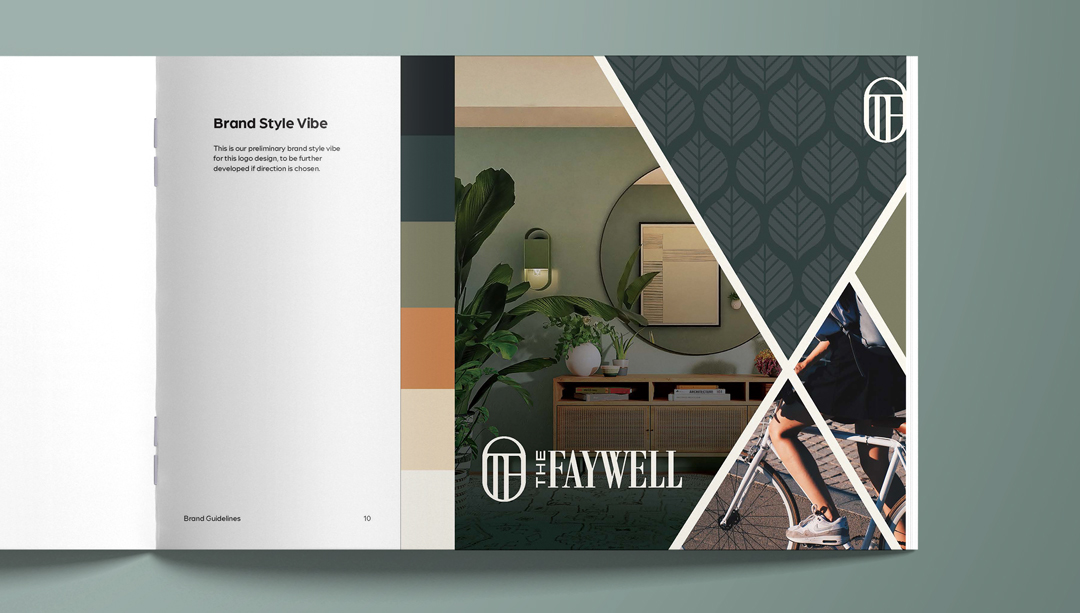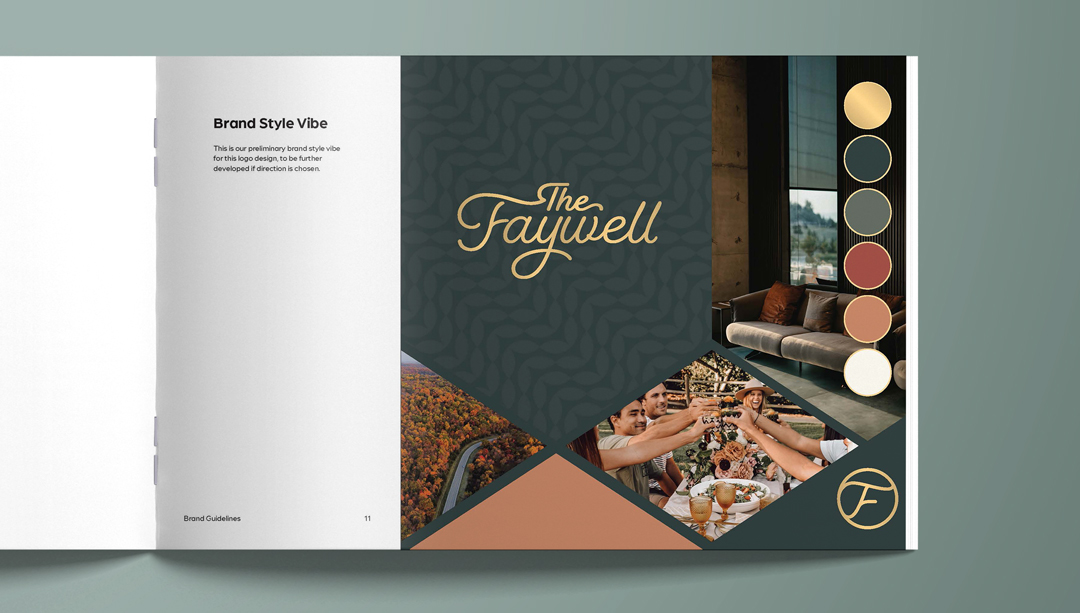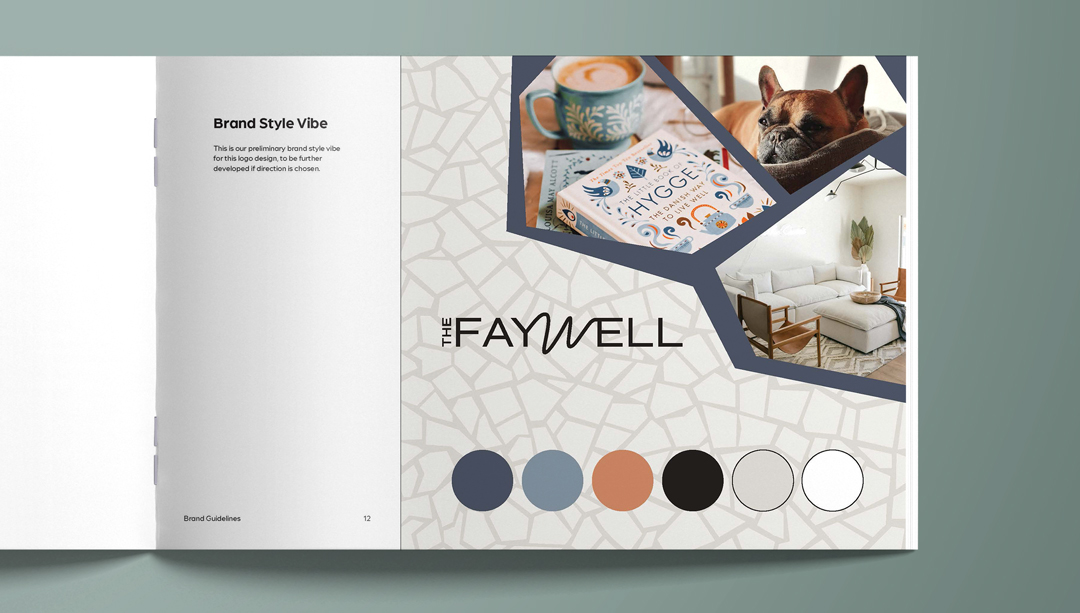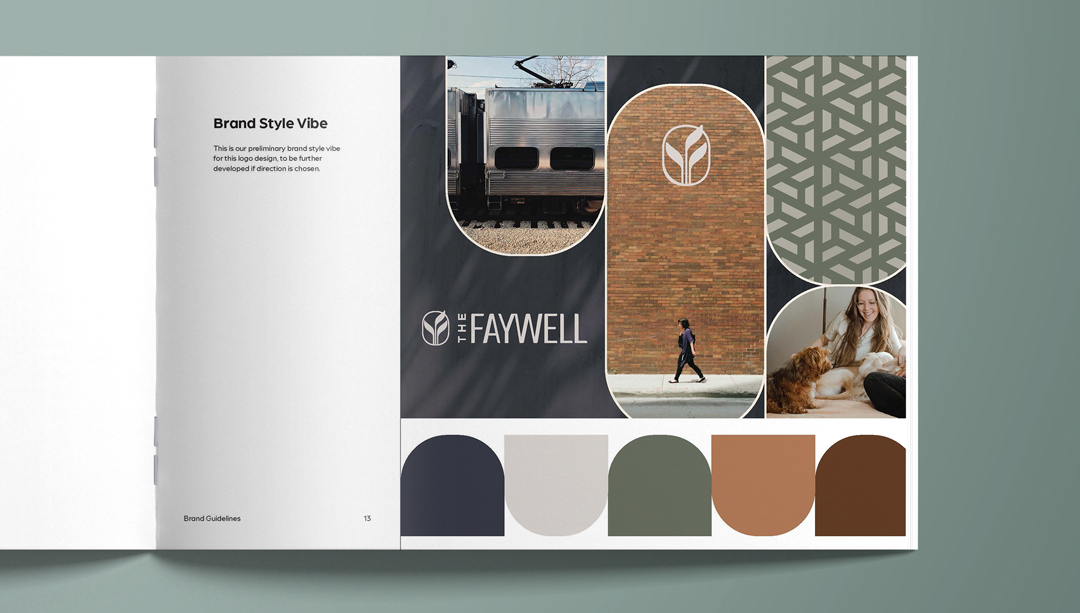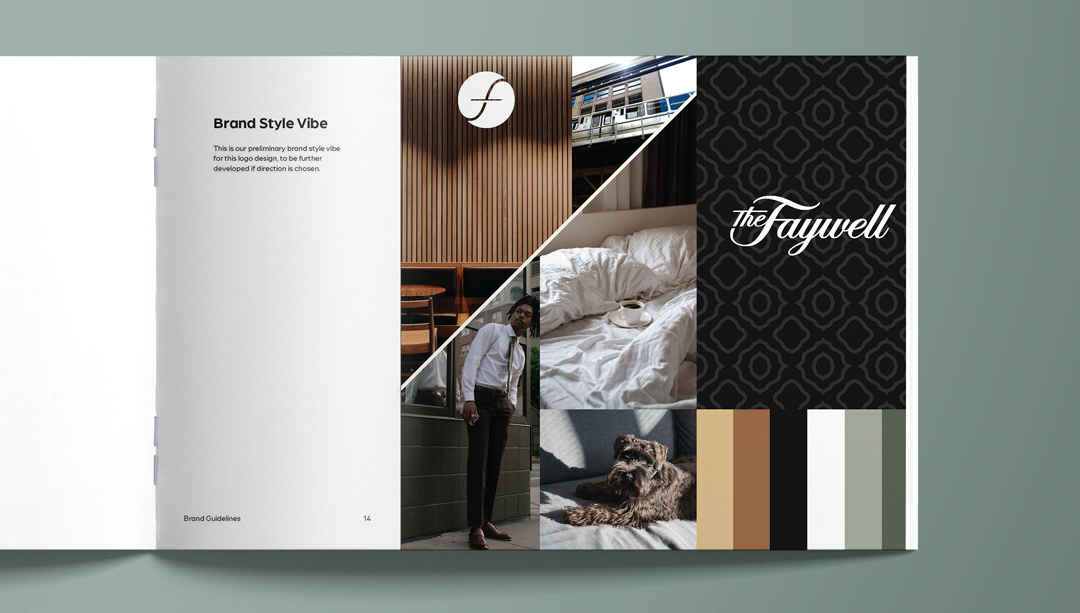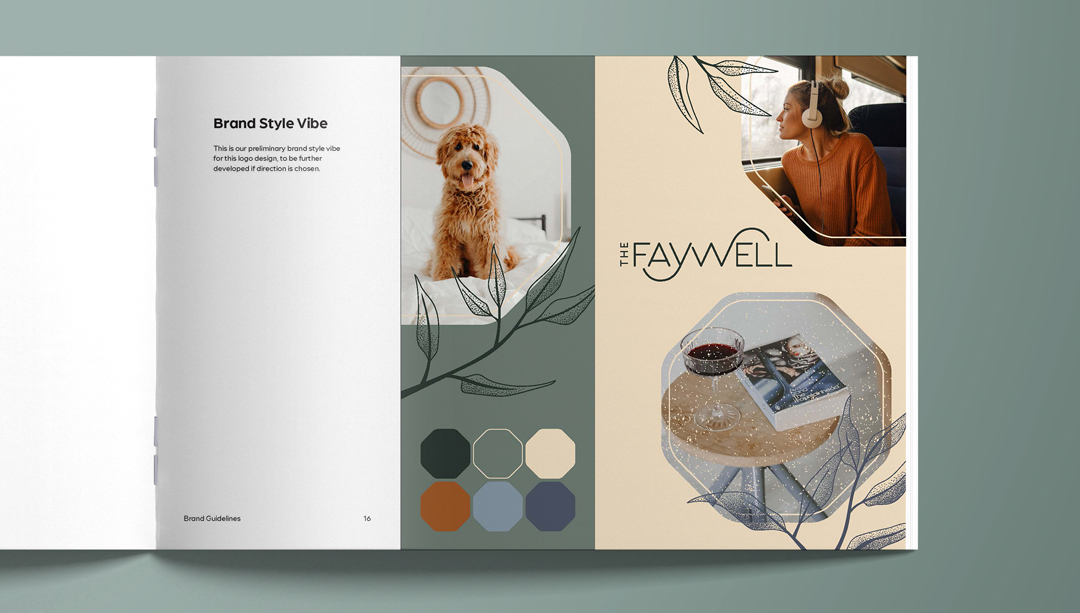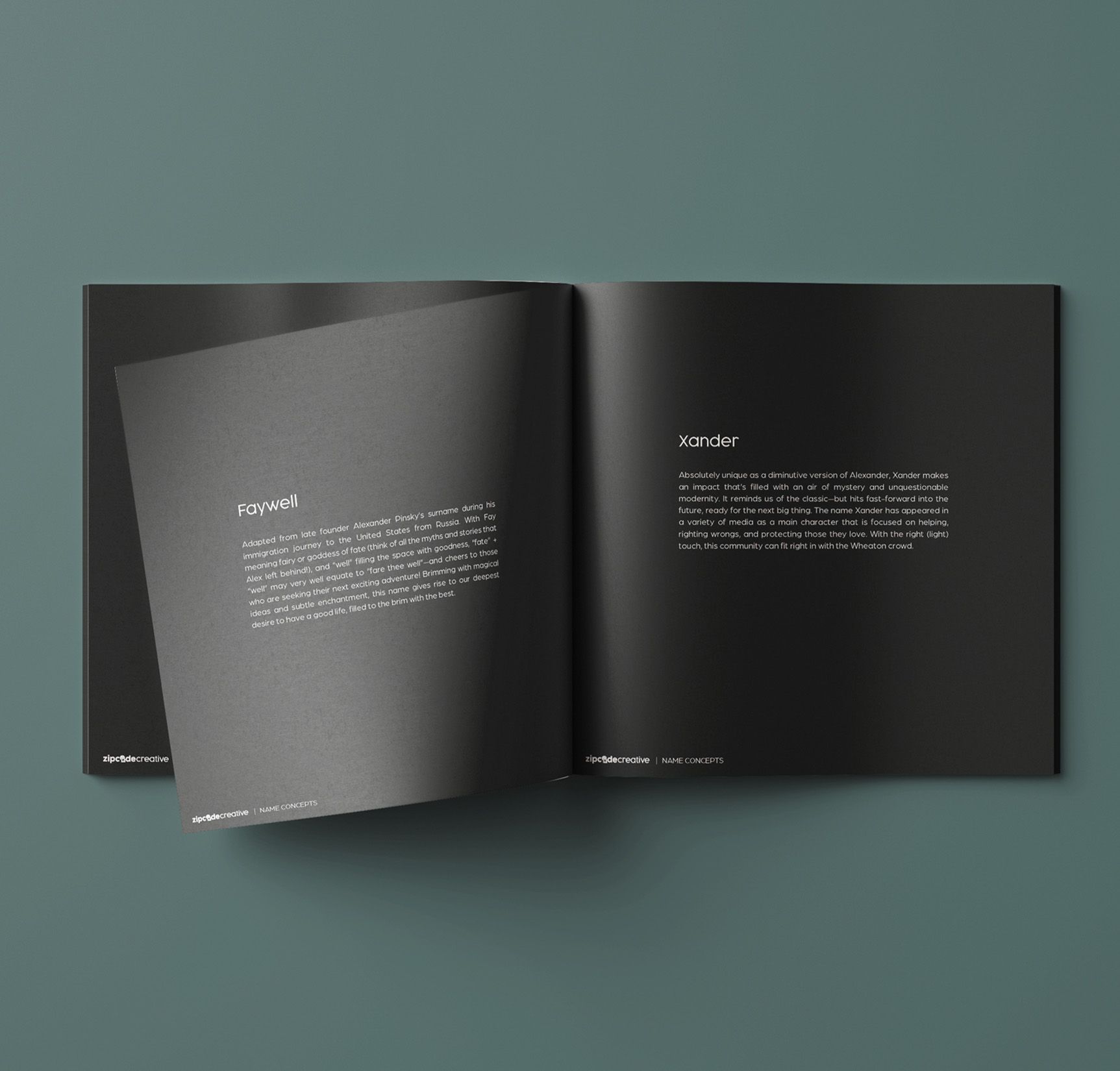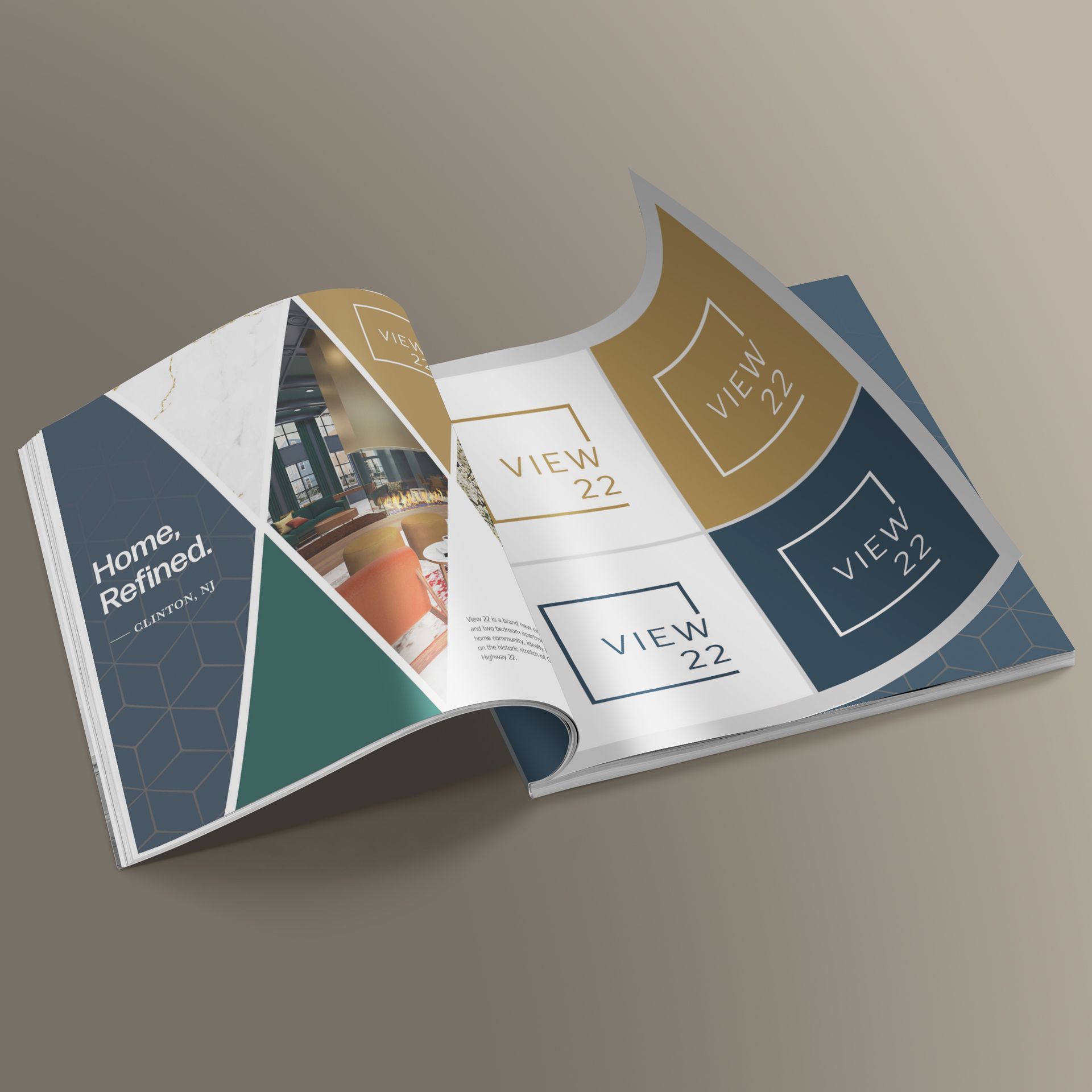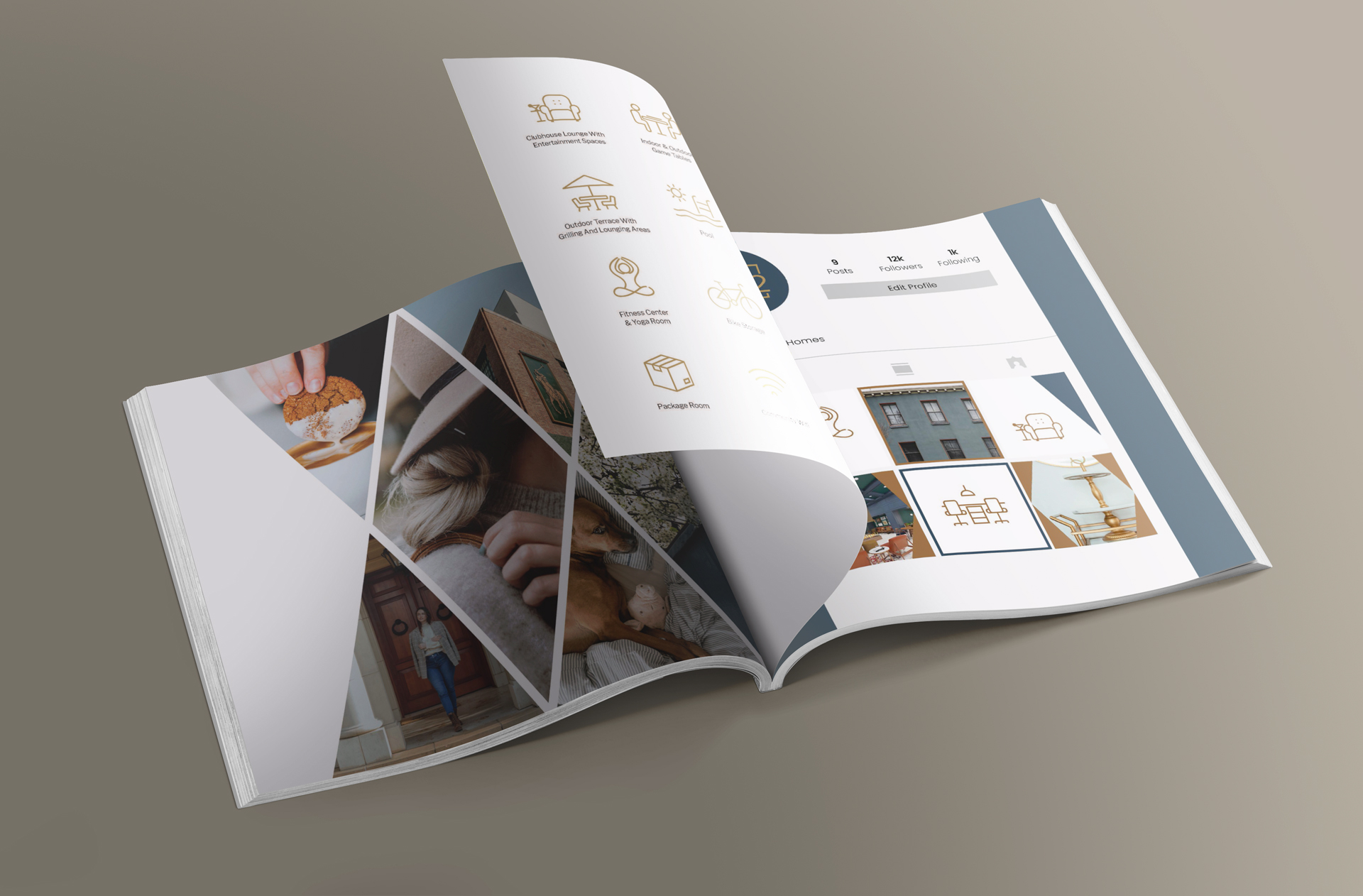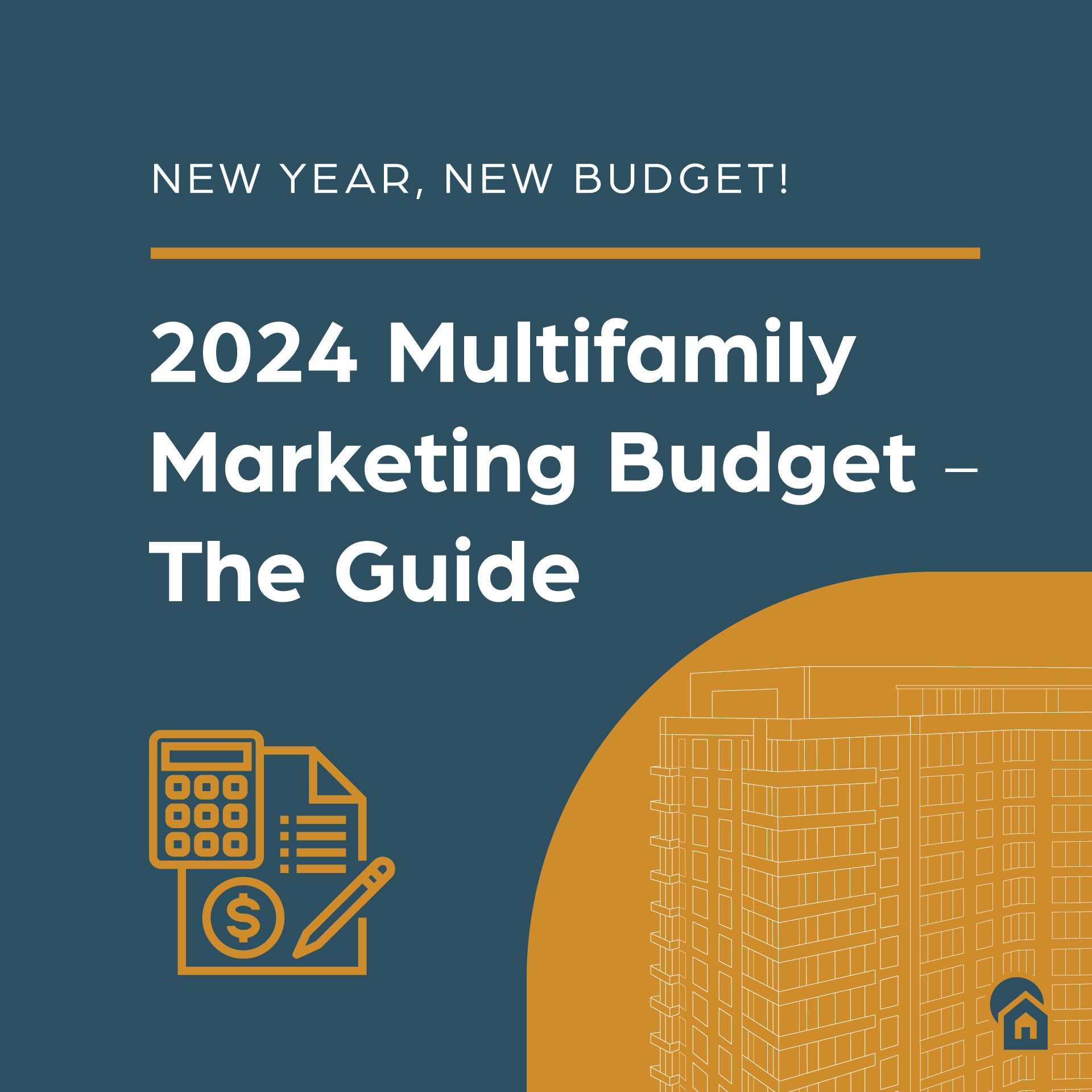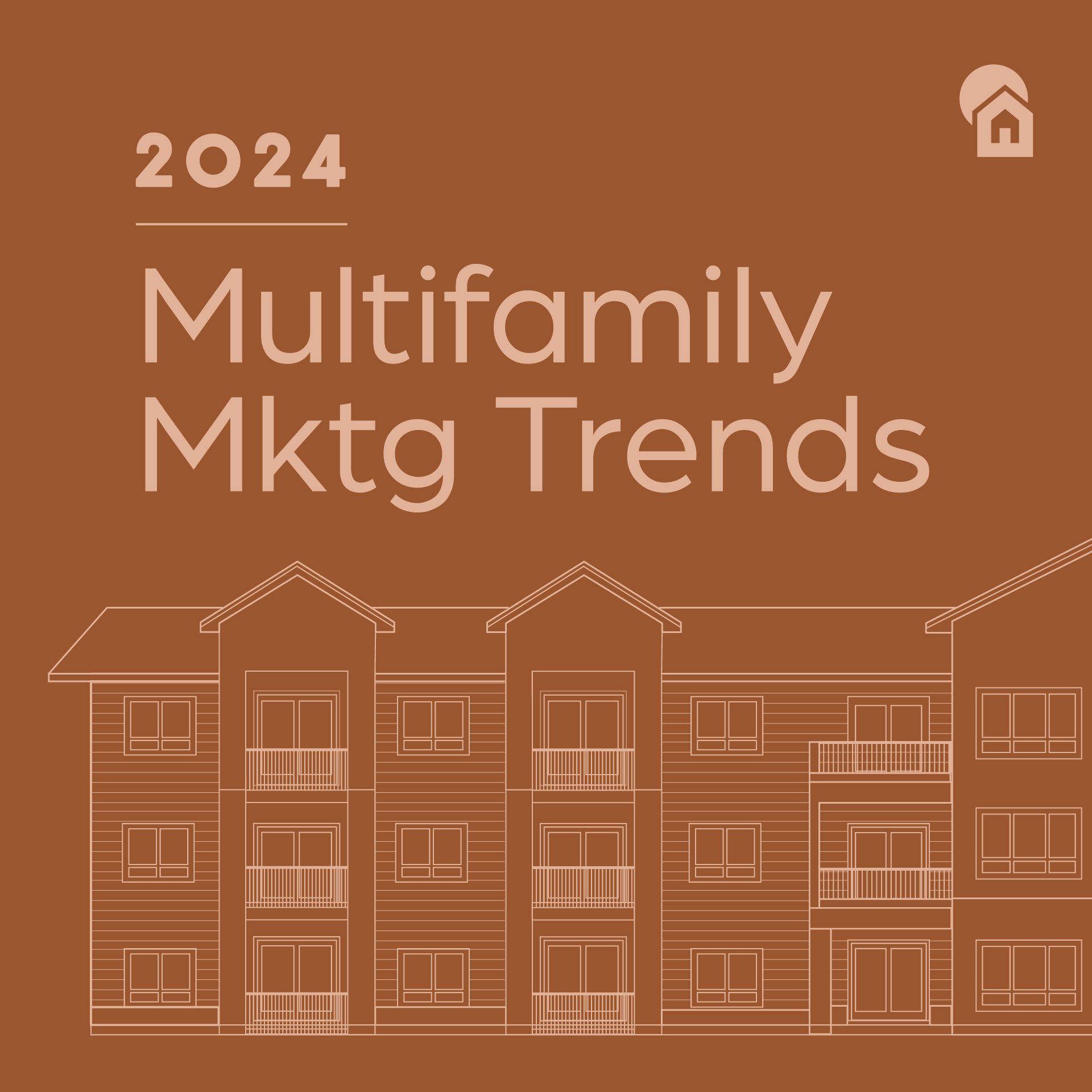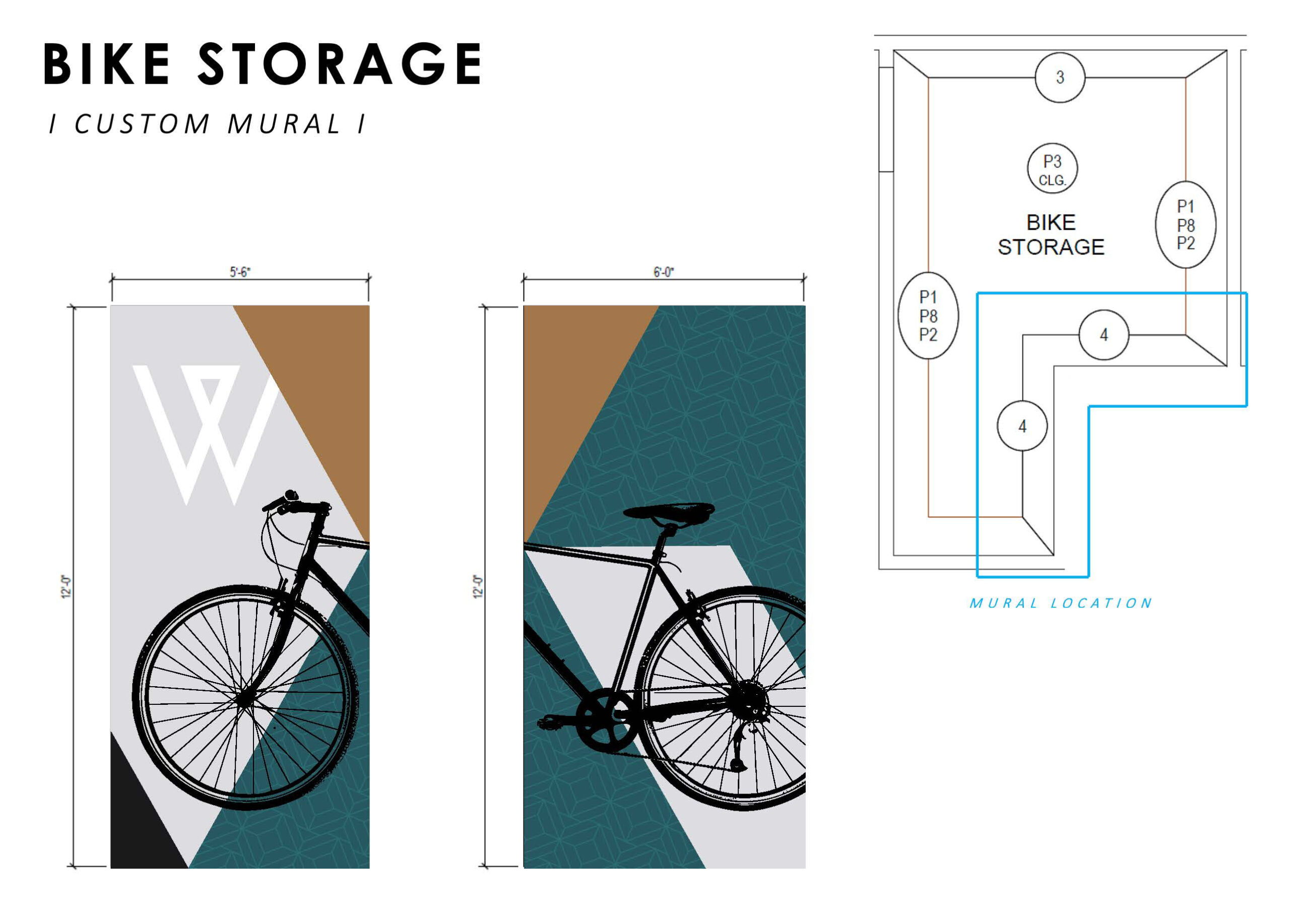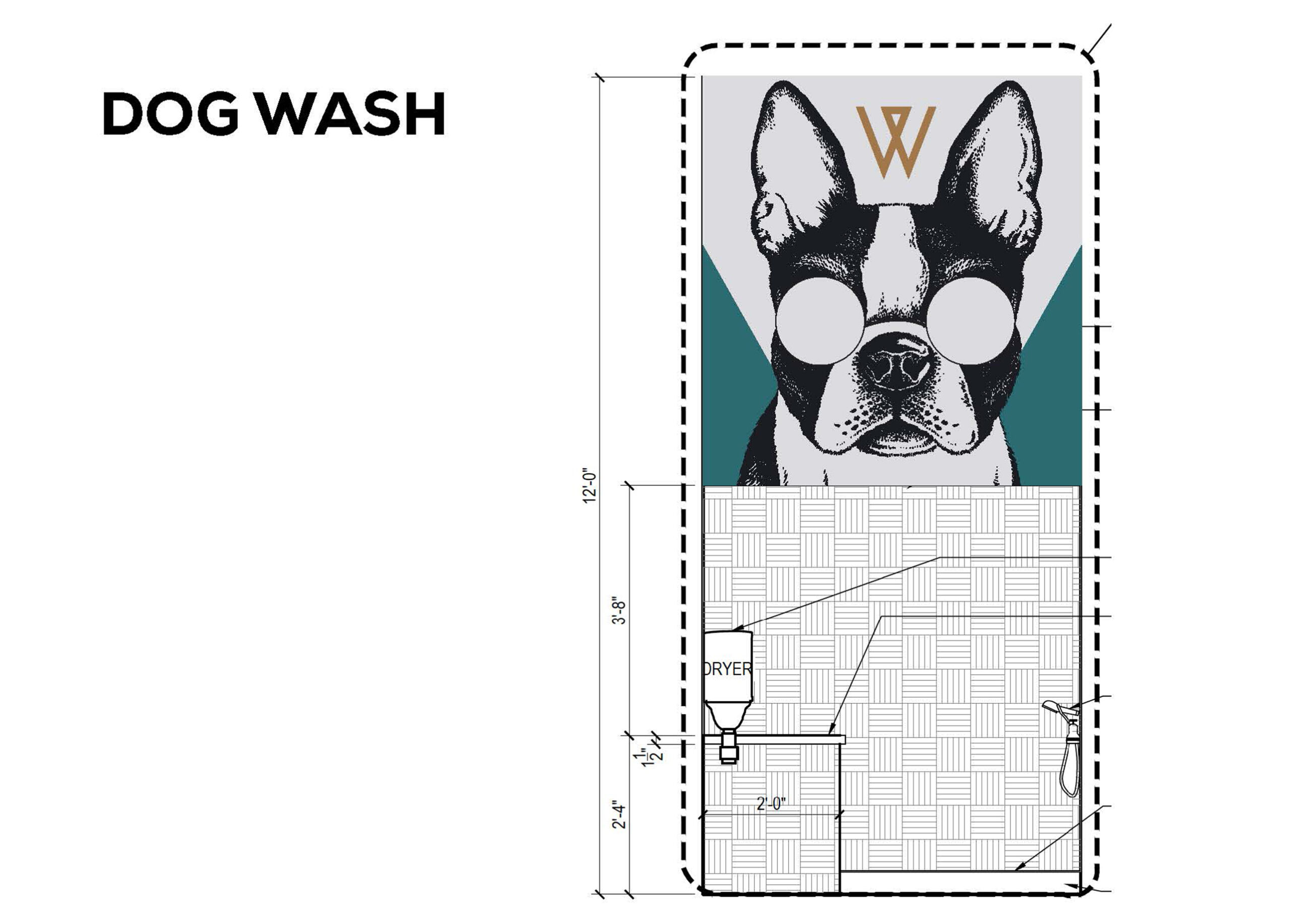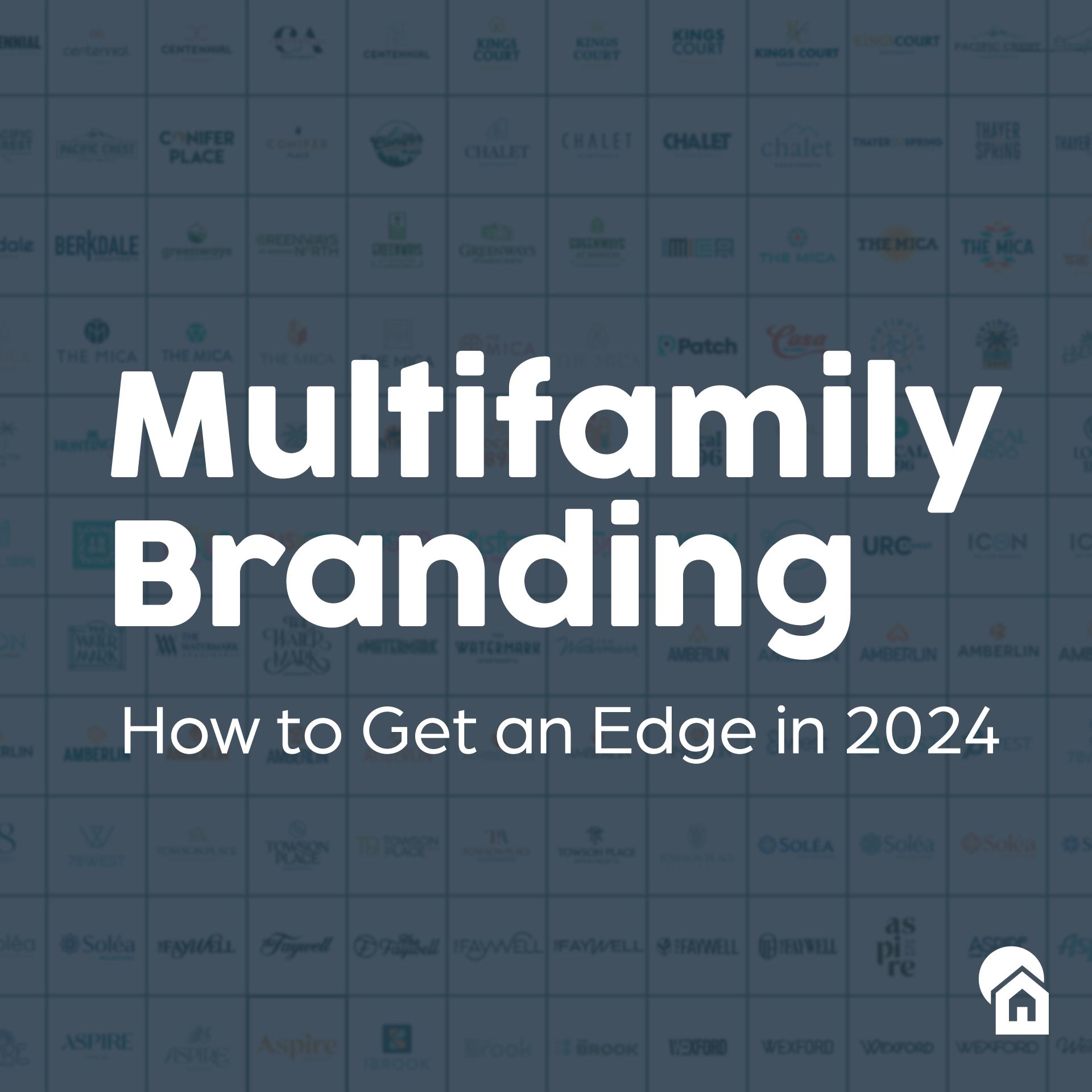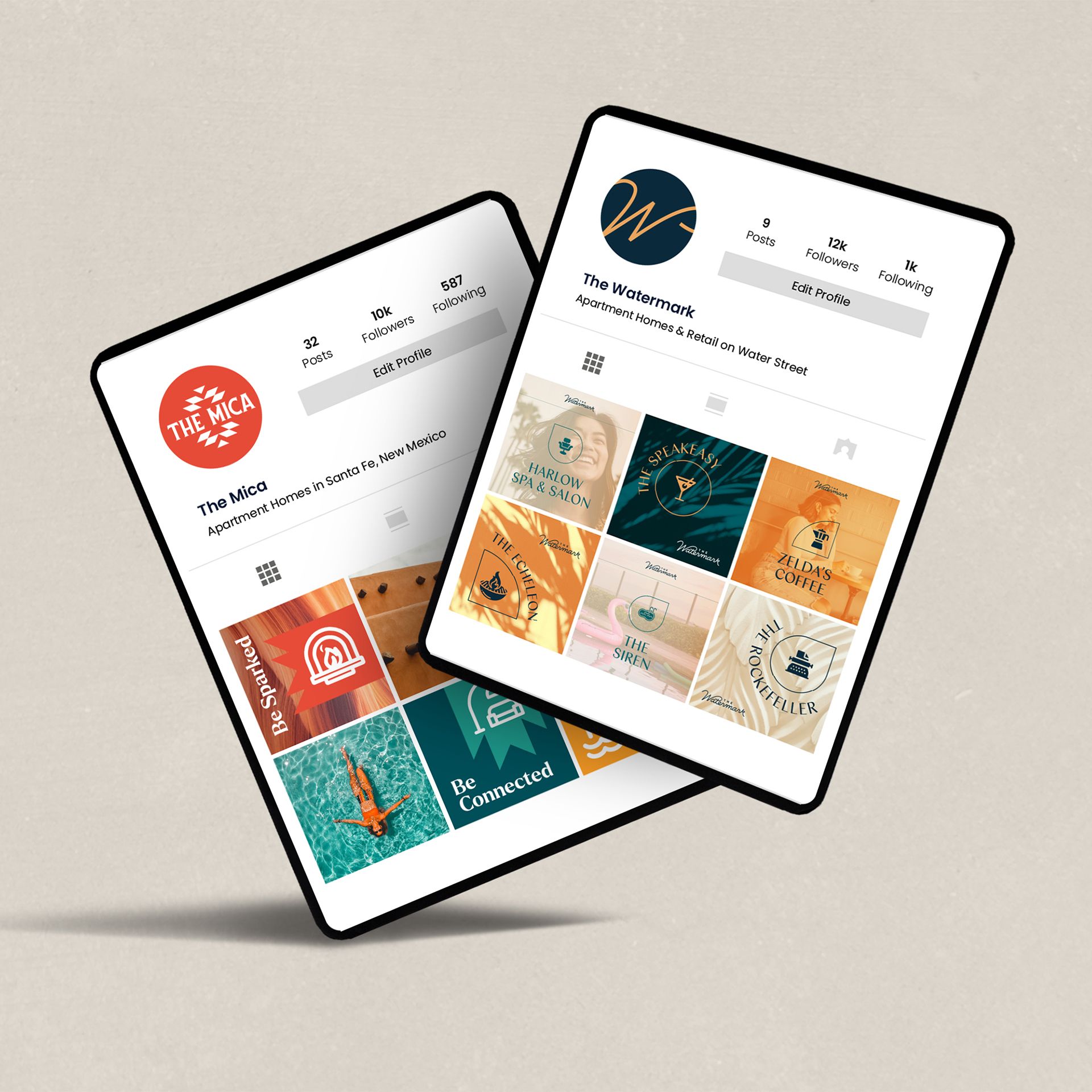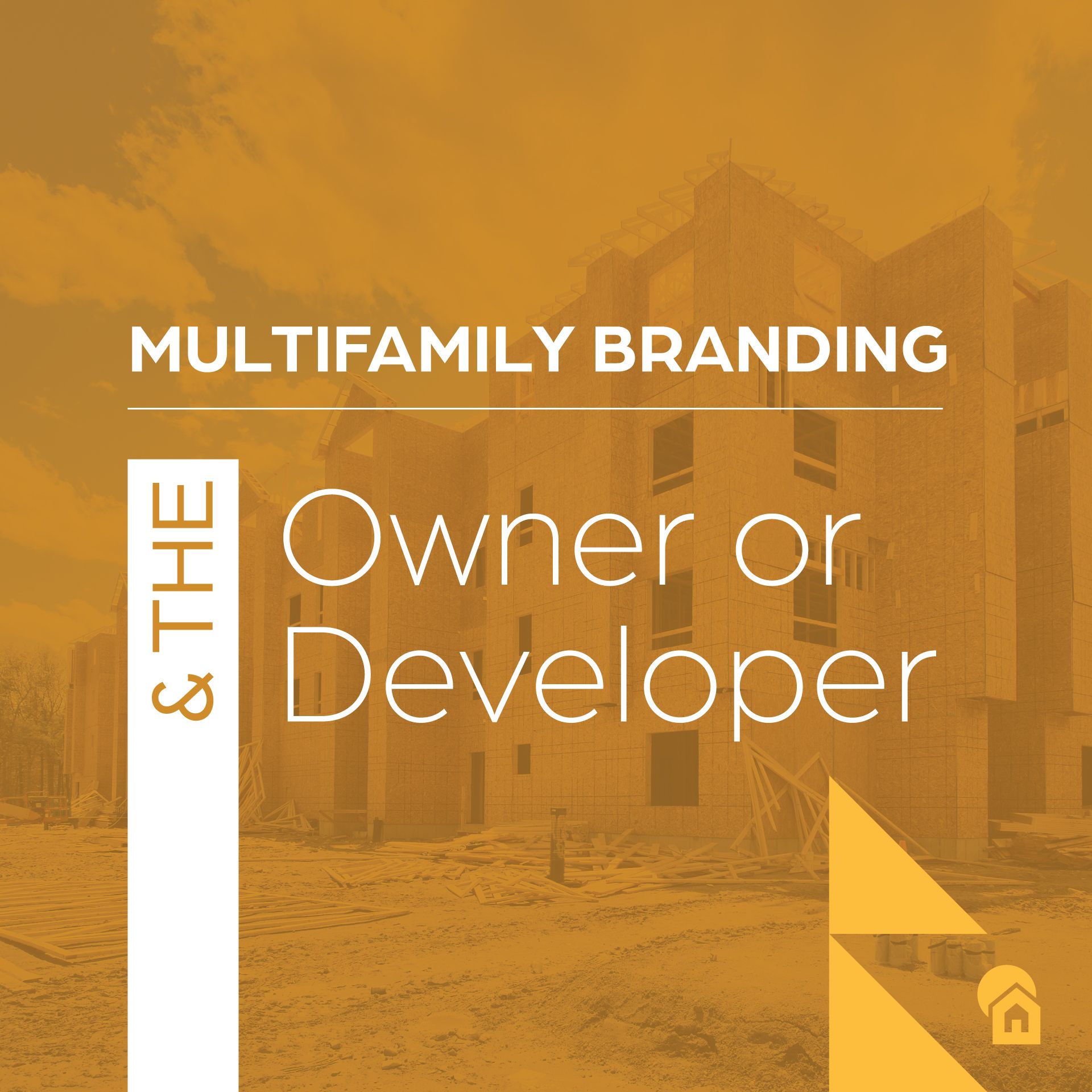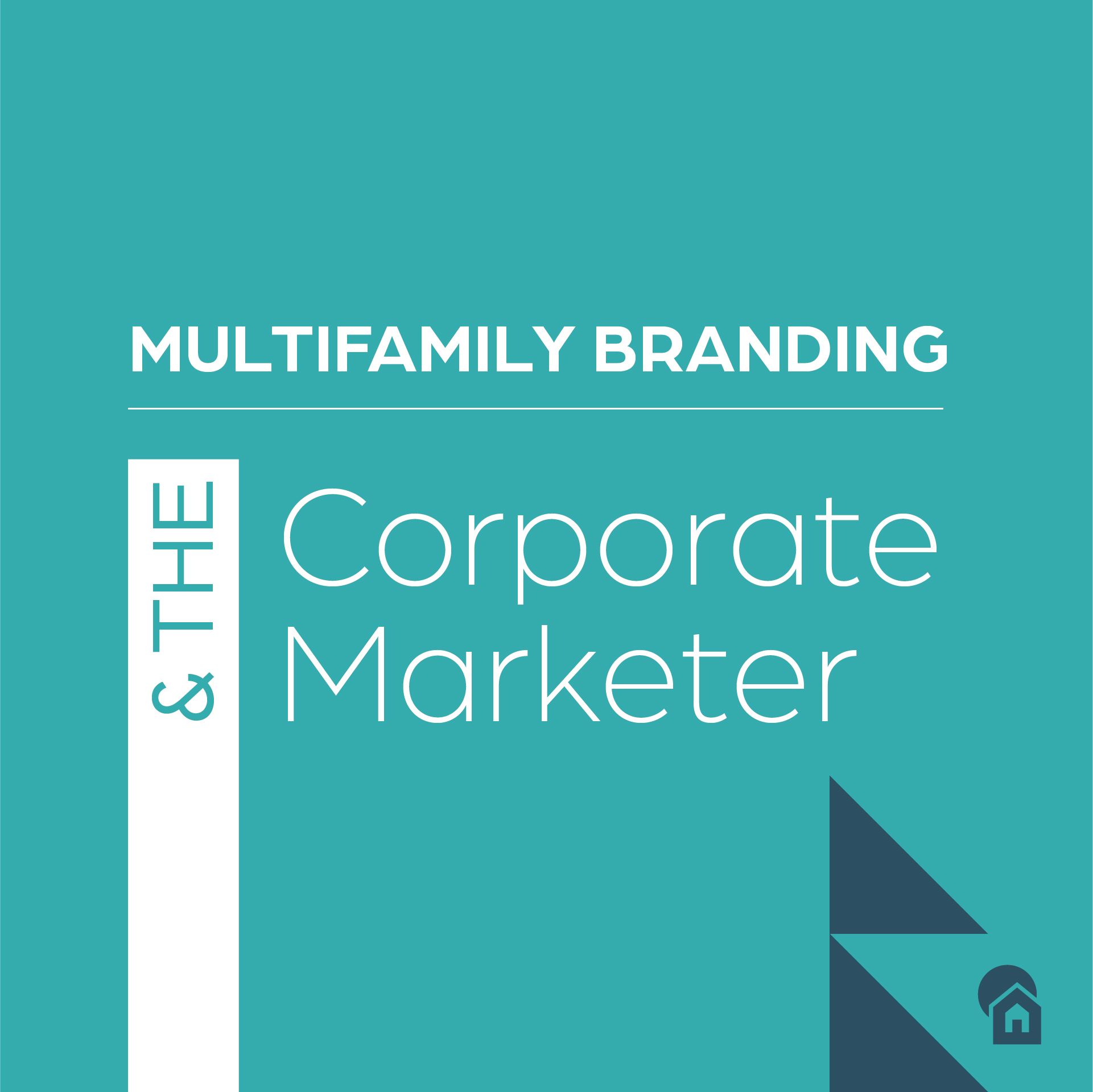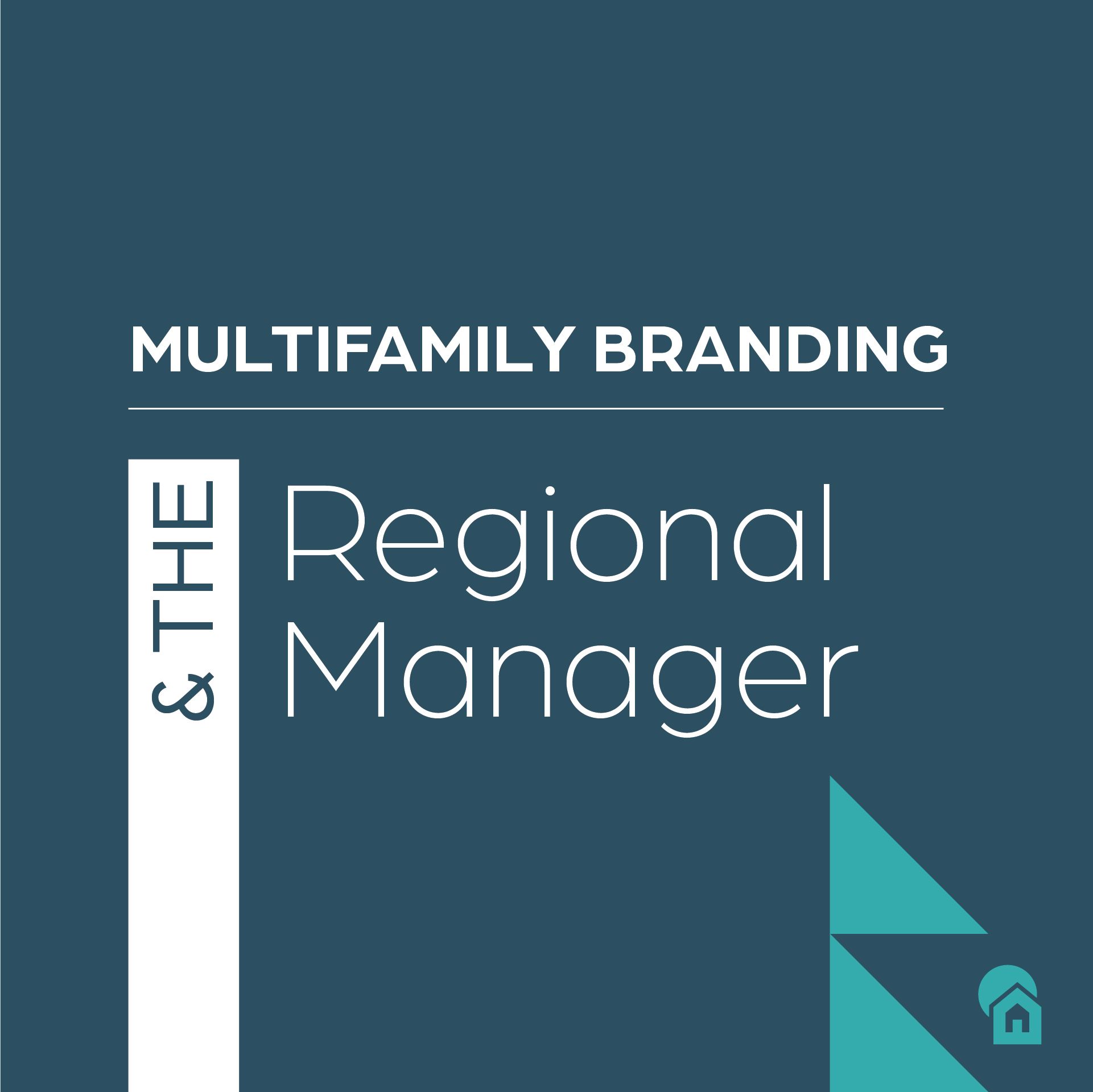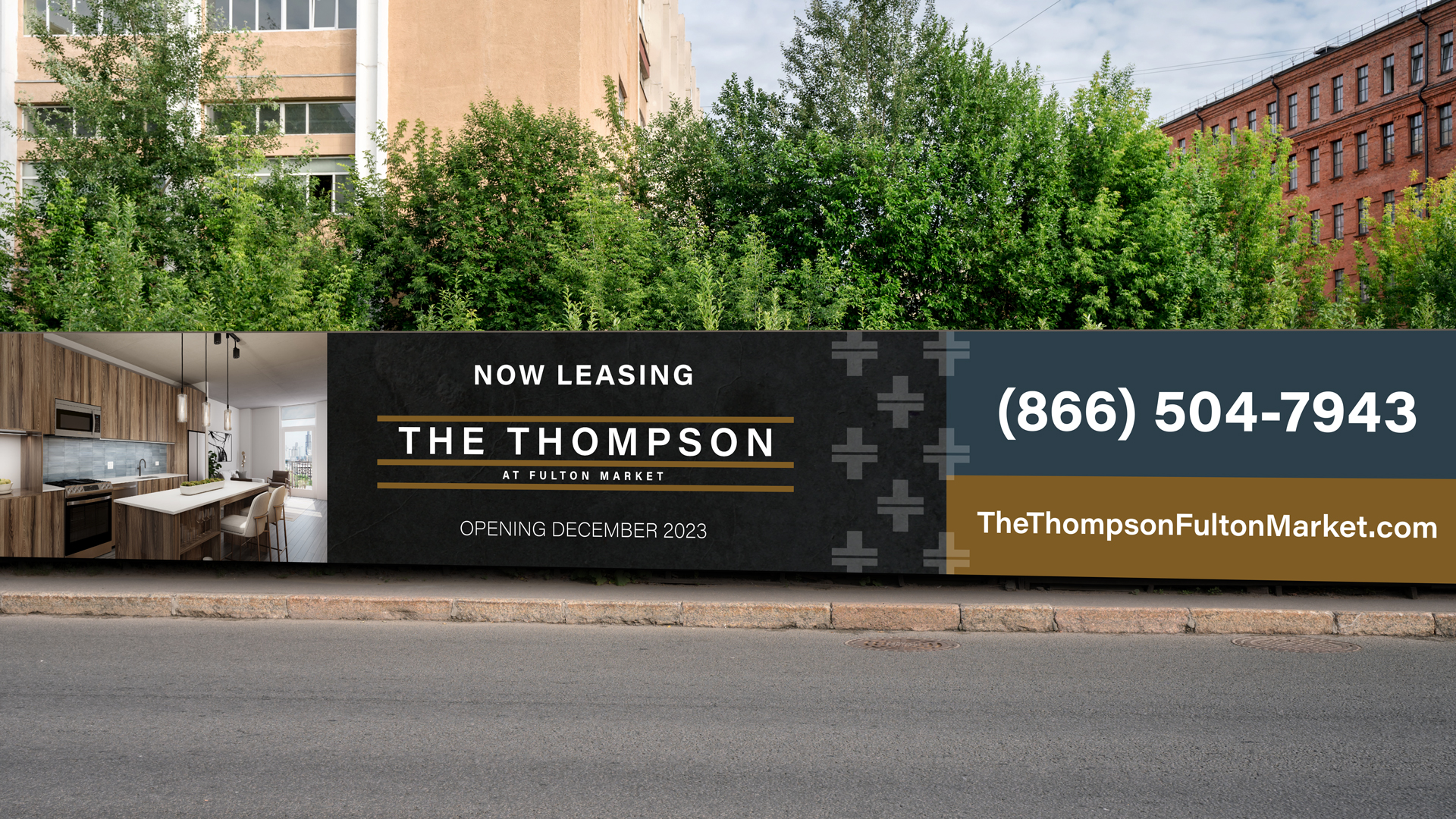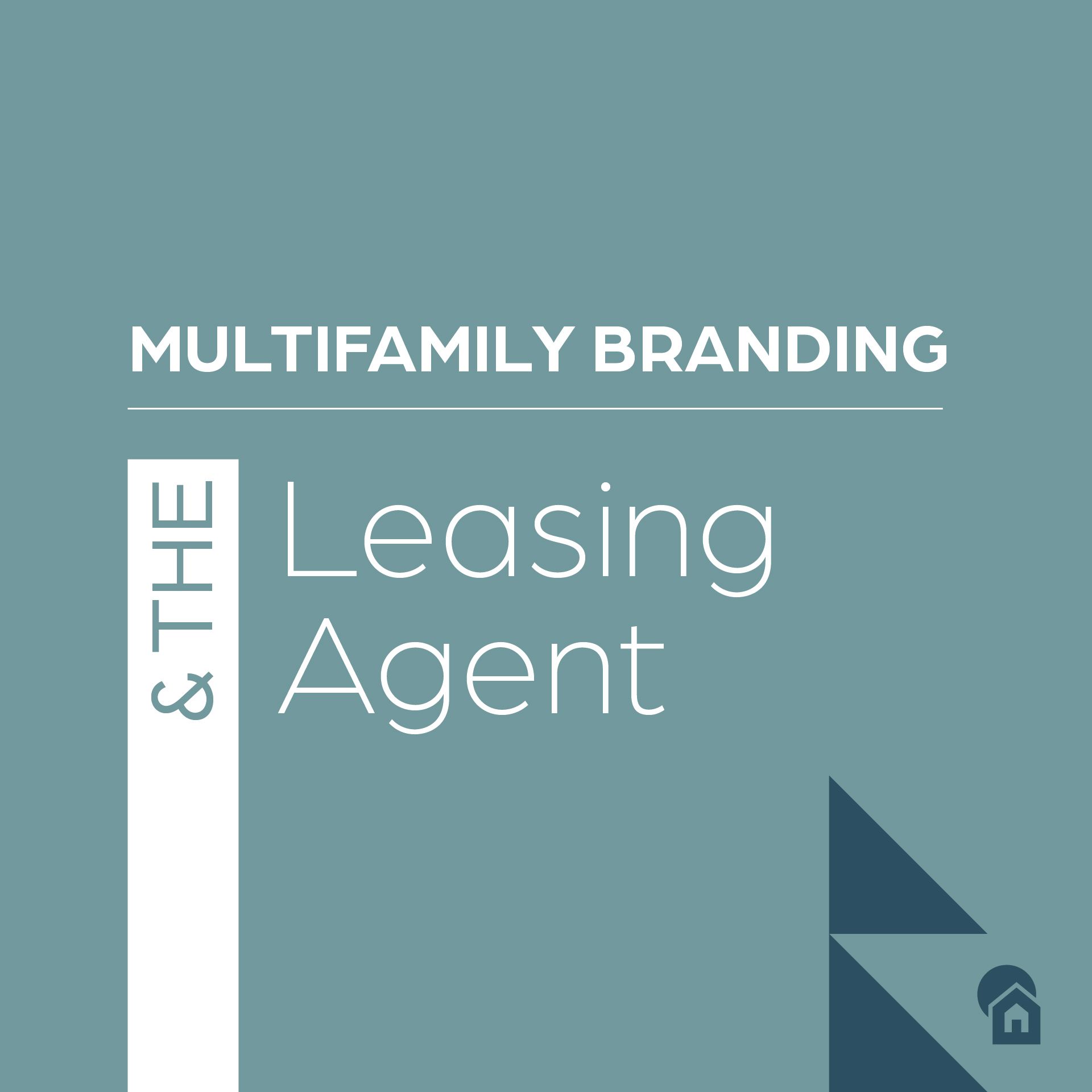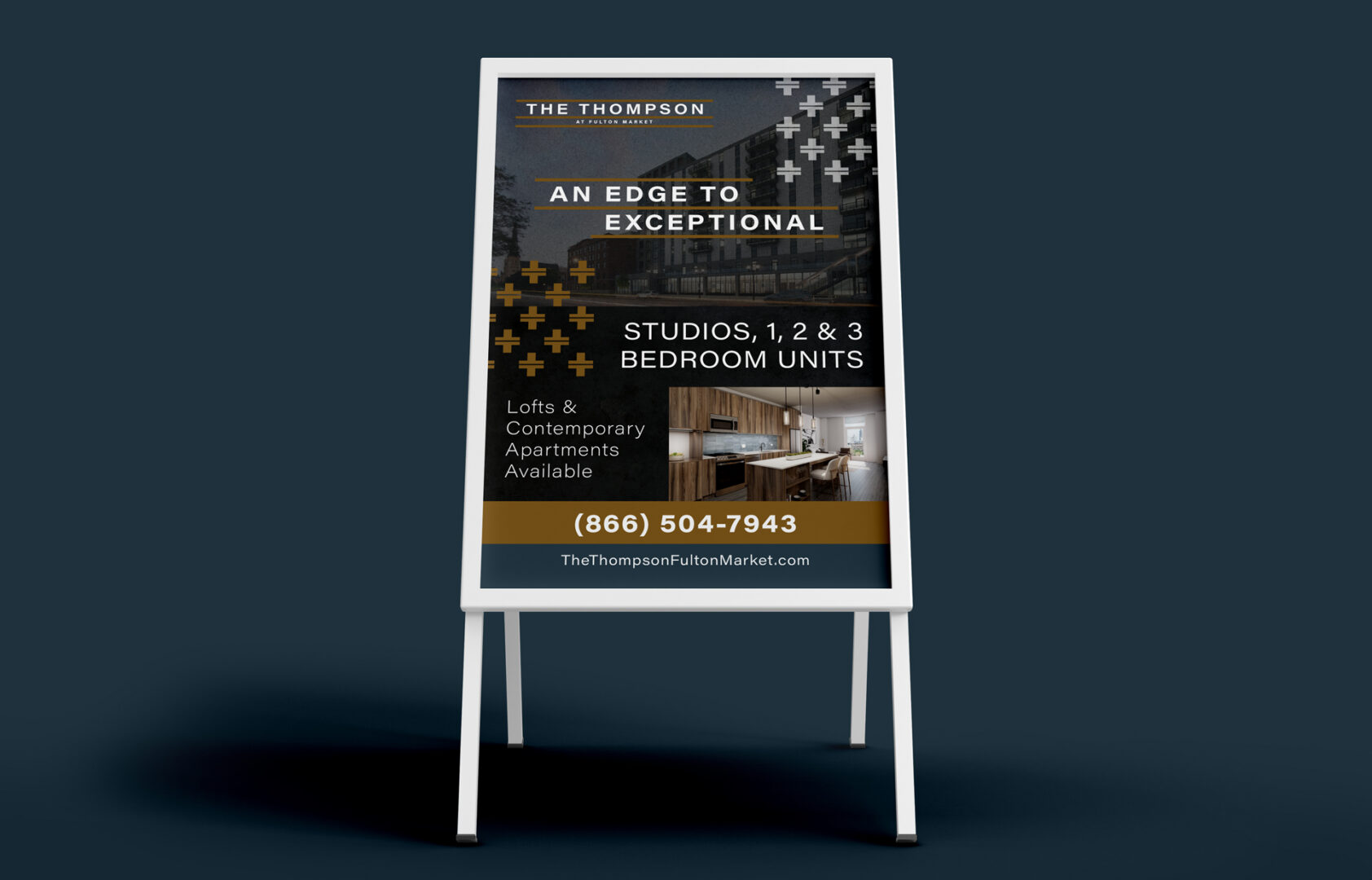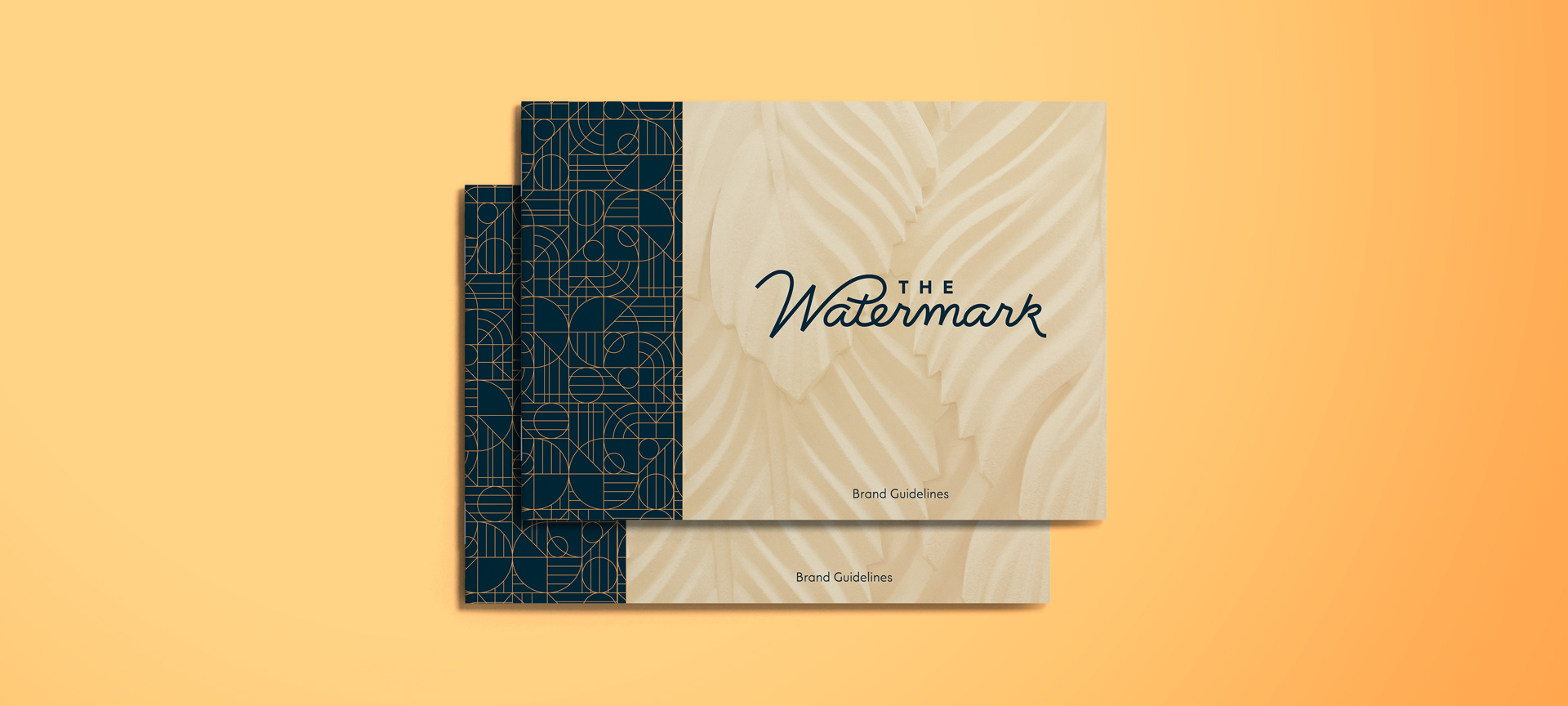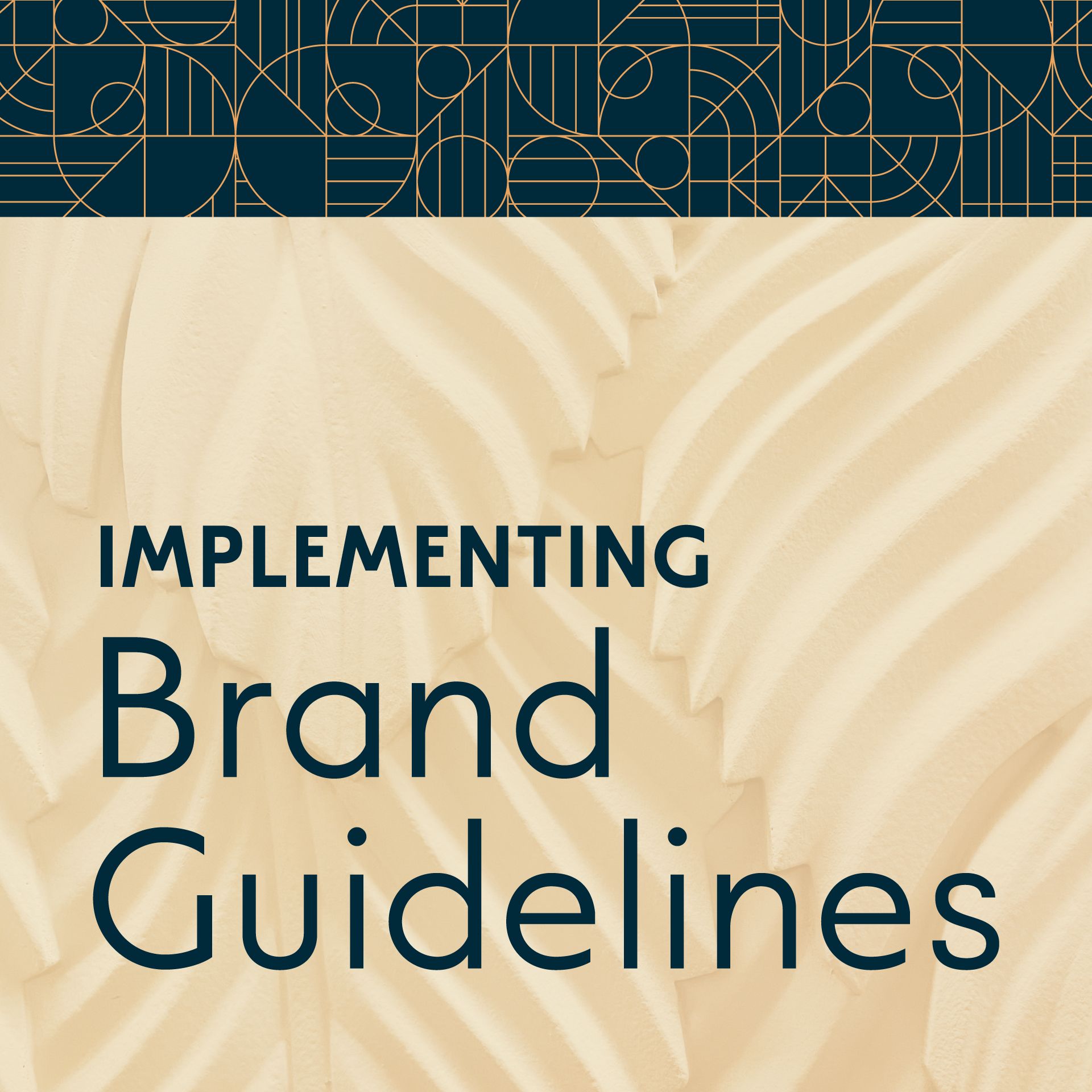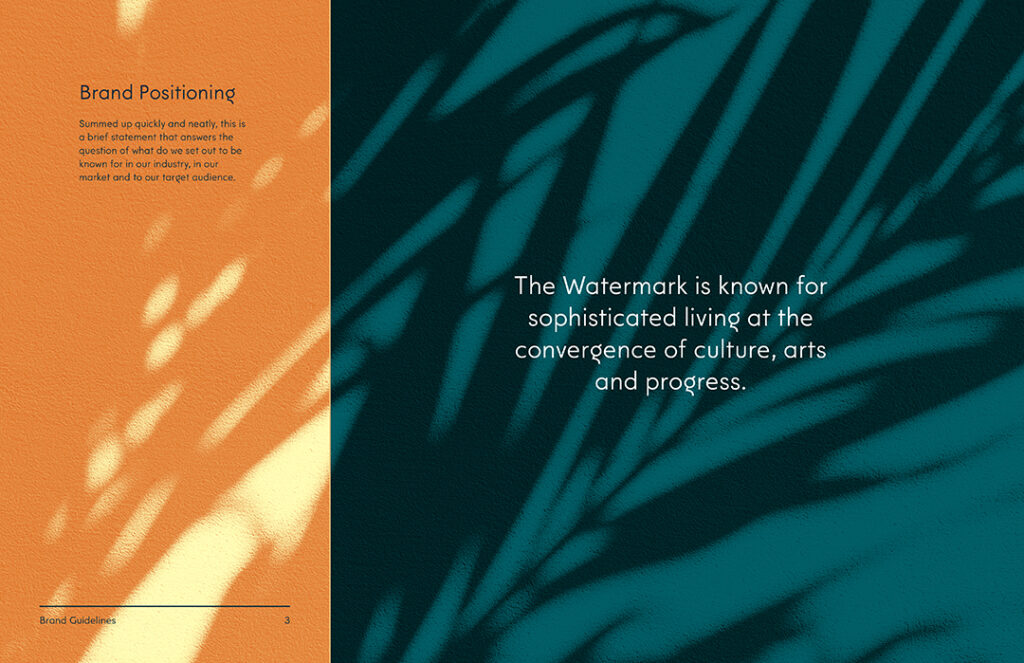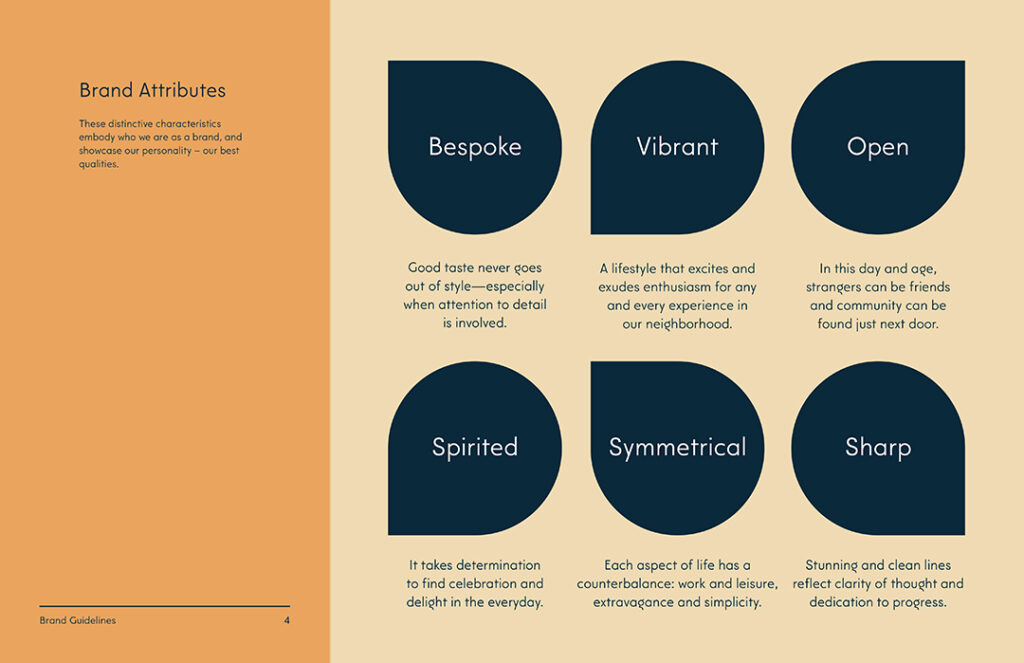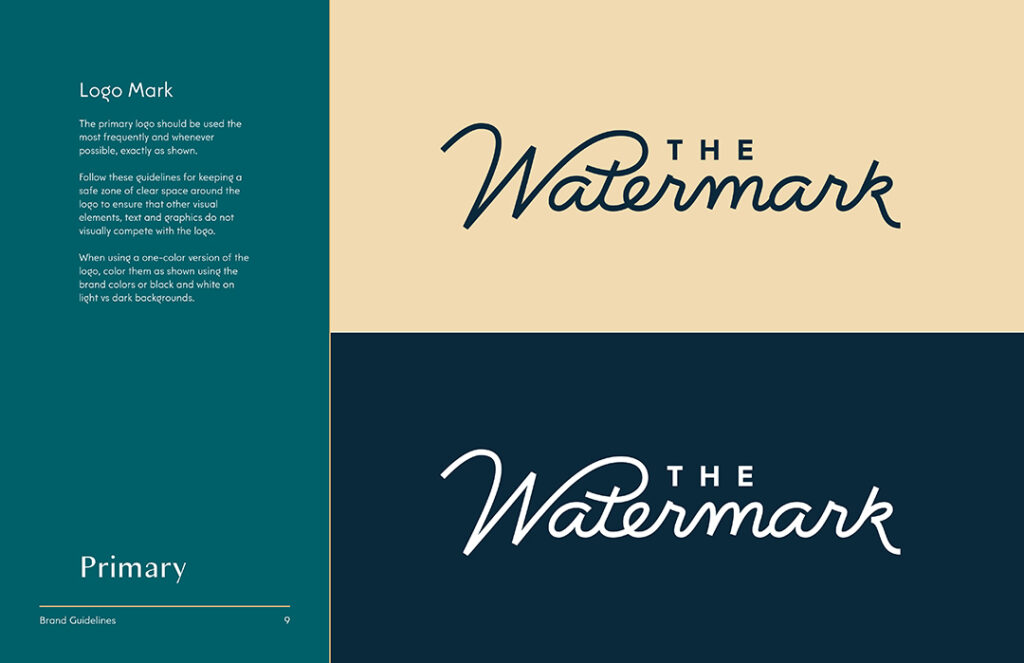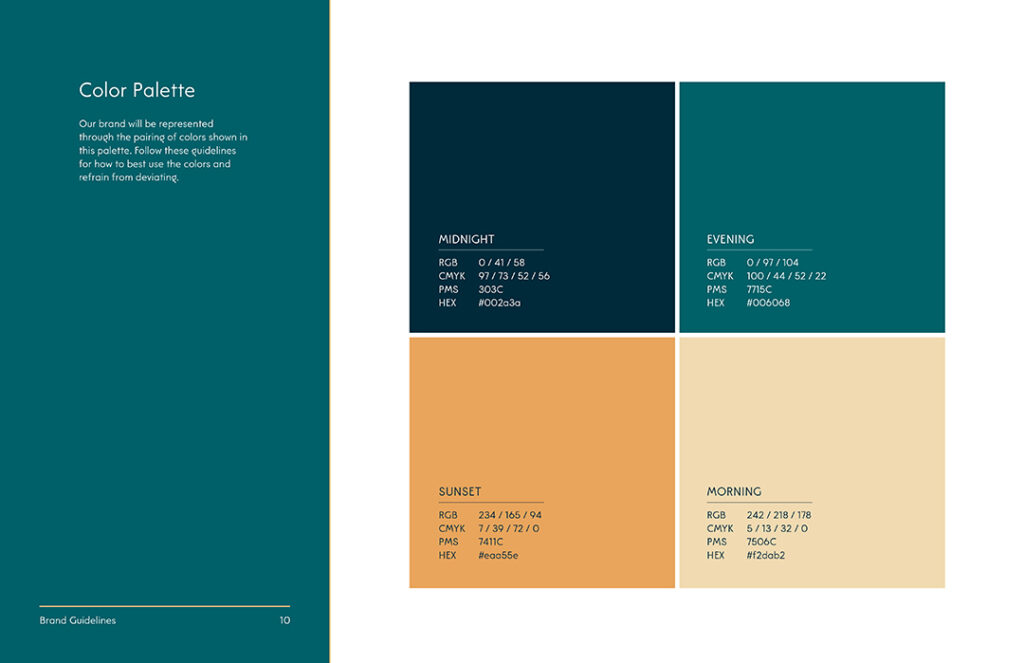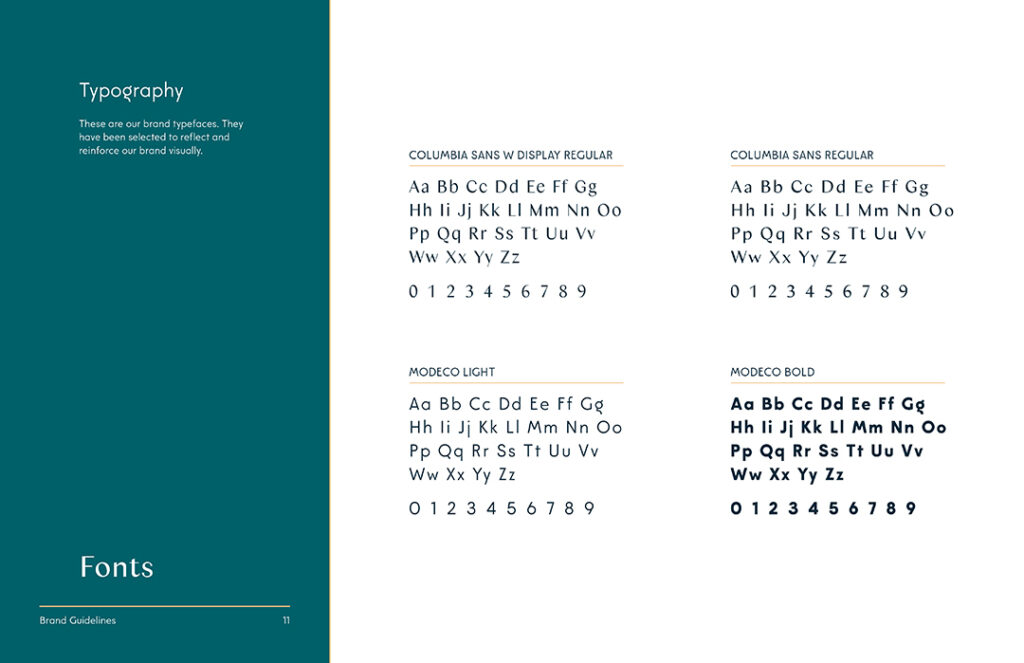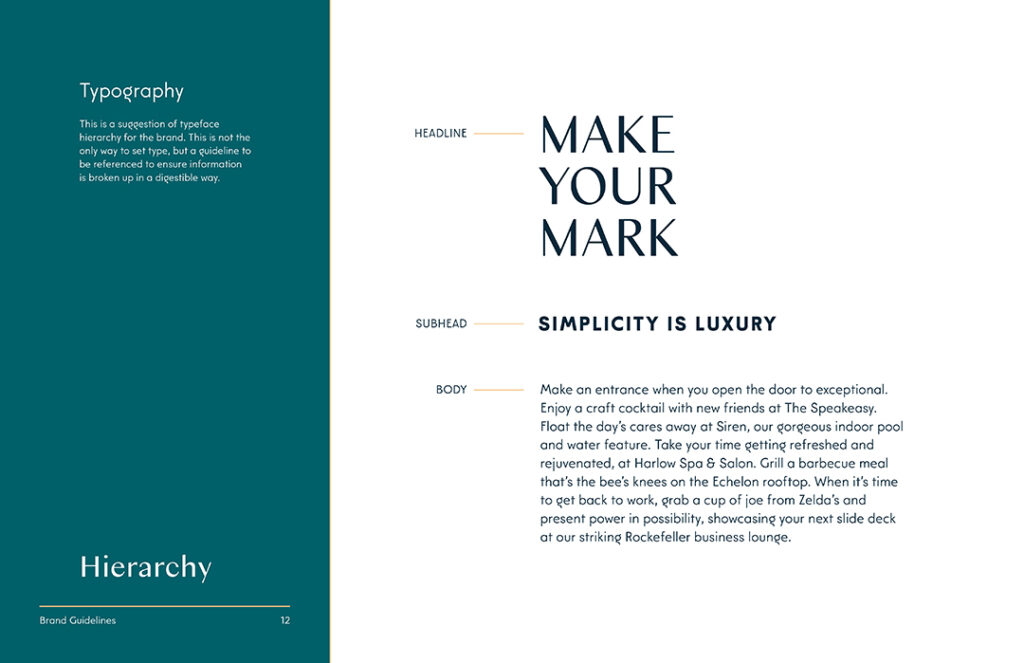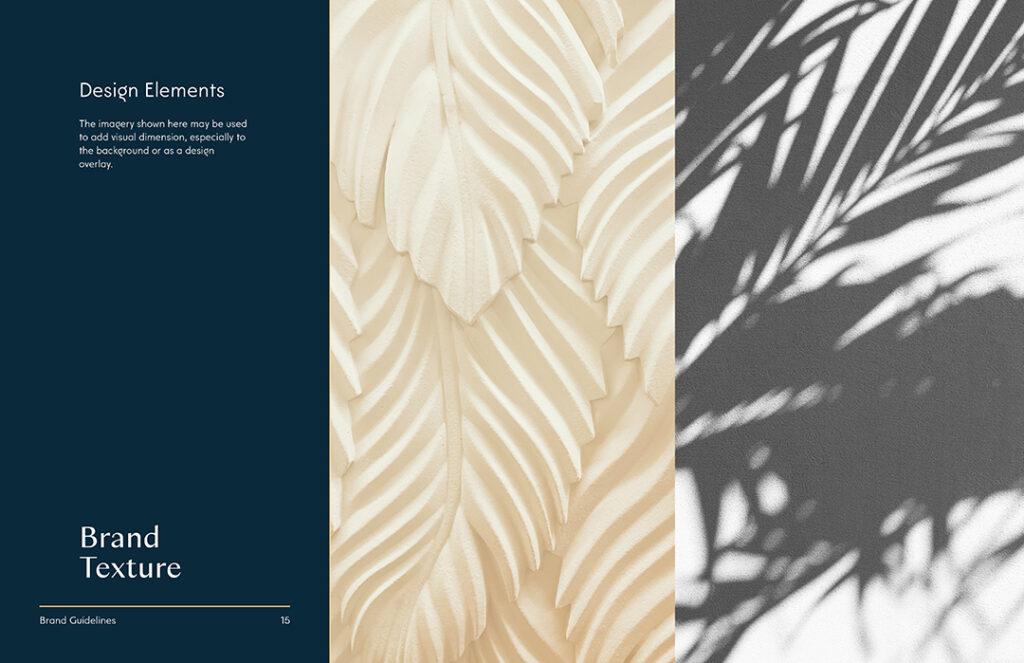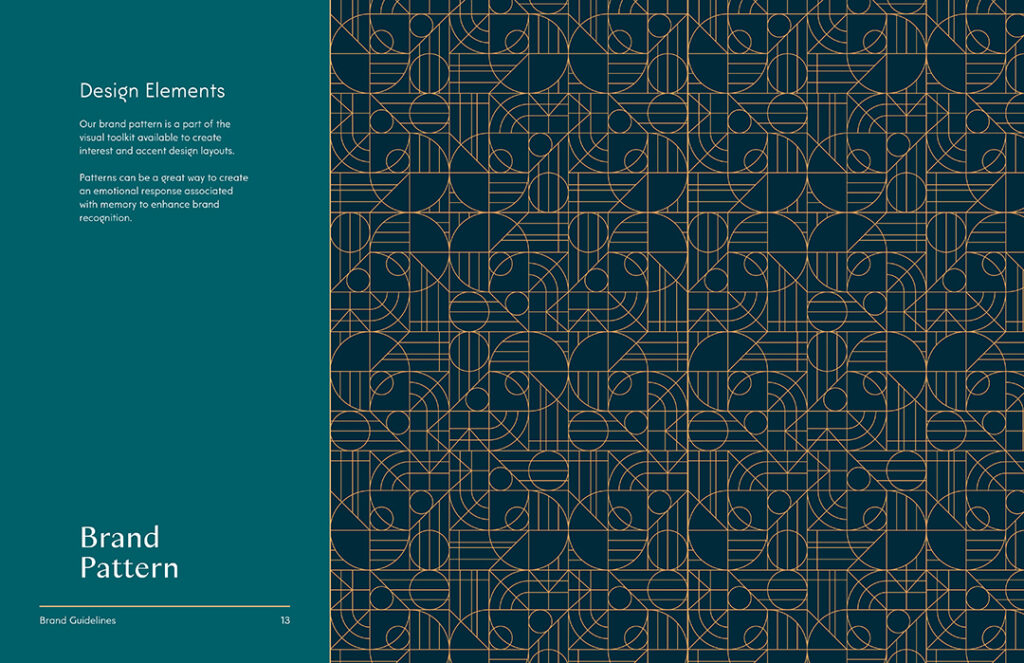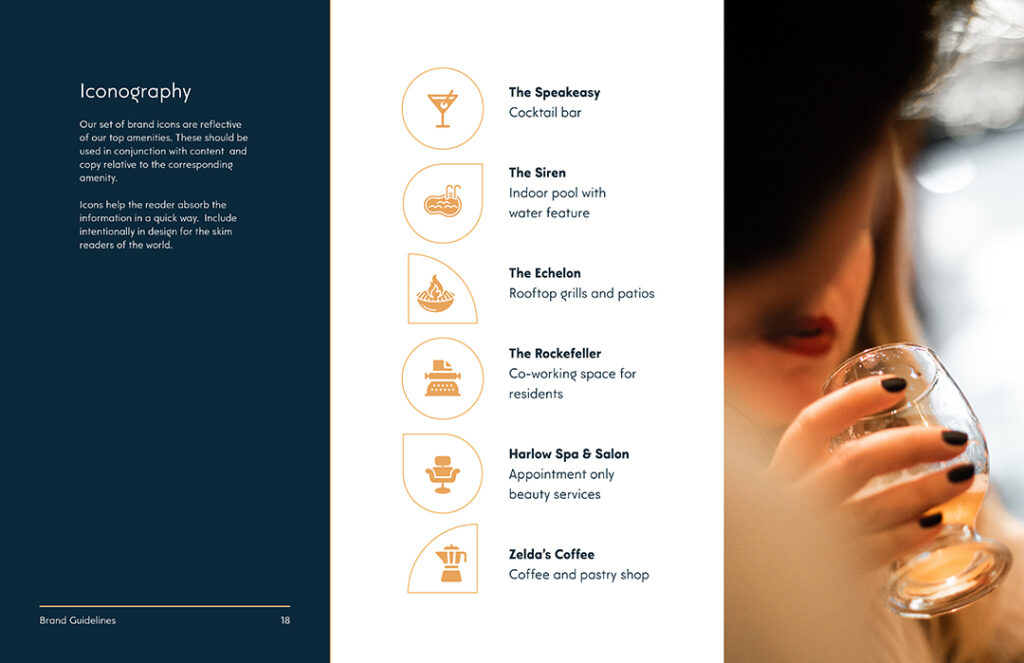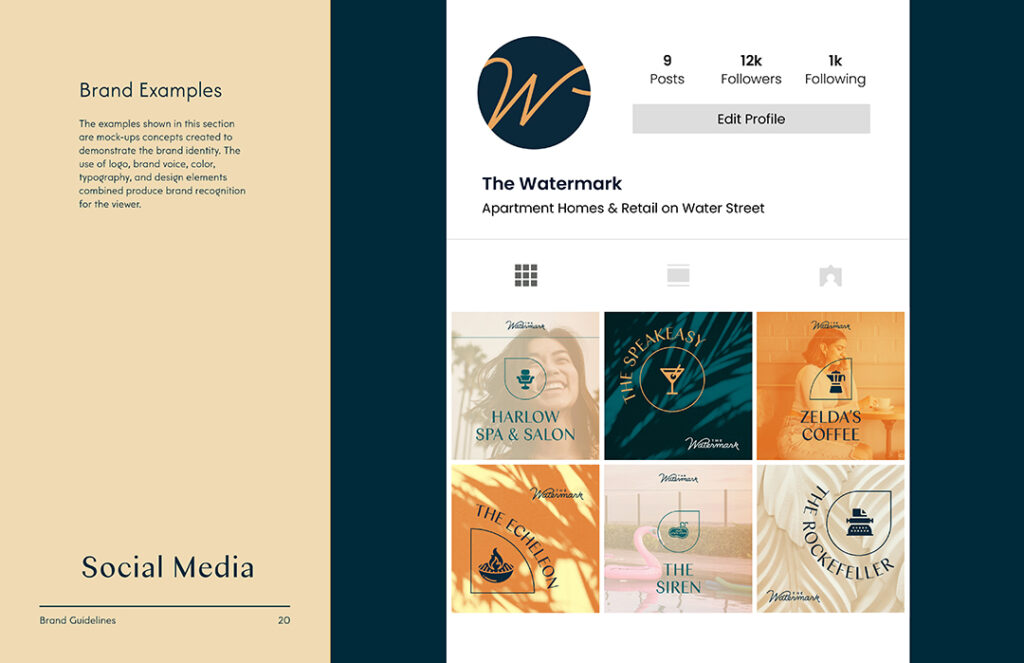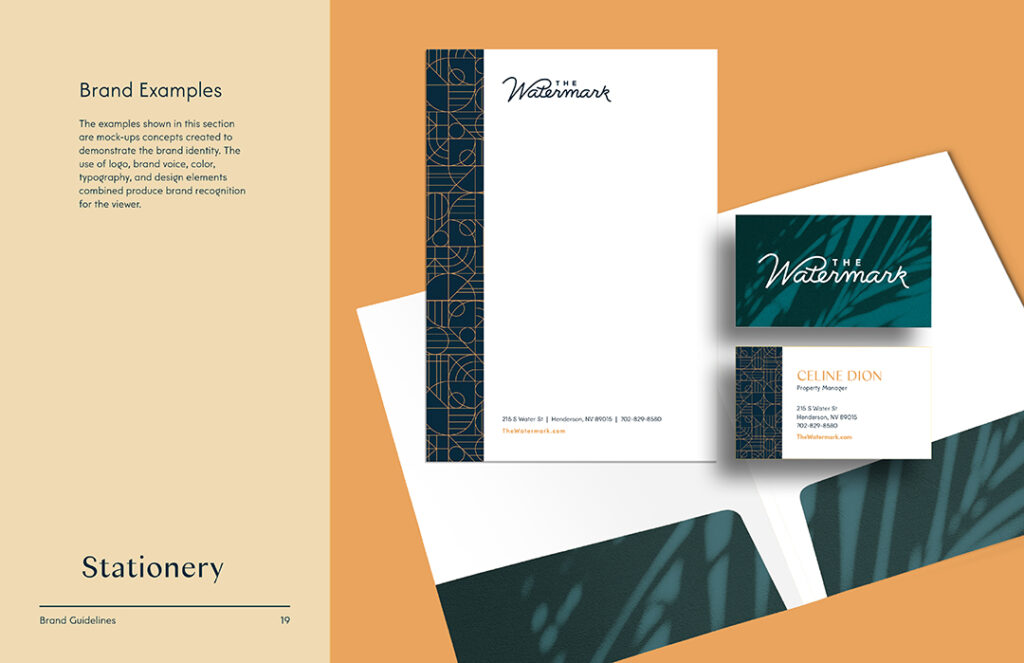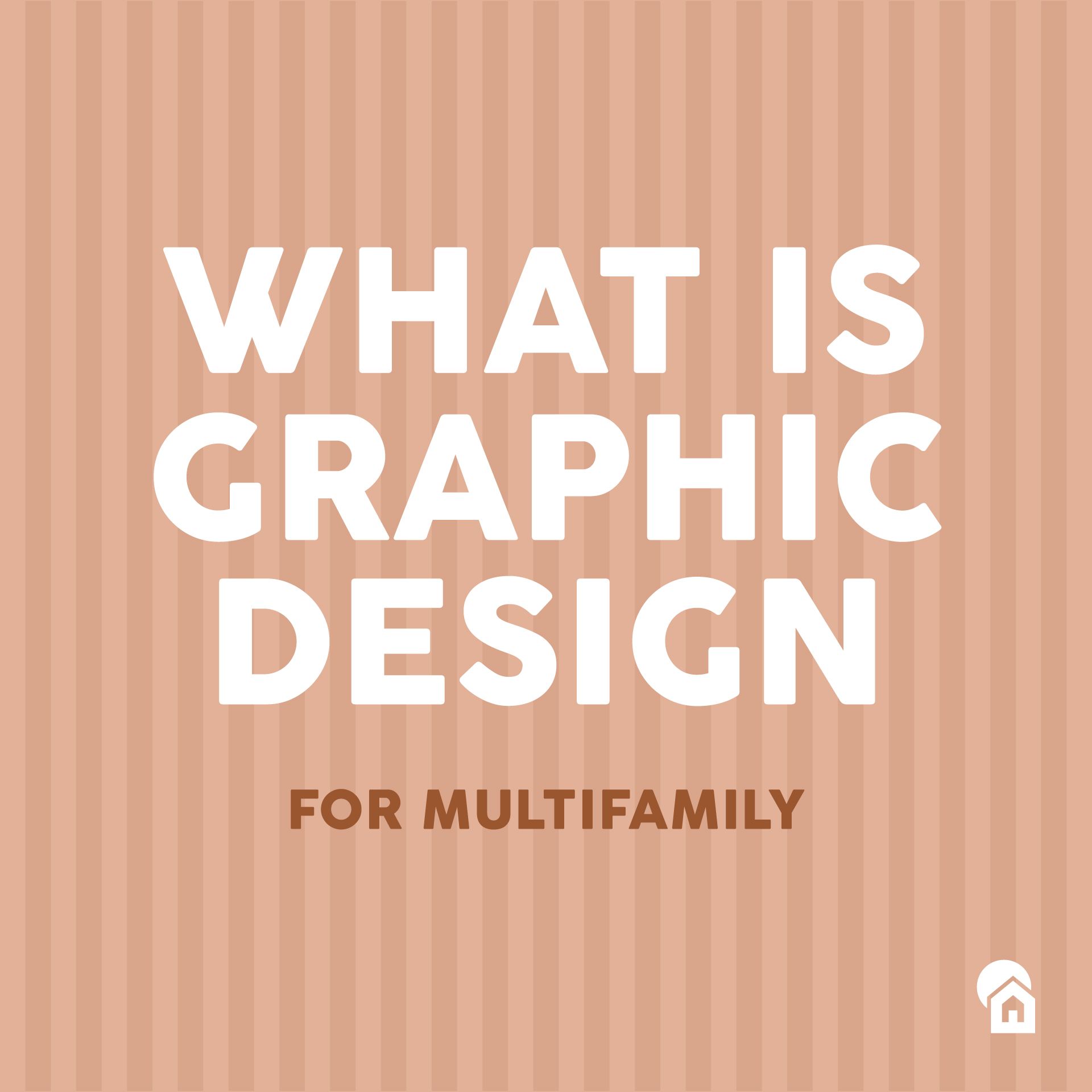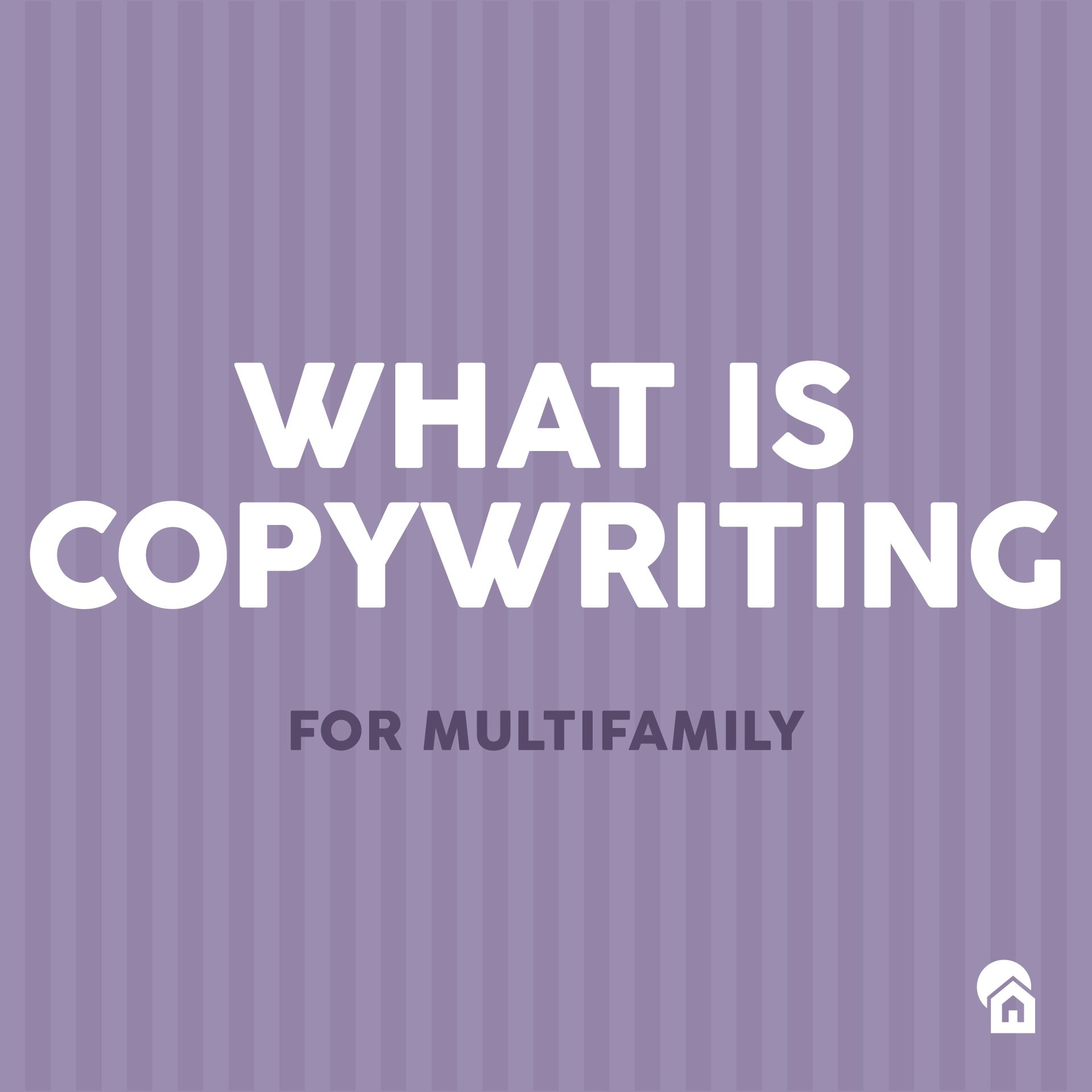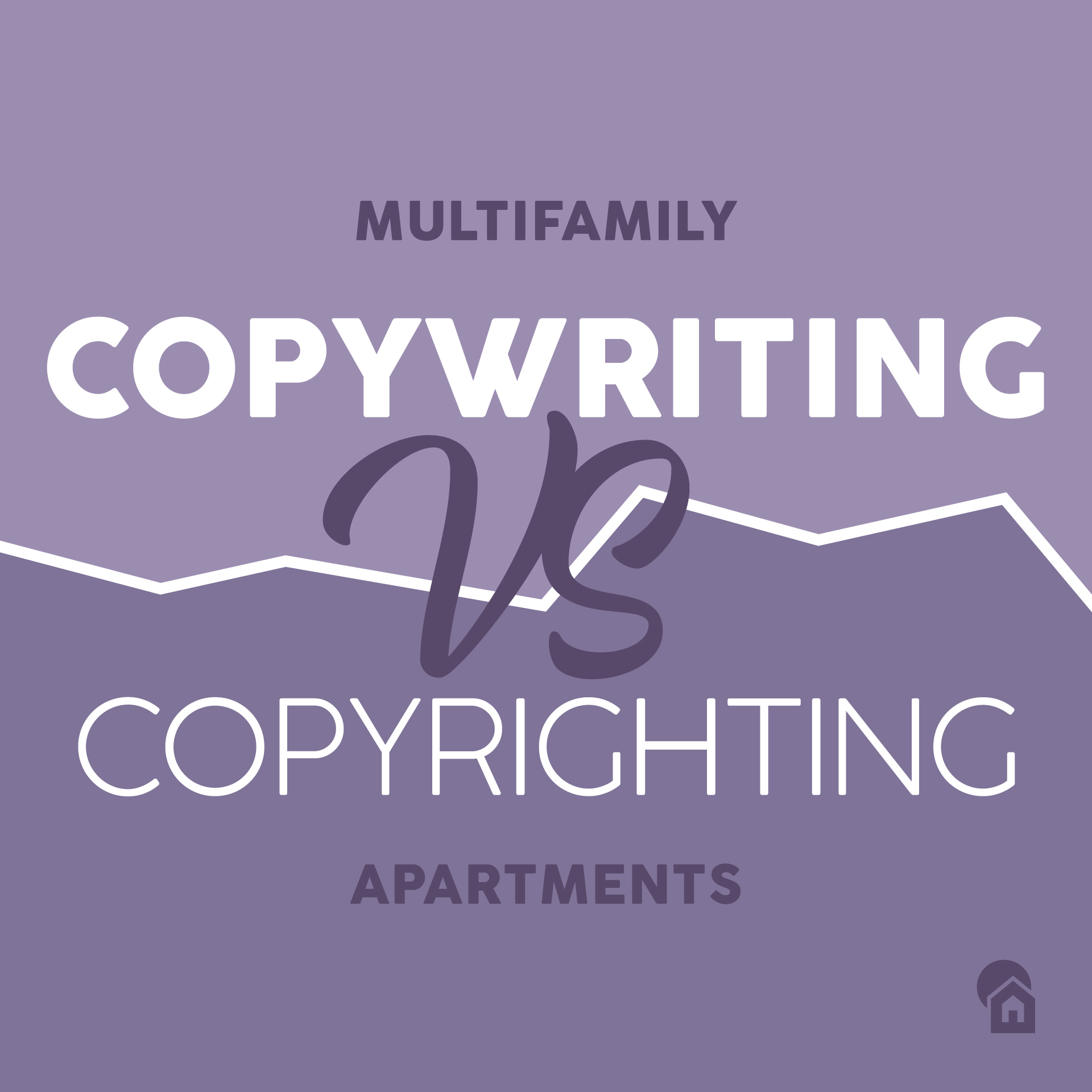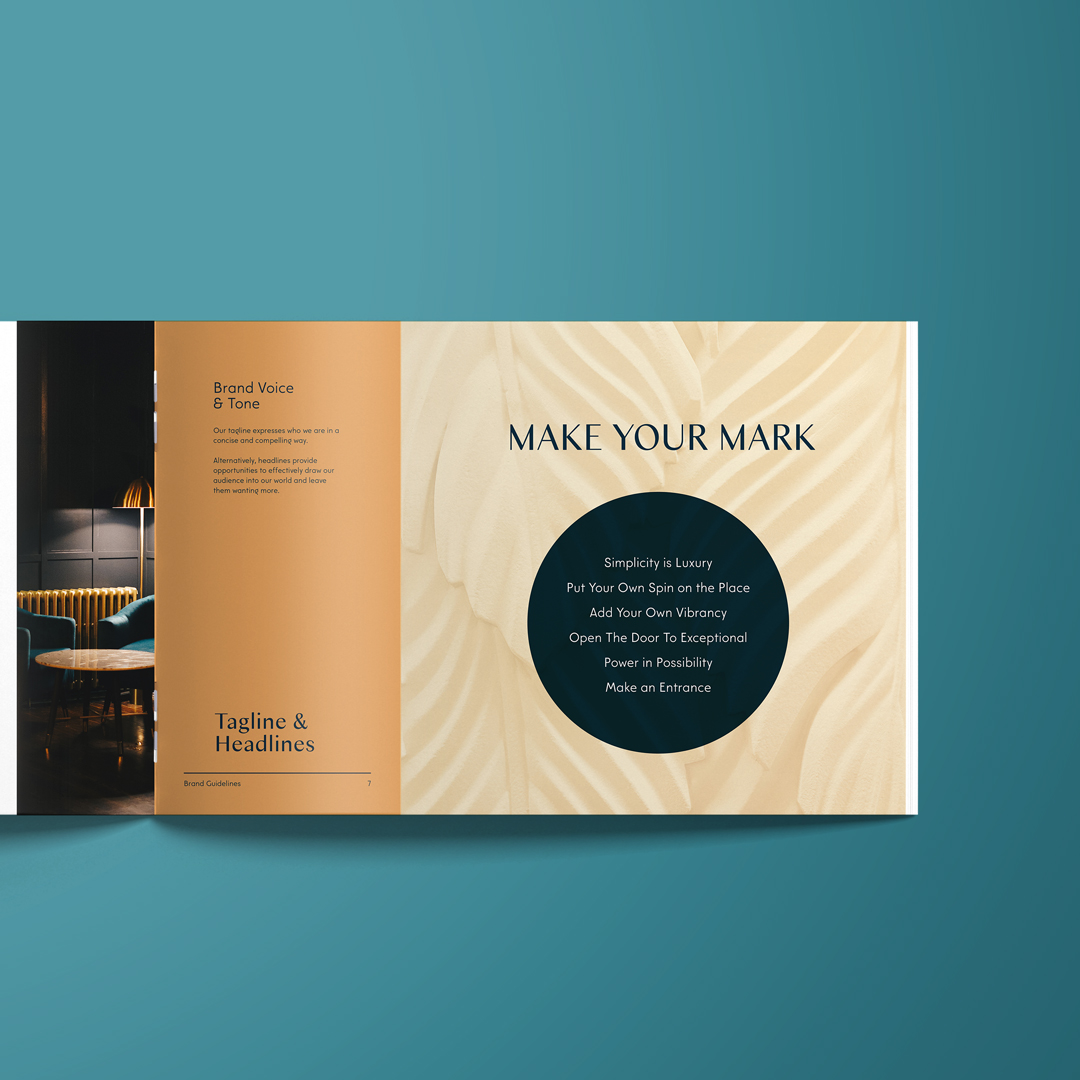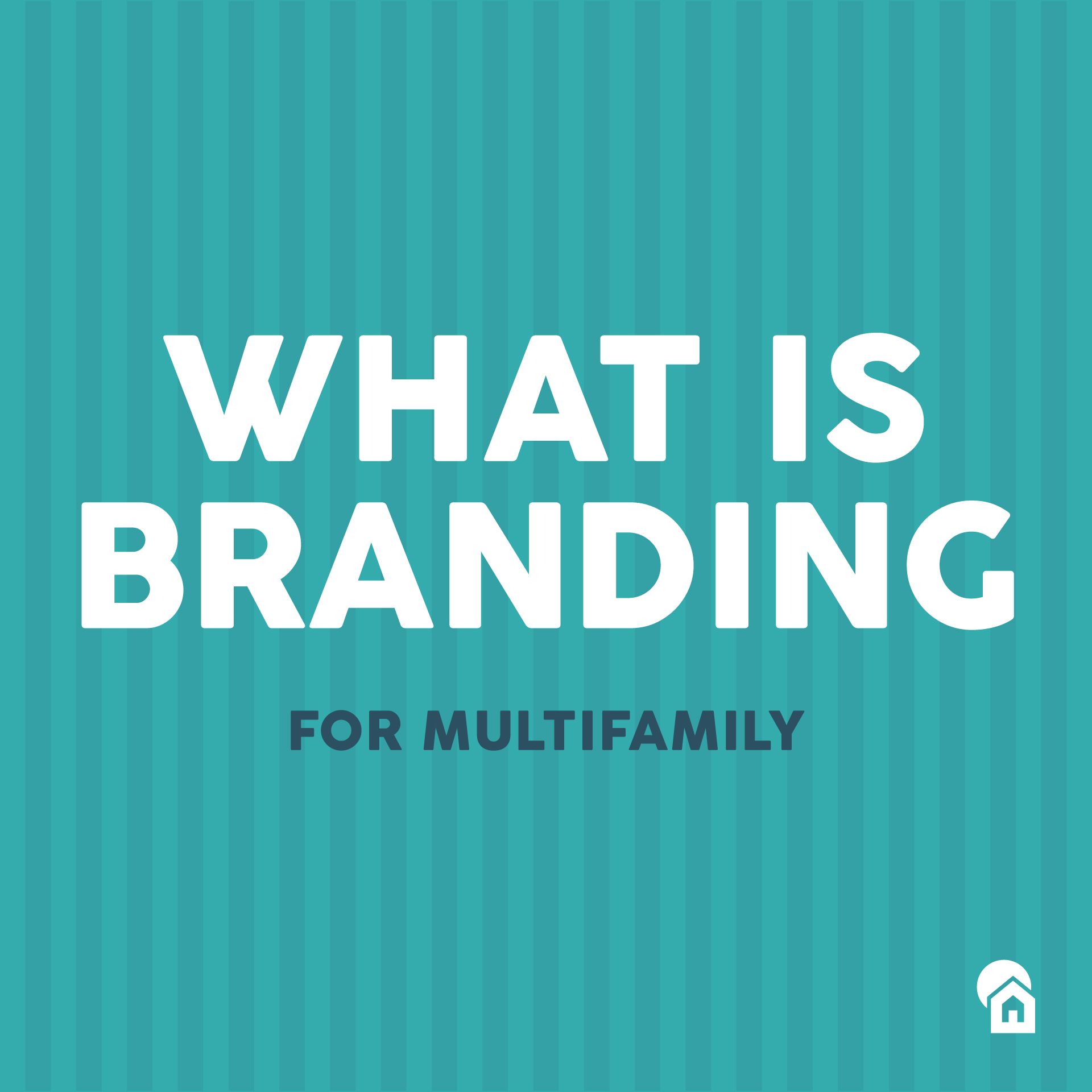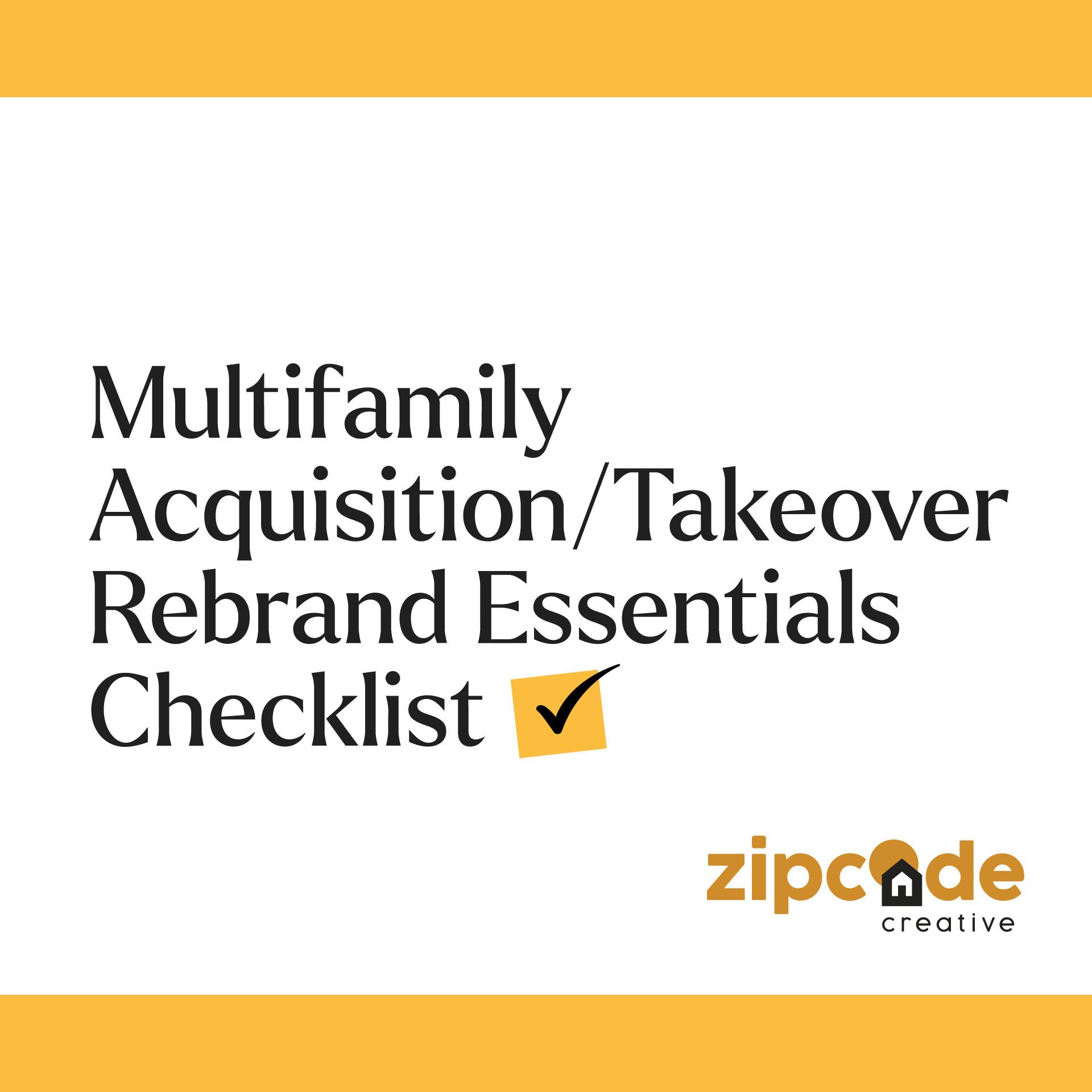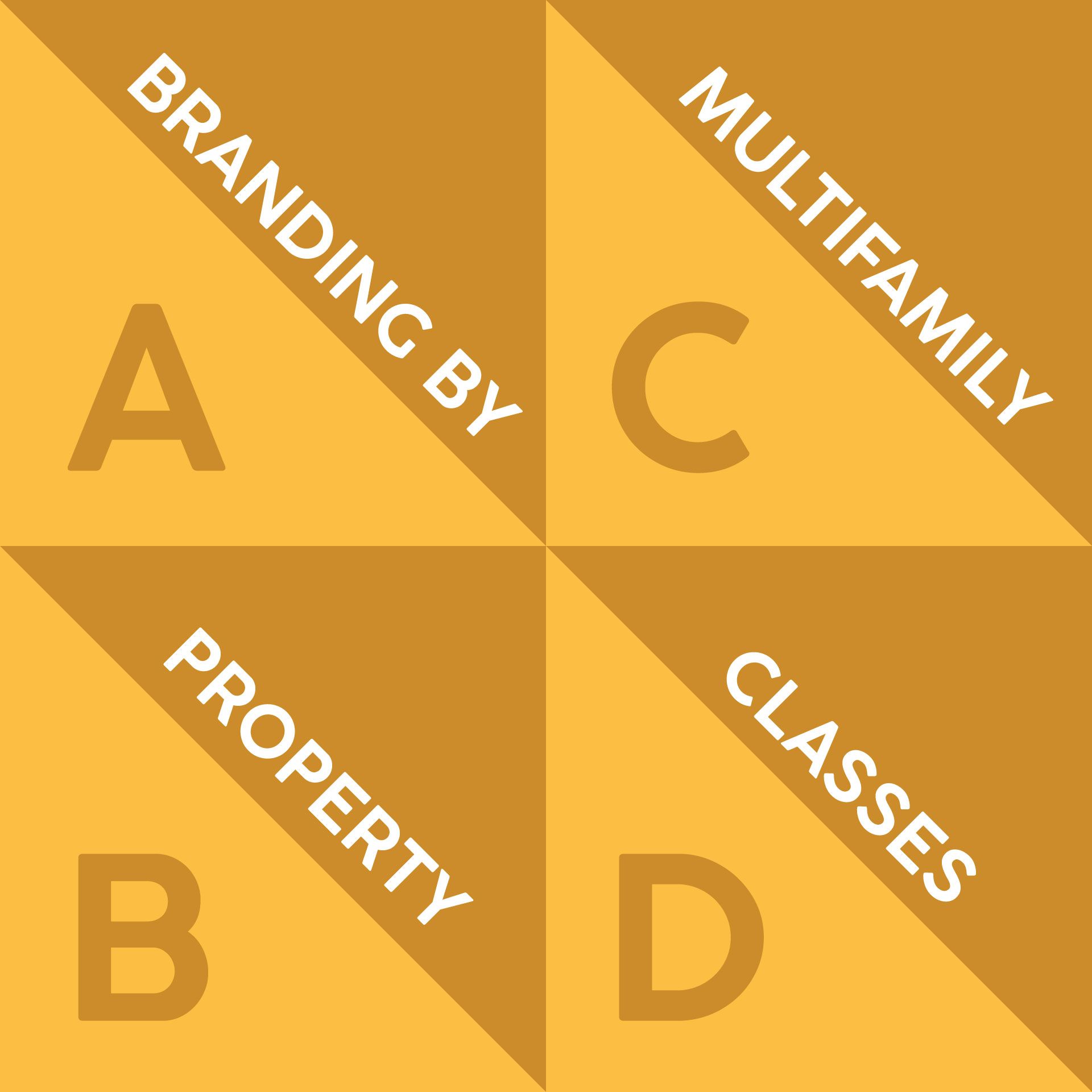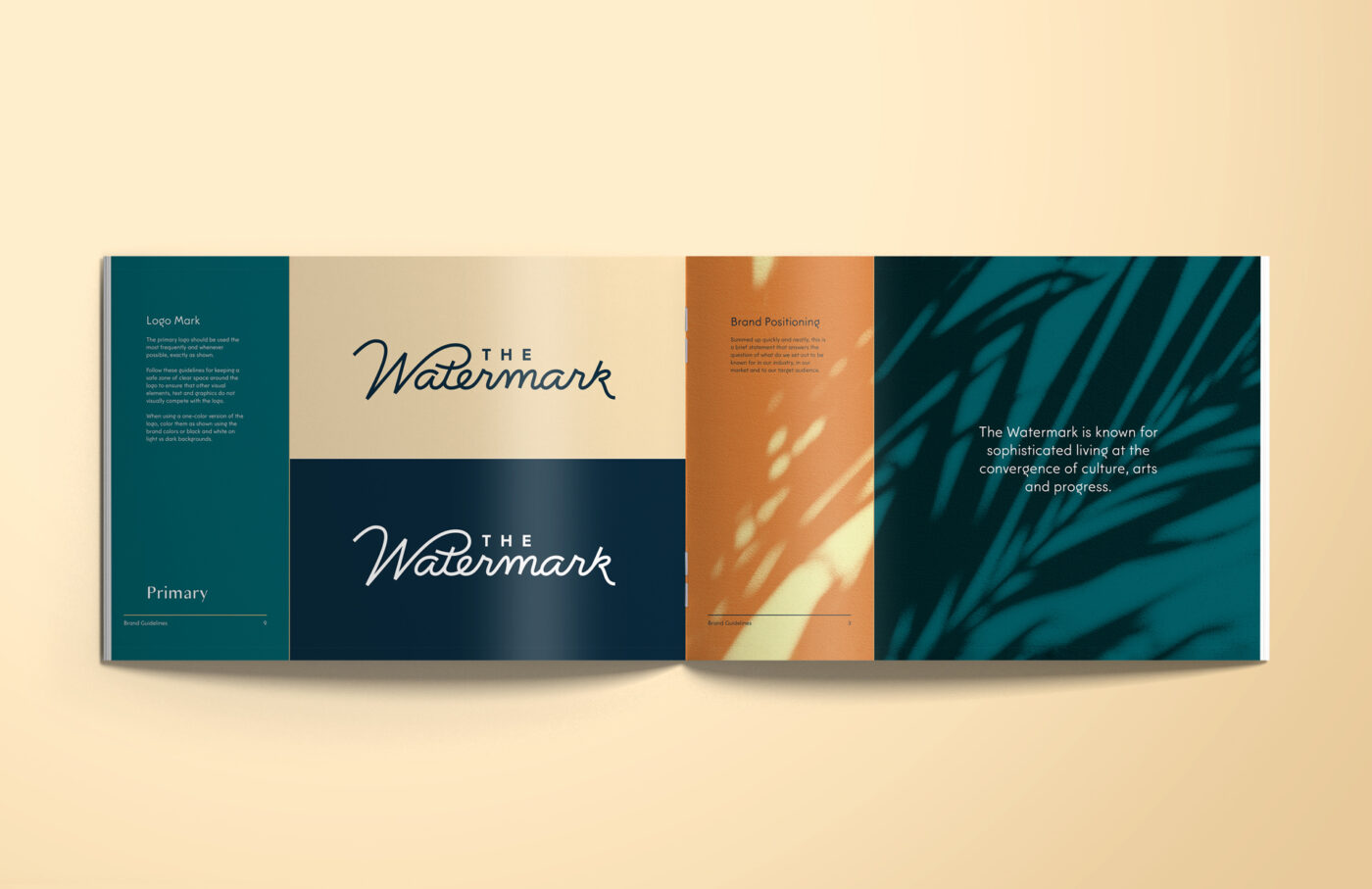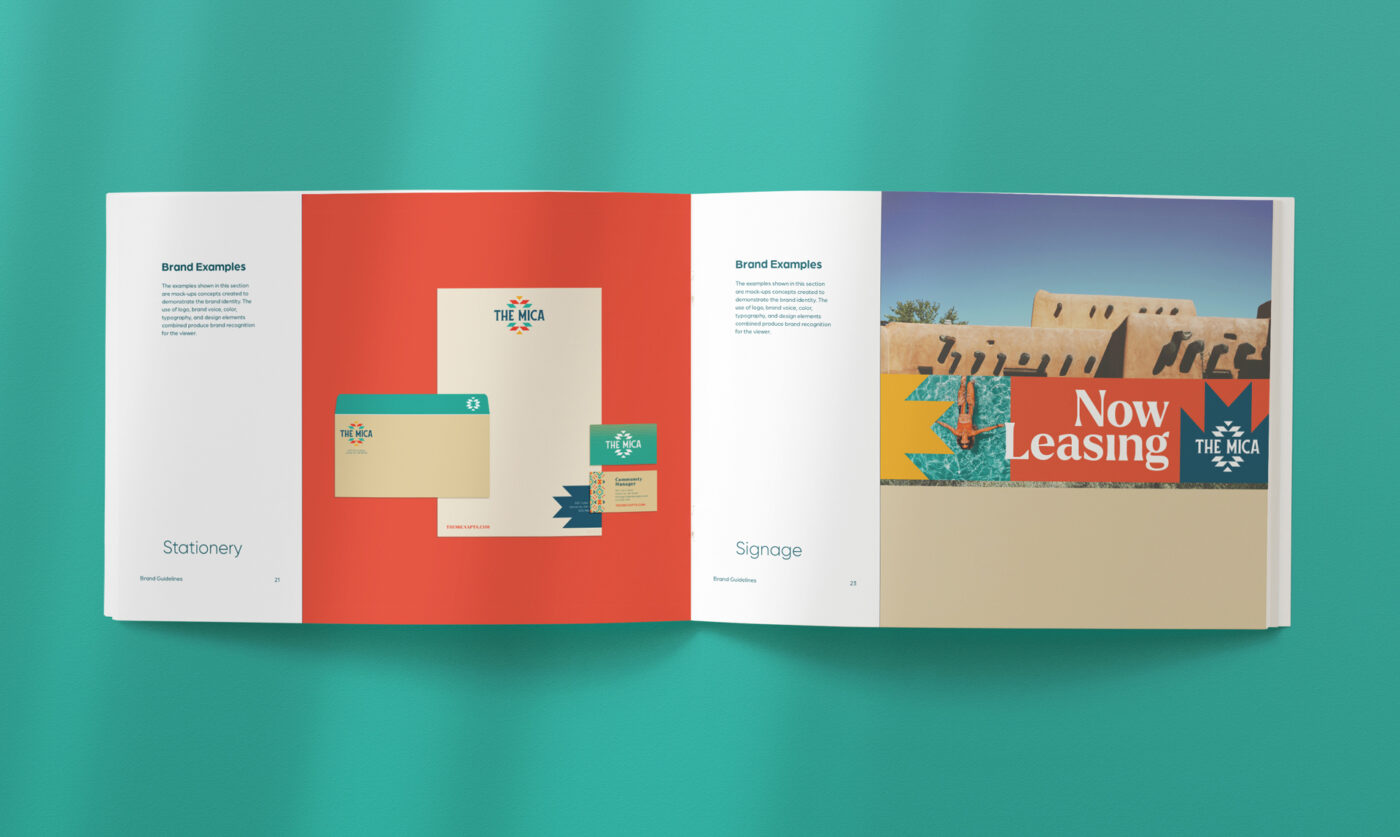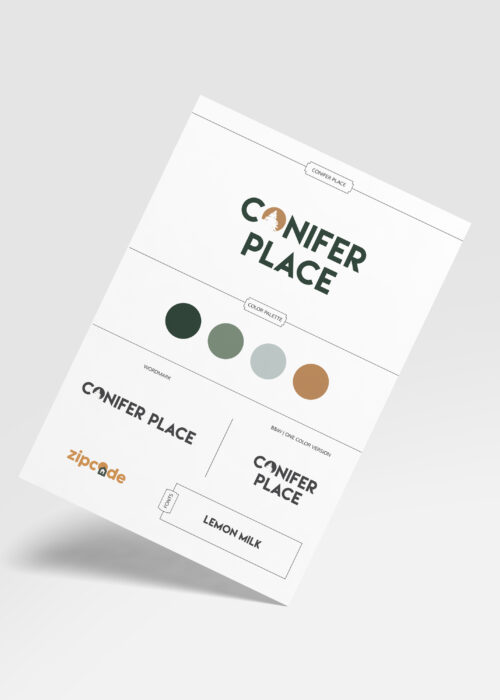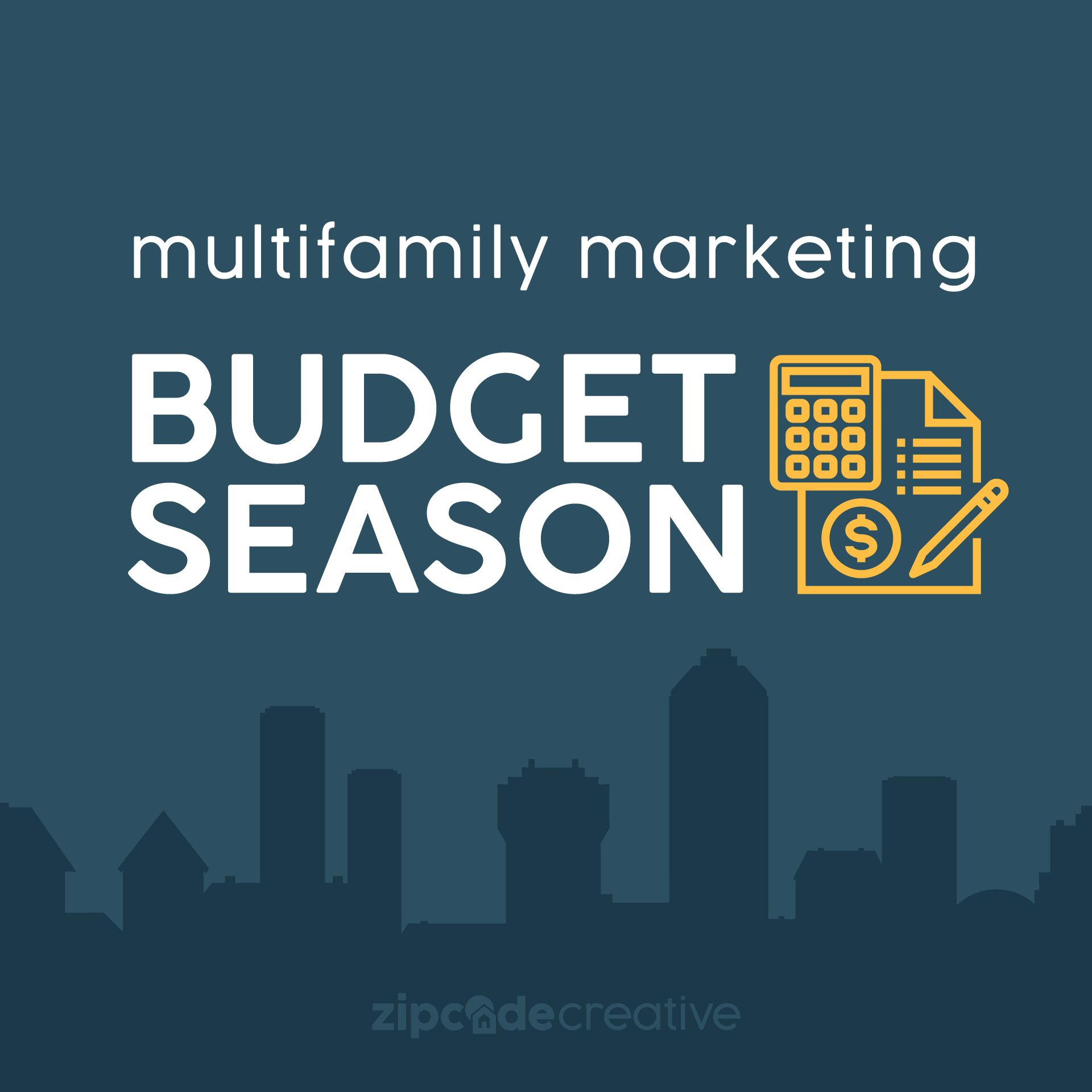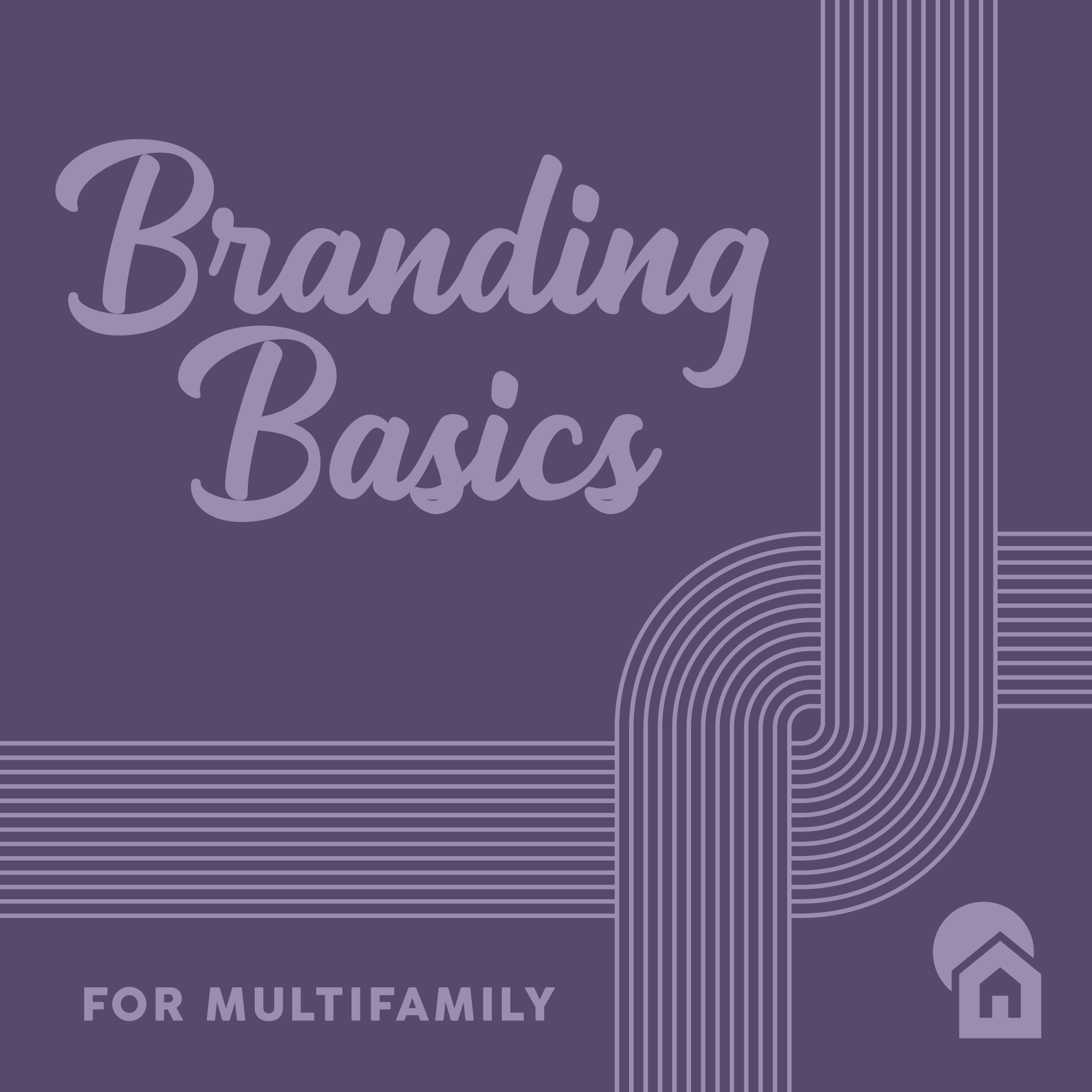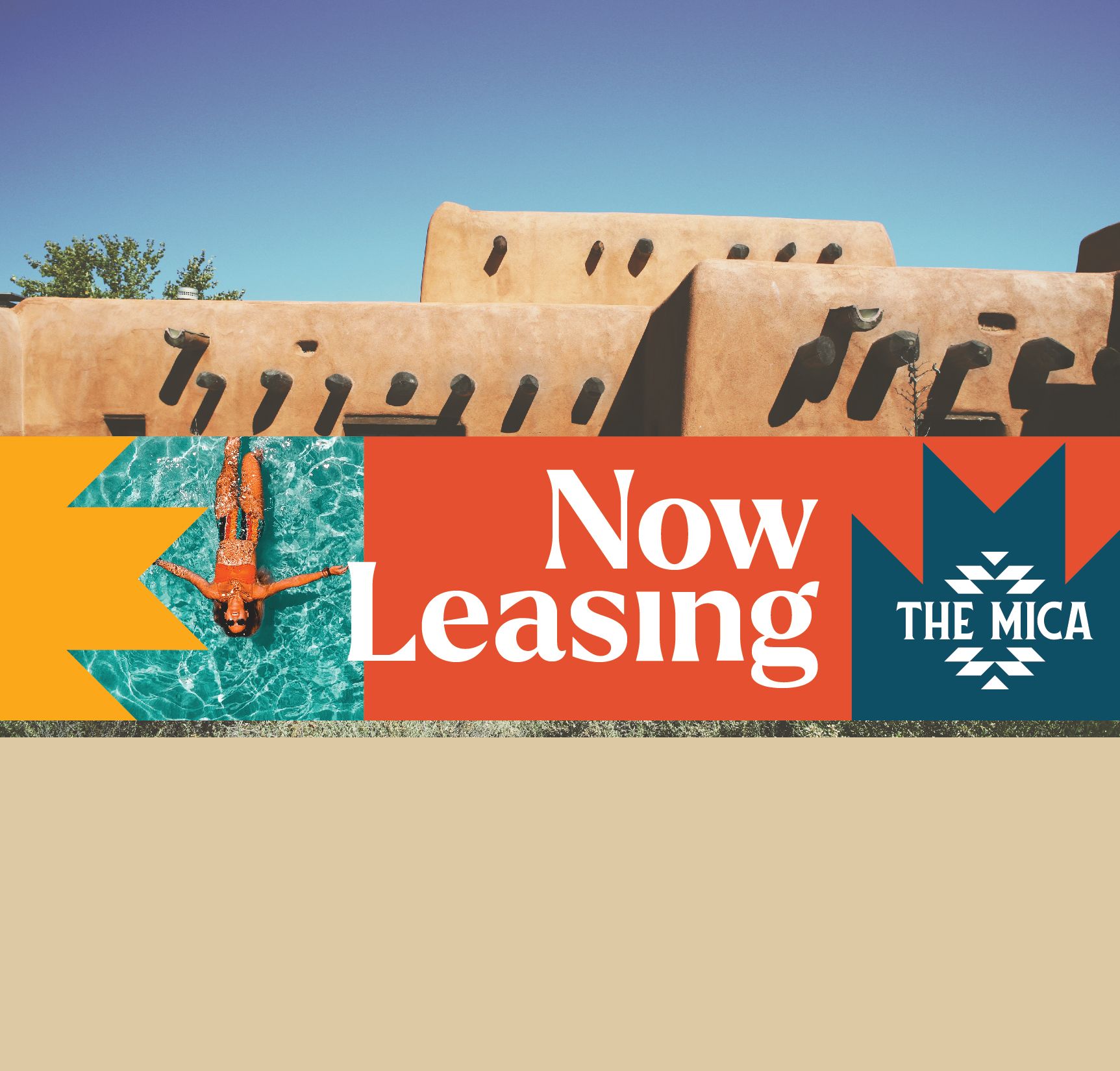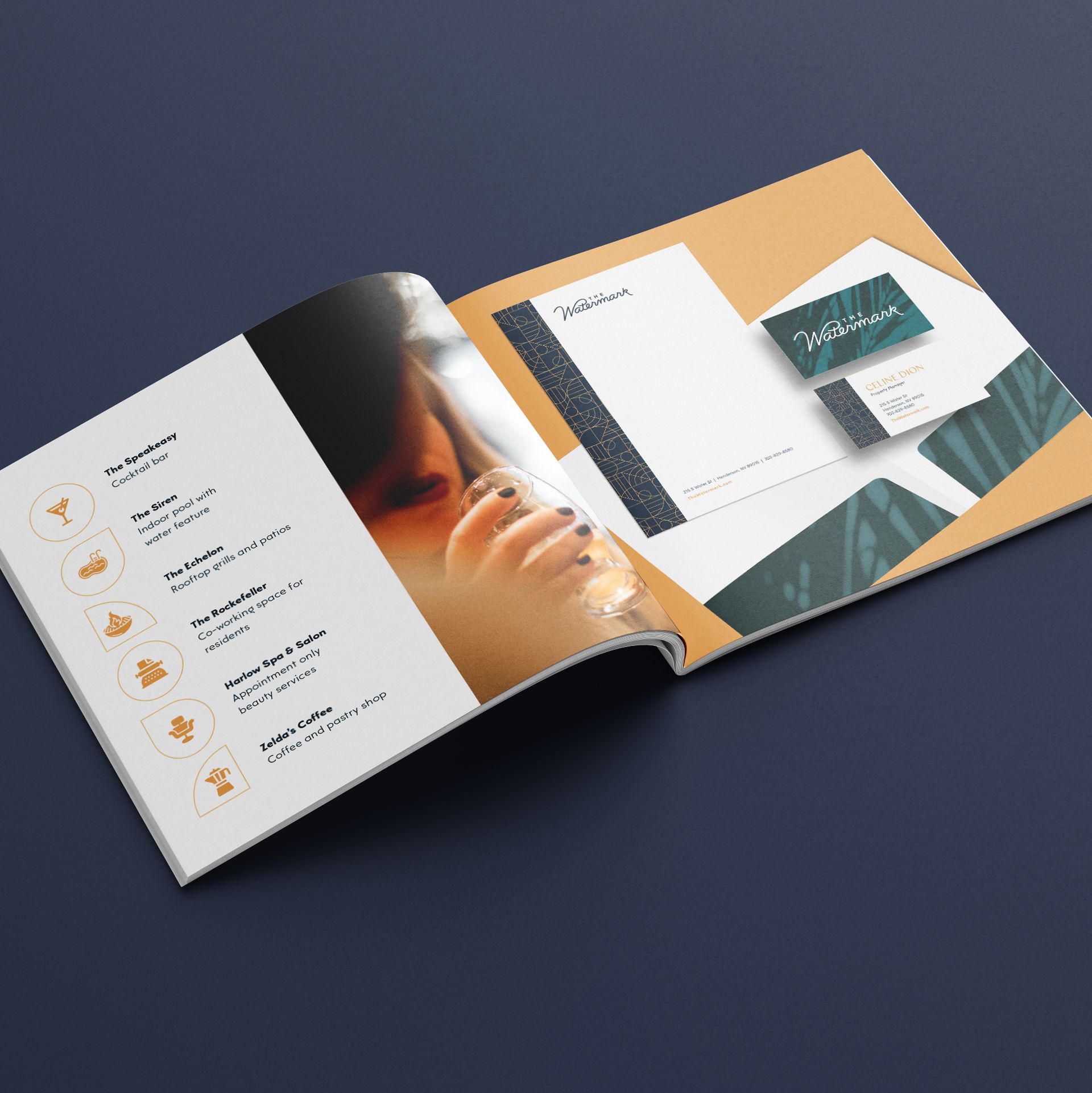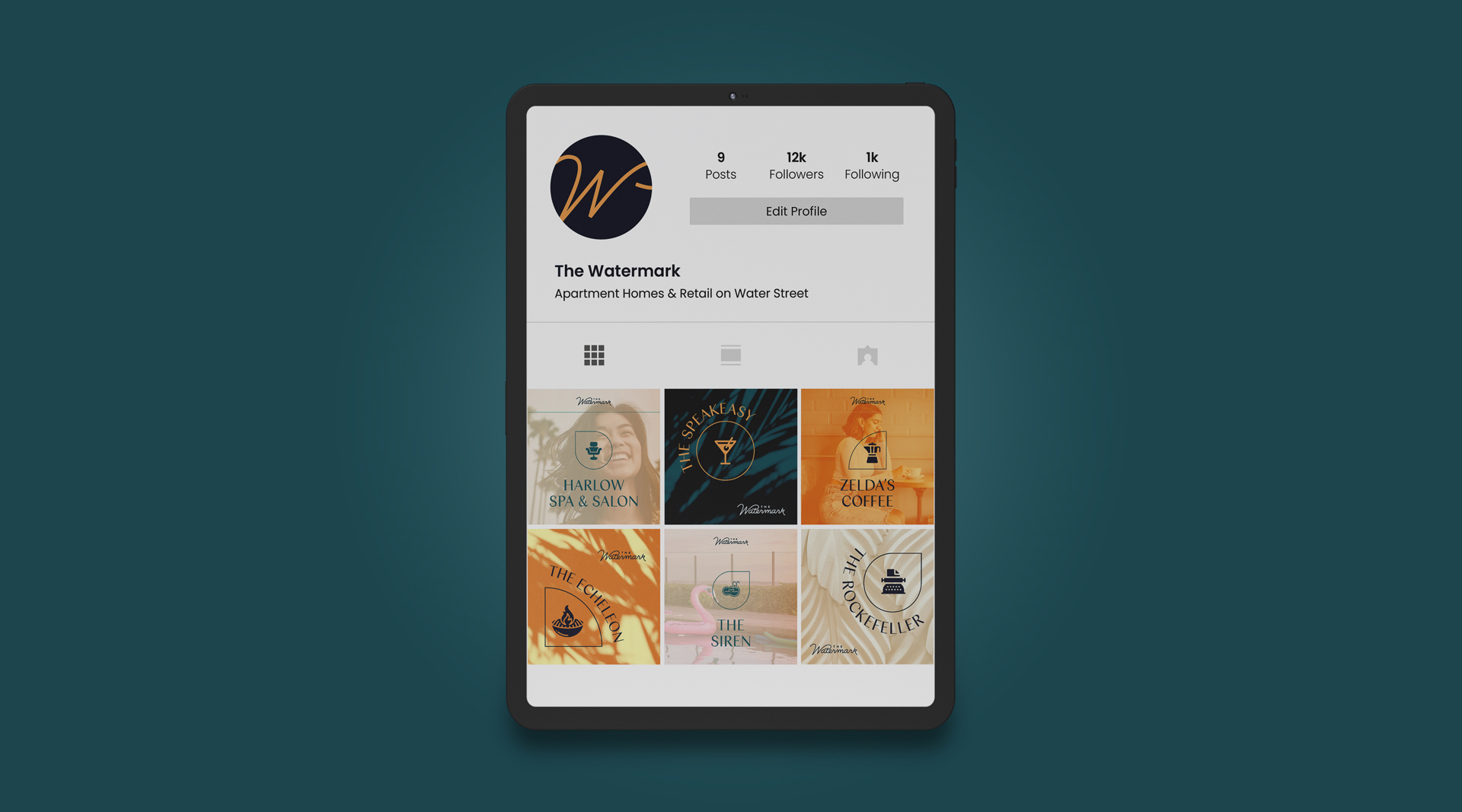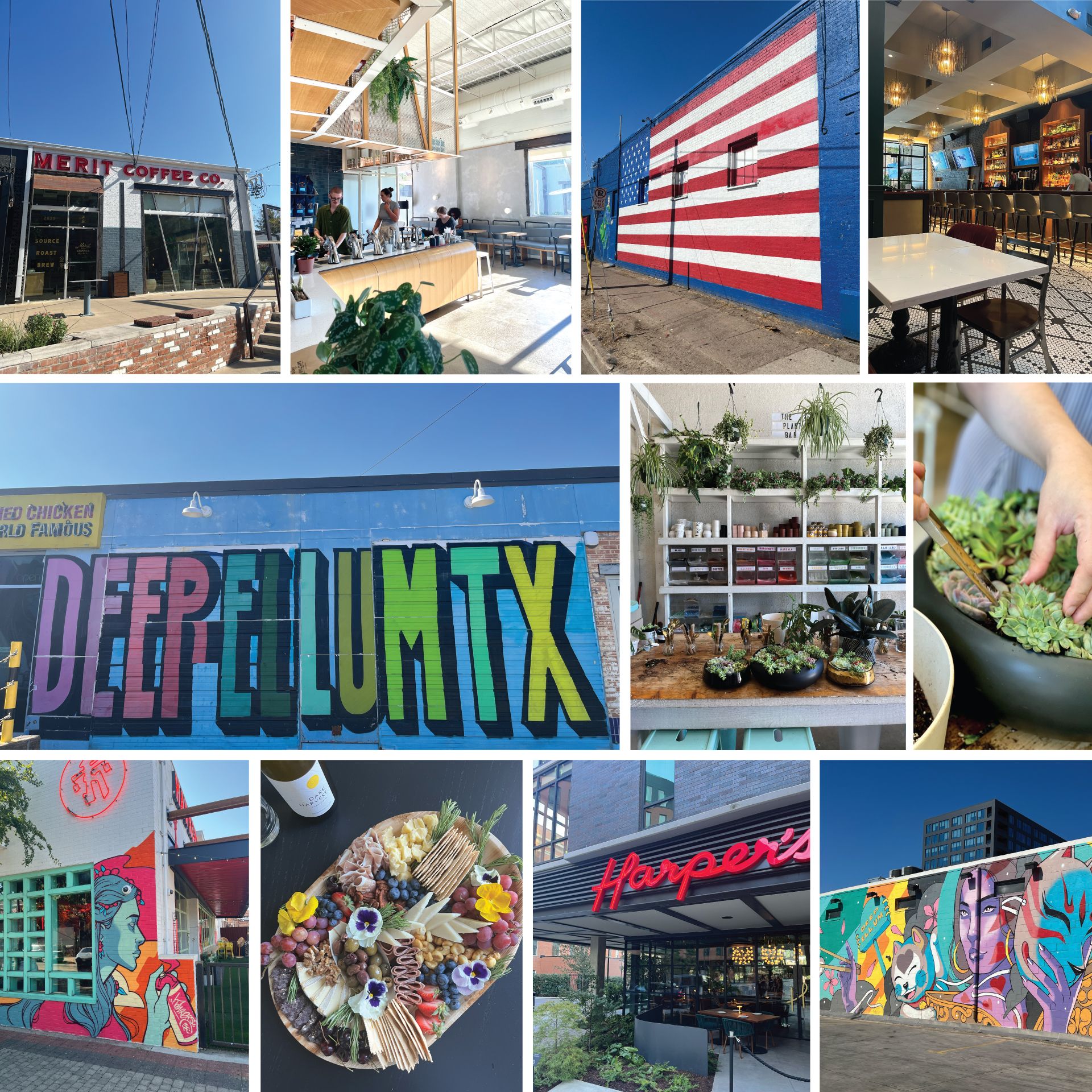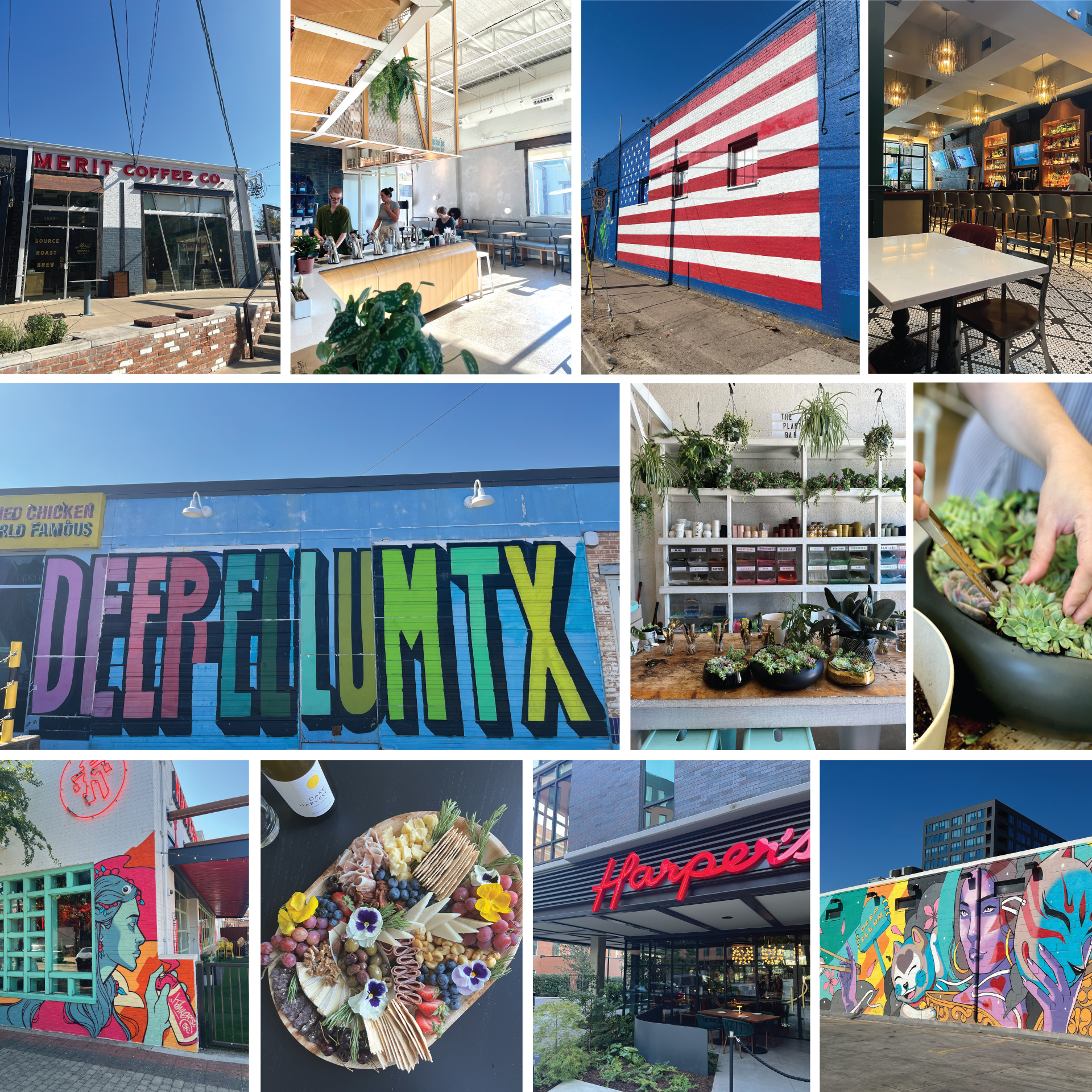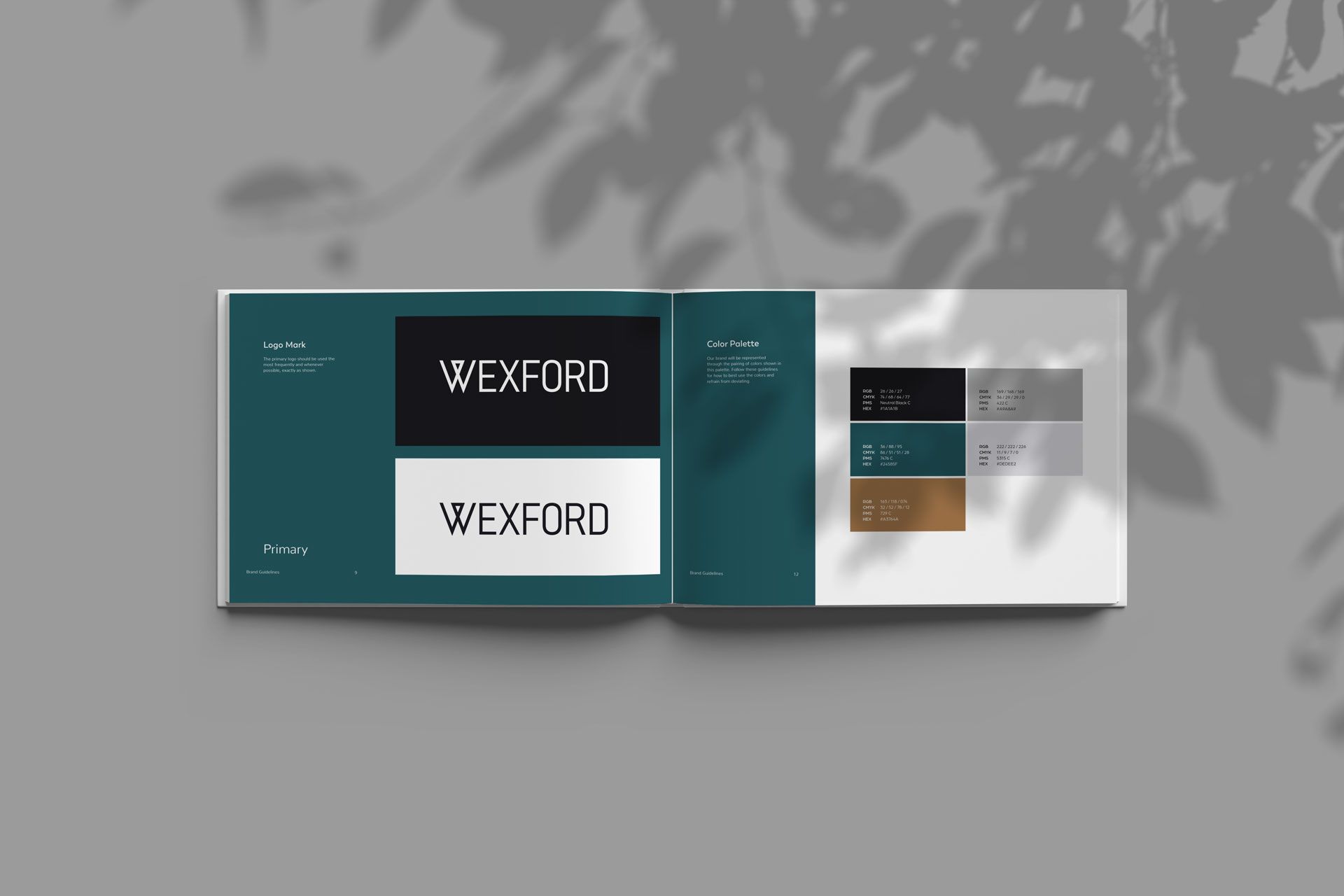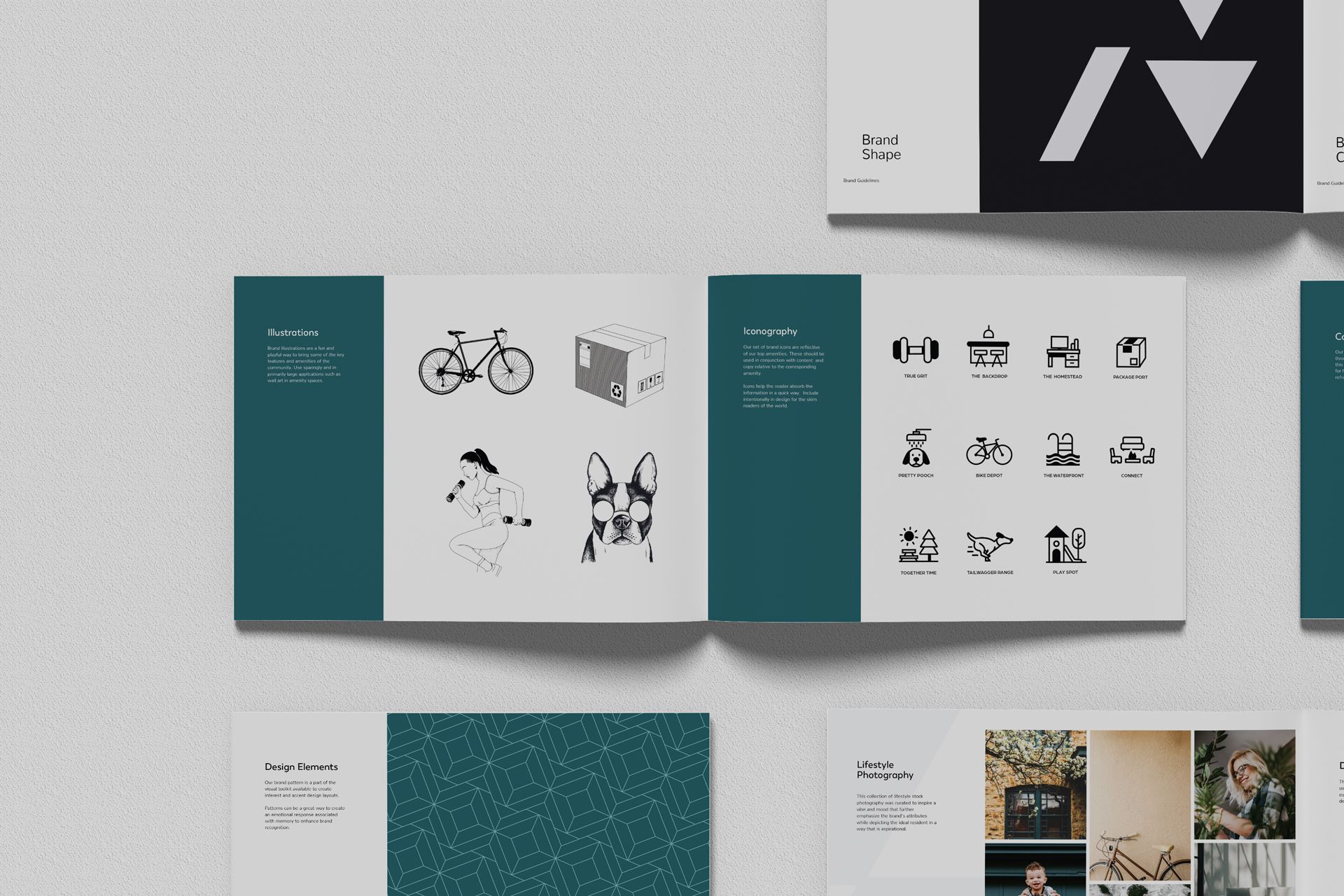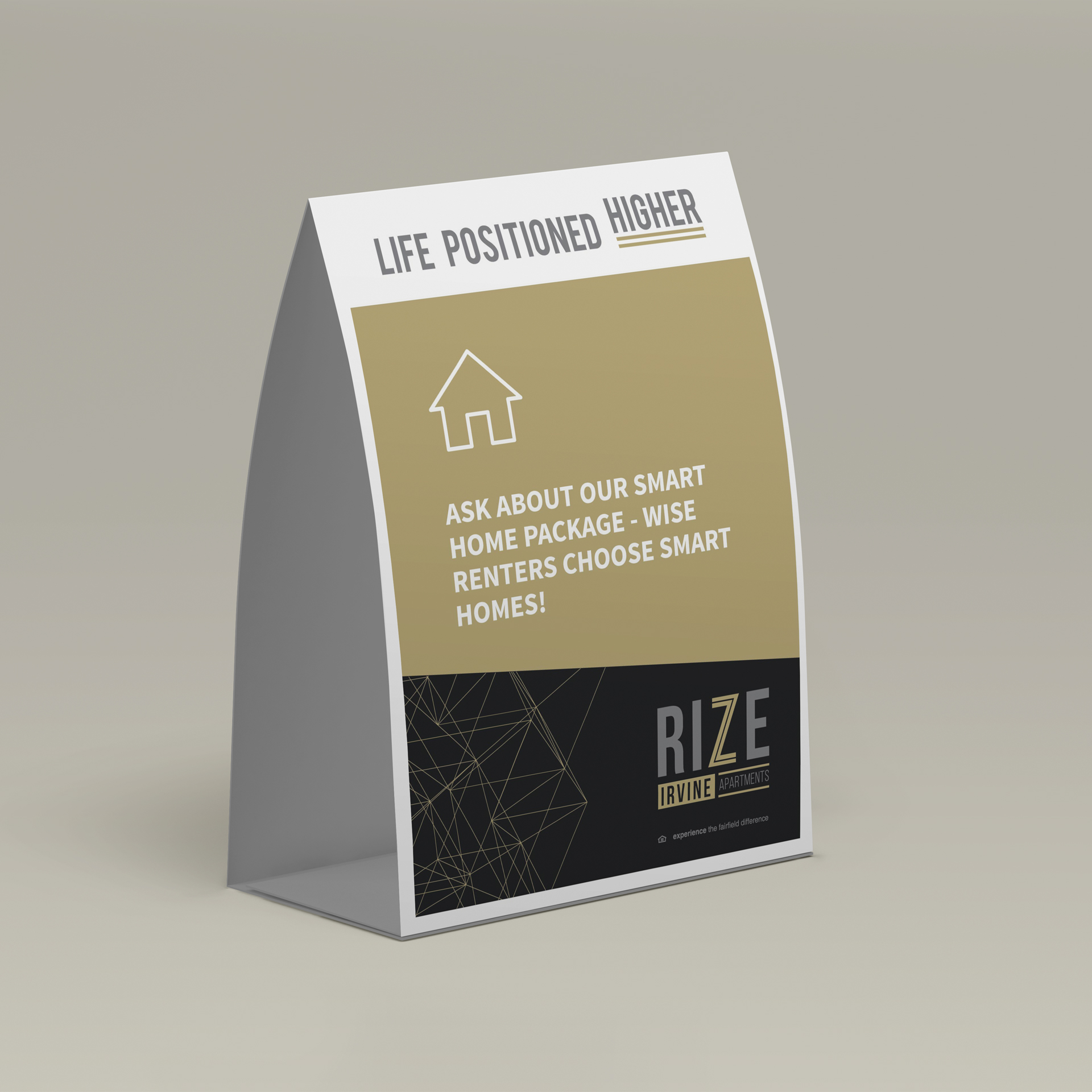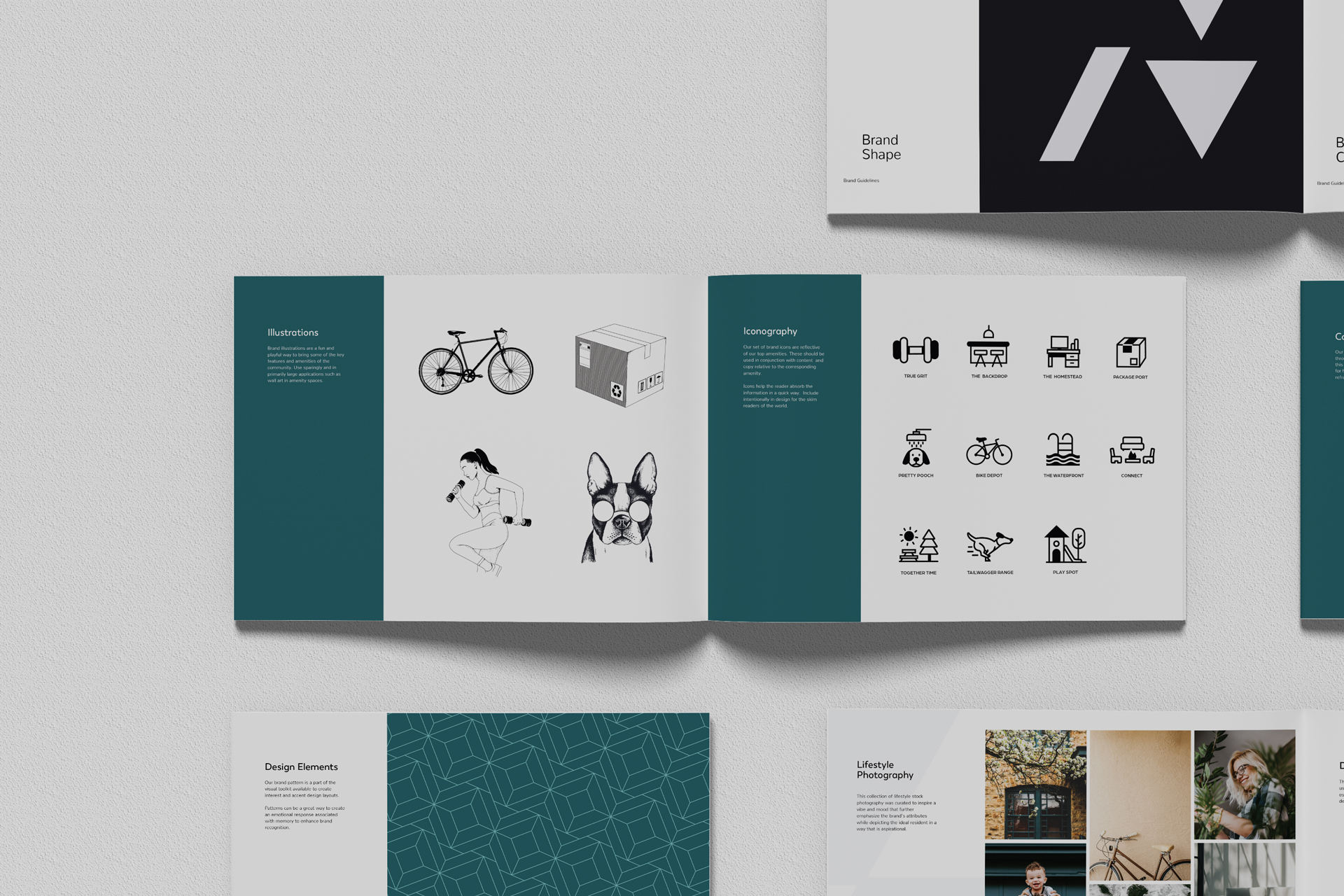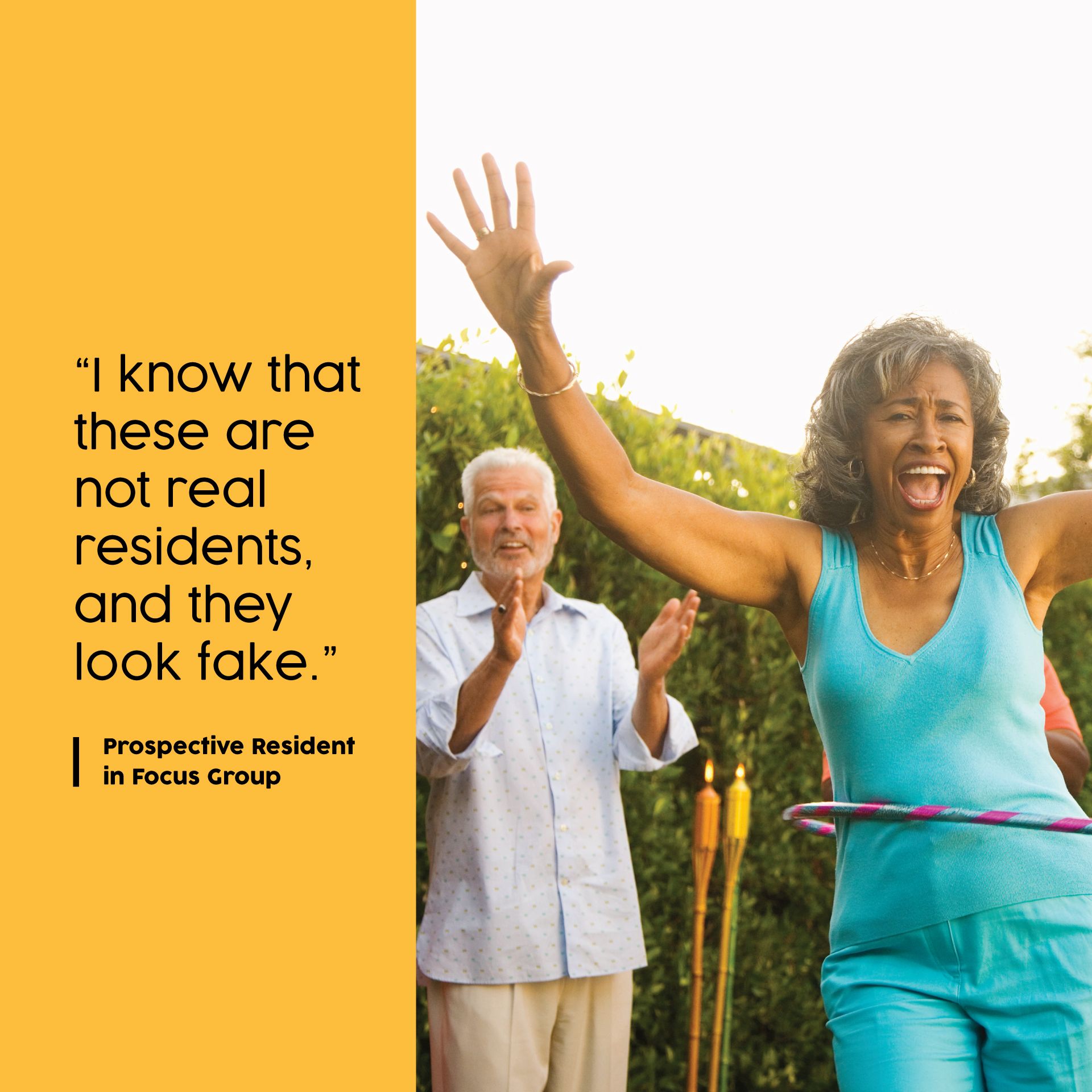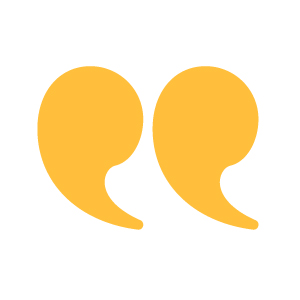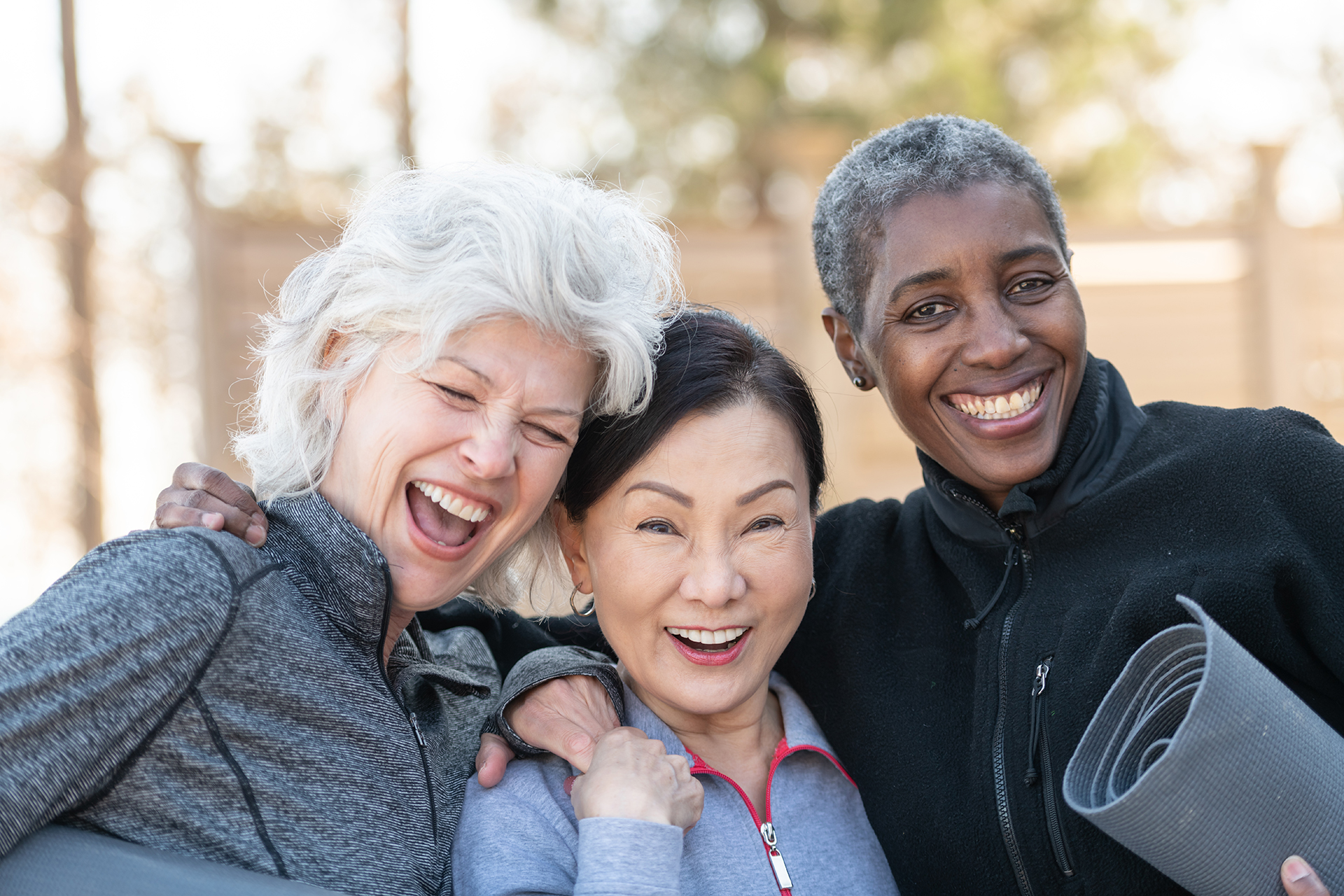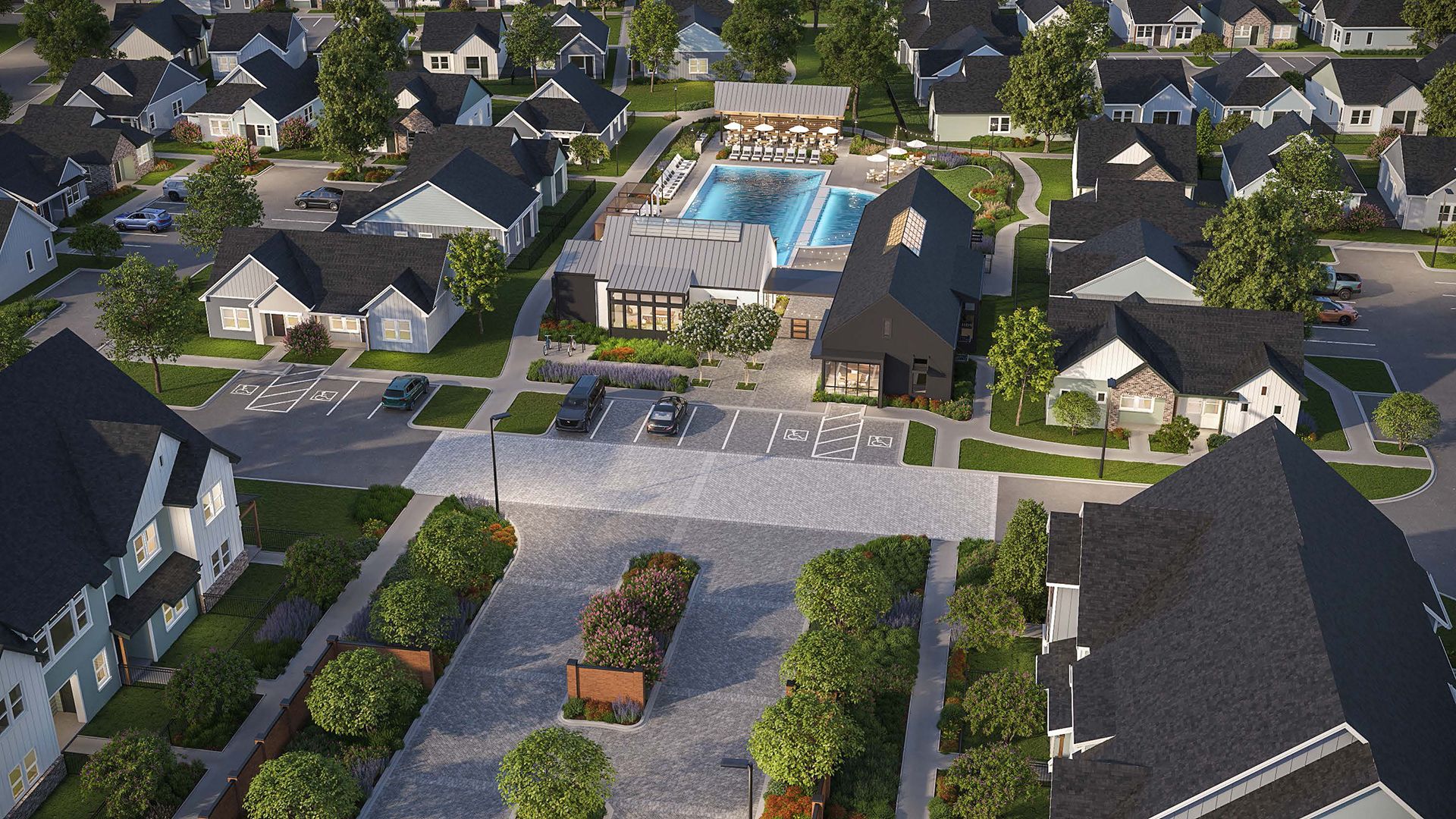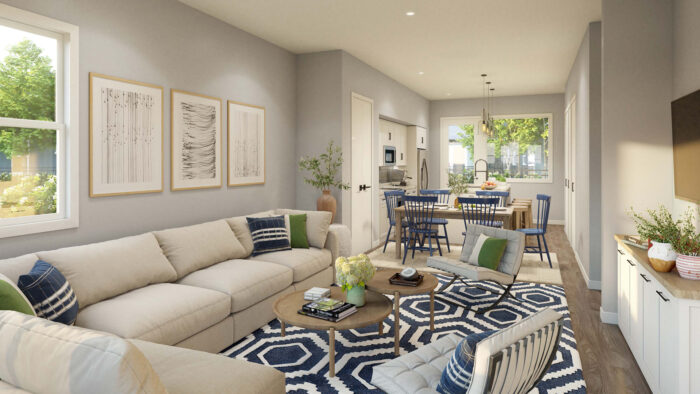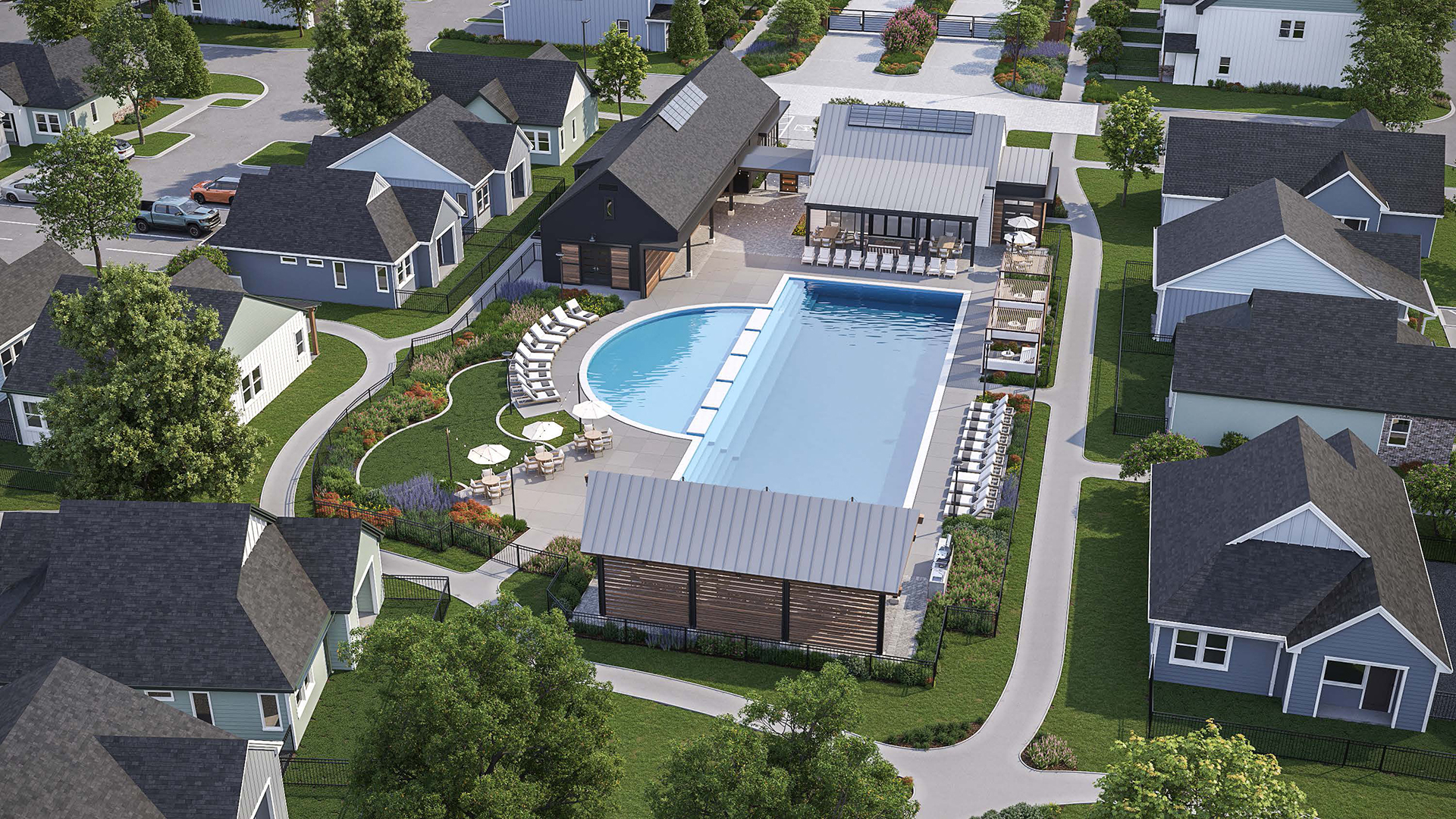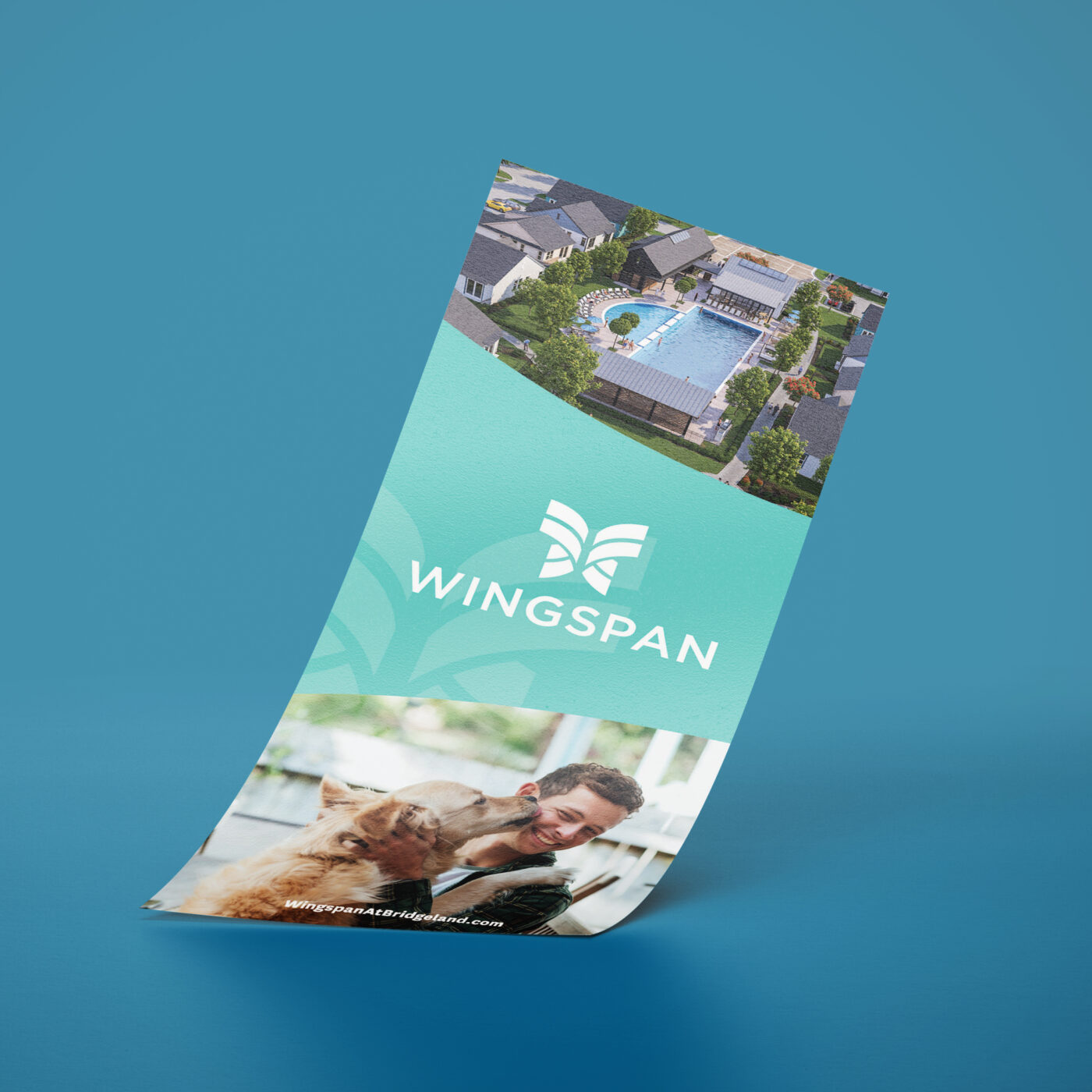Community Sitemaps: The Most Beautiful and Compatible Solution
Are community sitemaps glamorous? They certainly can be. A well-designed property sitemap is a beautiful and useful tool for your multifamily community. At Zipcode Creative, we’ve mastered the art of community sitemaps, knowing they’re key for communities to secure leases and show their professional side.
Why Our Community Sitemaps Are the Best
Not all community sitemaps are created equal. Some are basic and can lead prospects on an unintentional scavenger hunt. (Where is that dog park?) Others are clear, colorful, beautiful, and can be used in partnership with other helpful options, like interactive web-based solutions. Let’s dig into why choosing Zipcode Creative for your community sitemap might be the best choice you make for marketing your units.
BEAUTIFUL
There’s something about a well-drawn, beautifully colored sitemap that makes us feel at ease. A map that’s well labeled, correct, and attractive draws the eye, and will likely draw in your prospects, no matter where you put it, from the leasing office to the welcome packet. What’s our secret sauce? We’re a team of designers—so we know how to choose colors that work, icons that are clear, and fonts that are just right.
COMPATIBLE
Our 2D sitemaps are best printed as handouts or signage. They aren’t an interactive web solution, BUT they ARE compatible with providers who do create interactive sitemaps. For example, Engrain or Beans.ai can take our vector-based design files and pull out exactly what they need to work their magic in making the sitemap interactive. These interactive sitemaps can work wonders on your property website or on a tablet or touchscreen in your leasing office.
USEFUL
We’ve talked about how useful sitemaps are, right? The best way to help both your prospect and your new residents feel at ease is to give them the literal lay of the land—through a sitemap. By providing a comprehensive view of the way the property is laid out, they’re more likely to explore everything that’s available to them. (Not just a pretty picture anymore, is it?)
How Sitemaps Are Helpful for Leasing
Your prospect is about to sign a lease. They pause, pen on the line, and look at the sitemap. They see where their apartment is. They see how close the pool is. They see the clubhouse and the tennis courts. They scribble their signature and voila, you have a new resident.
FOR PROSPECTS AND NEW RESIDENTS
For both prospects and new residents community sitemaps help them understand the property layout at a glance and give an overview of the property. Things like how many units there are, how far away the dumpsters are, or where their parking spot is are all revealed with a sitemap. Have it on hand for lease signings to help close the deal, too.
TOUR ASSISTANT
As self-guided tours continue and in-person tours resume, a sitemap helps guide the touring prospect to the available unit. For both guided and independent tours, knowing where they are in relation to the clubhouse helps them focus on other important bits, like how often one can expect resident events. The sitemap should point out the leasing office, and other relevant areas (the BBQ area, the basketball court, the garages, the dog park, the pool)—any area amenity that might have drawn them to your community should be listed and identified.
A sitemap creates a sense of welcome for your new resident—when you provide a printed version, you can circle their unit, their parking spot, and how best to get to the leasing office or clubhouse from their door. It’s similar to arriving at a resort—the front desk always gives you the lowdown on where things are and when they’re available.
Community Sitemaps: The Perfect Marketing Tool
Sealing the deal, yes—but also getting them in the door to begin with? An excellent use of a sitemap.
SHOW THEM THE STUFF
Sitemaps are an ideal visual representation of your multifamily community. With the easel set up, community sitemap on display, you can show visually which units are leased or reserved—this is perfect for pre-leasing (set up a little supply-demand) a new construction. Use the sitemap in your:
- On a 2’x3’ sign
- In your welcome packet
- Brochures or handouts
Use it on your website, too. That’s where prospects are going to find out more. Everytime you put the sitemap out, you’re showcasing everything (external) that’s good about your space: Green areas, trees, community amenities, ample parking, and accessibility.
By helping visualize the overall appeal of the property, you can generate interest from prospects. Get their attention and increase the number of inquiries that you may get from potential residents.
Zipcode Creative Sitemap Options
We at Zipcode Creative offer two distinct property sitemap options. Both in full color, they differ in where the details are drawn from; one’s high-end and one is more basic. They are both beautiful—but we’ll let you see that for yourself.
COMMUNITY SITEMAP (GOOGLE MAPS)
Our (satellite view) Google Maps-based property map showcases building units, the clubhouse, your interior and outdoor amenities, parking, landscaping and more.

COMMUNITY SITEMAP (ARCHITECTURAL)
This one is based on your architectural plans or blueprints. It showcases building units, the clubhouse, your interior and outdoor amenities, parking, landscaping, and more. If we can, we’ll include the interior layout of the clubhouse, too.
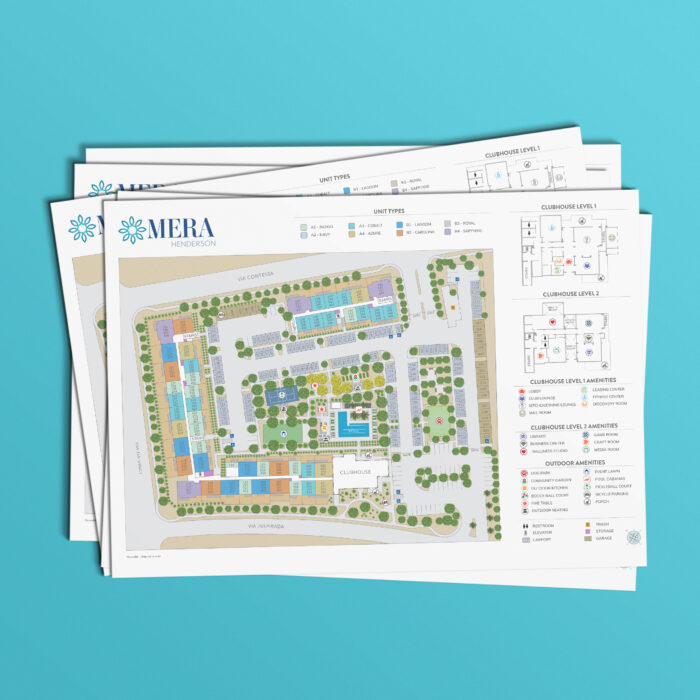
Is Zipcode Creative “The Sitemap Agency”?
Well, yes and no. You might be tempted to start thinking of us as the “sitemap people” but that’s far from everything we do. We’re capable of so much more. Why do so many people come to us for sitemaps? It’s our designer eye. It translates into technical maps just as well as logos and social media graphics.
But sitemaps are the least of what we do. We’re realllllllly into branding. If your apartment community isn’t a brand, we are here for you.
BRANDING IS OUR MAIN JAM
The branding work we do begins and ends with multifamily. It’s our jam.
Naming apartments? Absolutely. Coming up with brand identity statements? Of course. Crafting color palettes, fonts, and logos that signify all that is Your Brand? Our favorite. We love to take apartments and help guide them into becoming a full-on lifestyle brand. Let’s get busy creating.
And if you need a sitemap in the mix, we’ll do that too.
